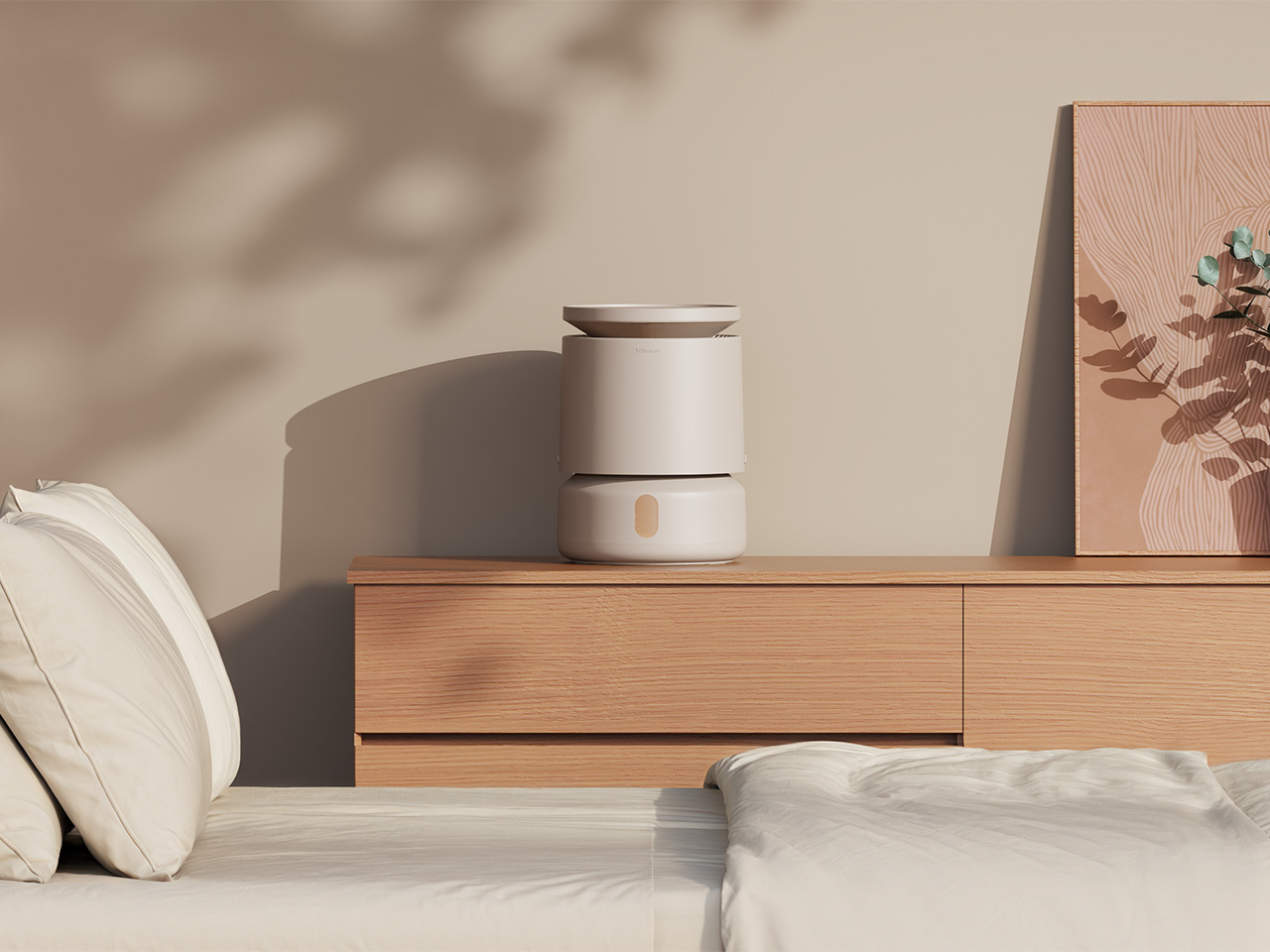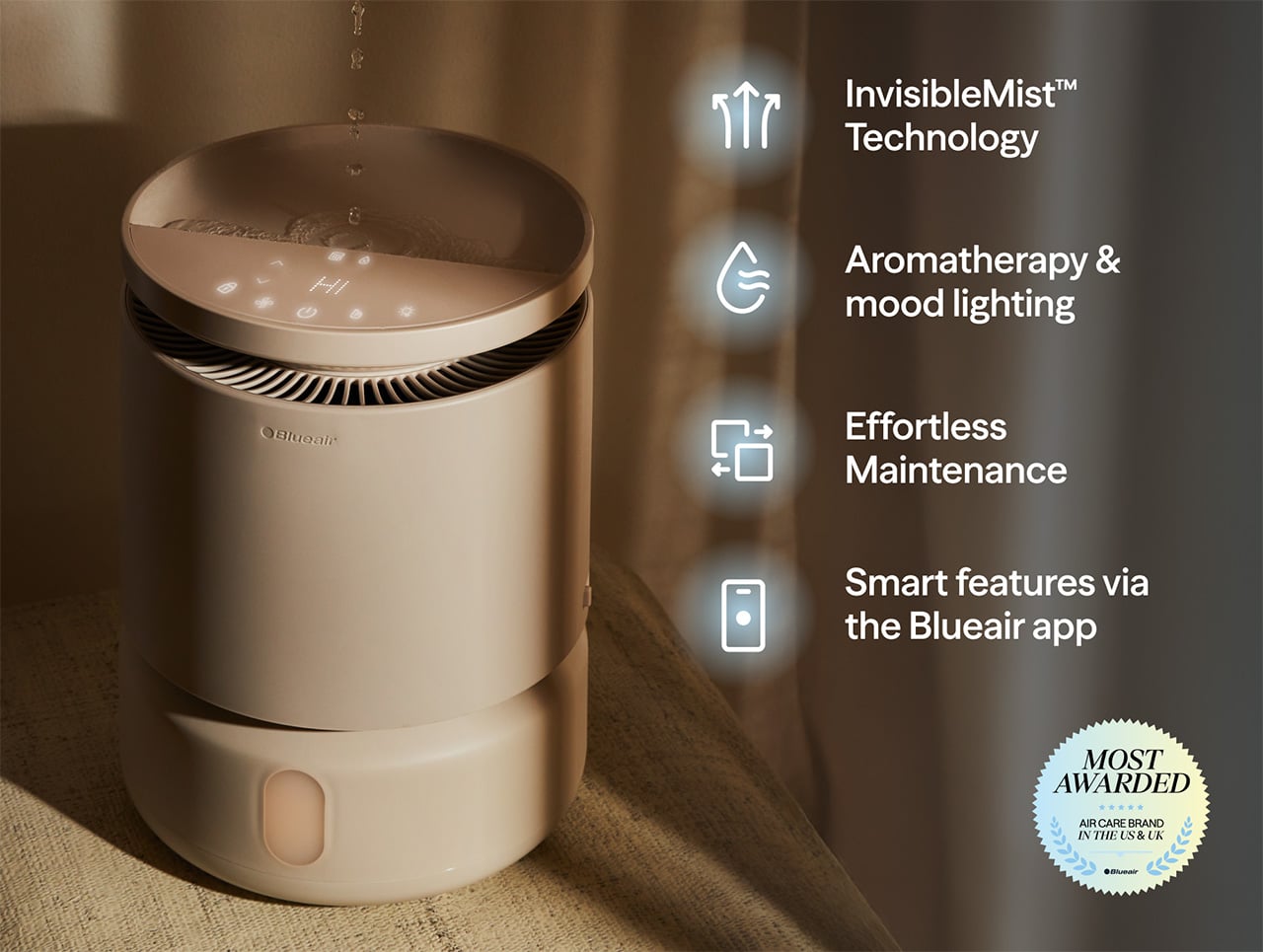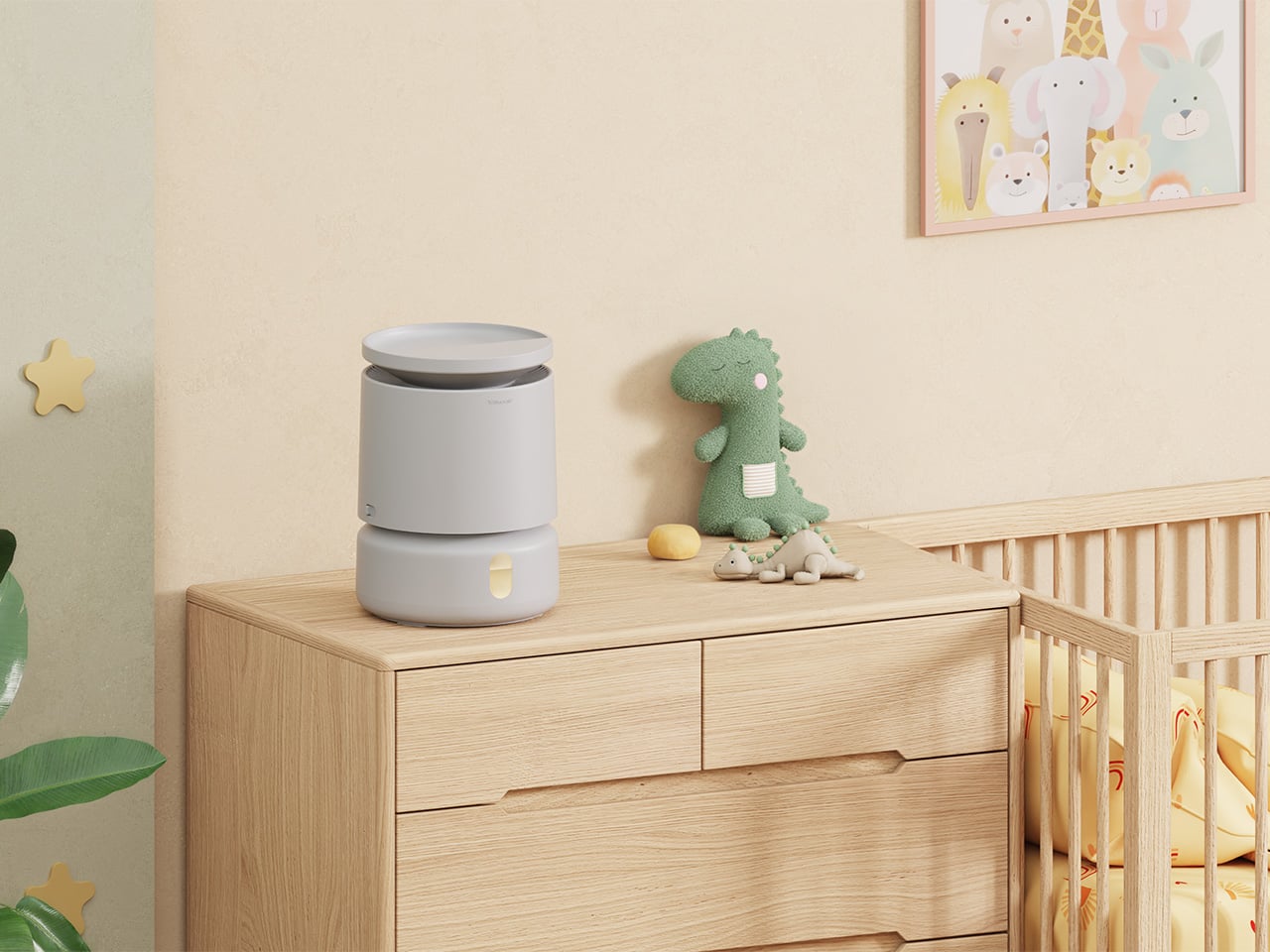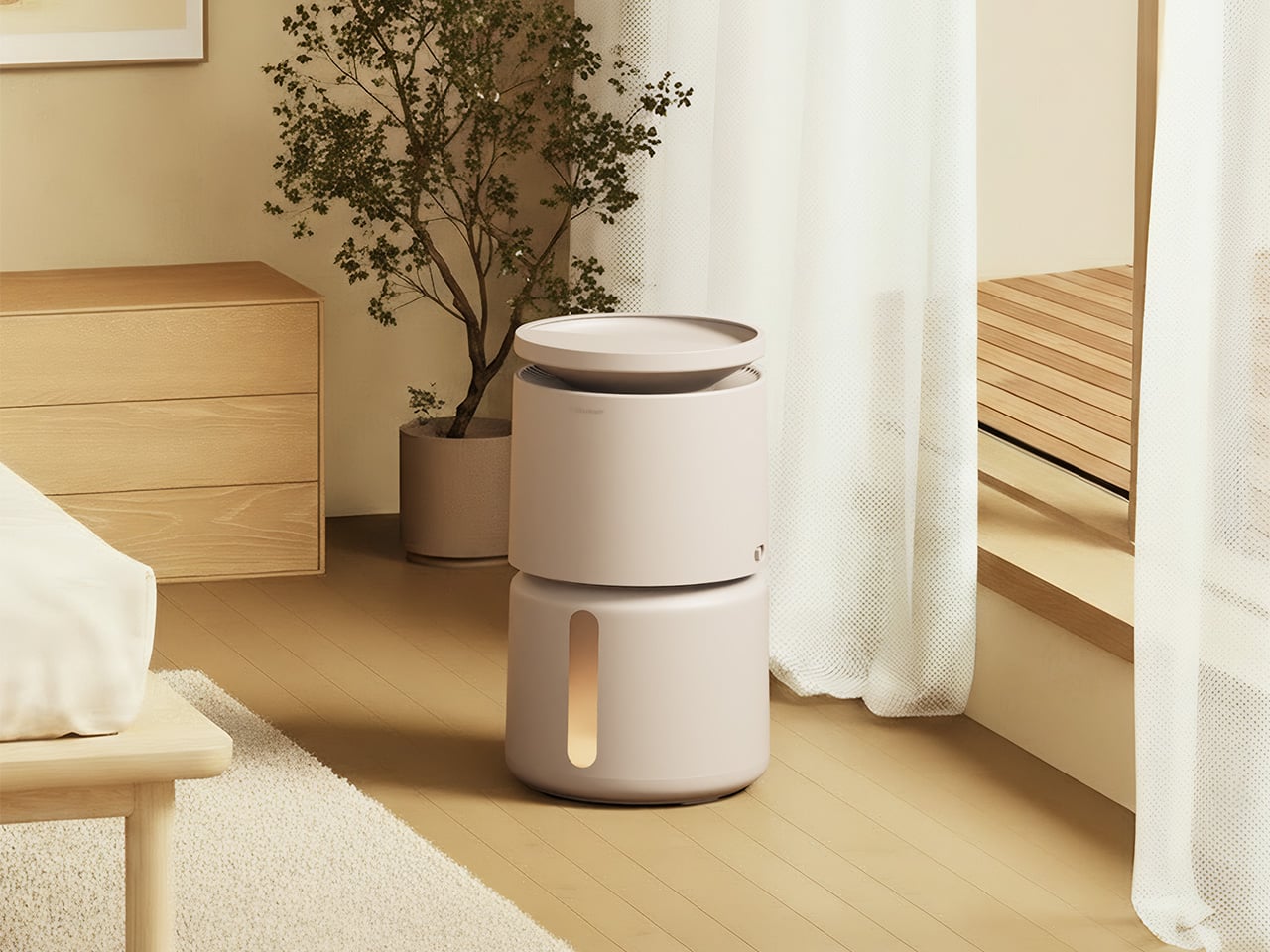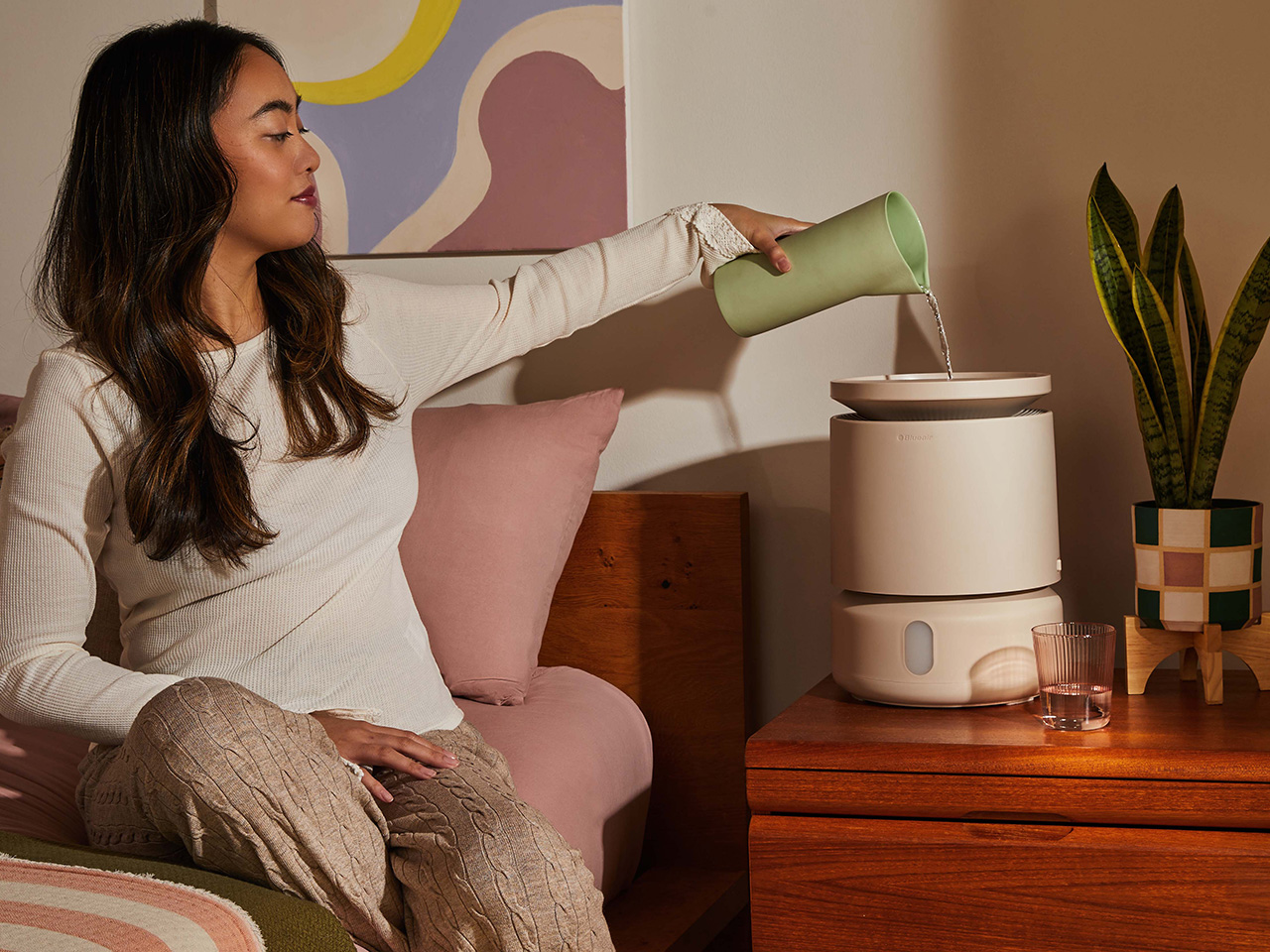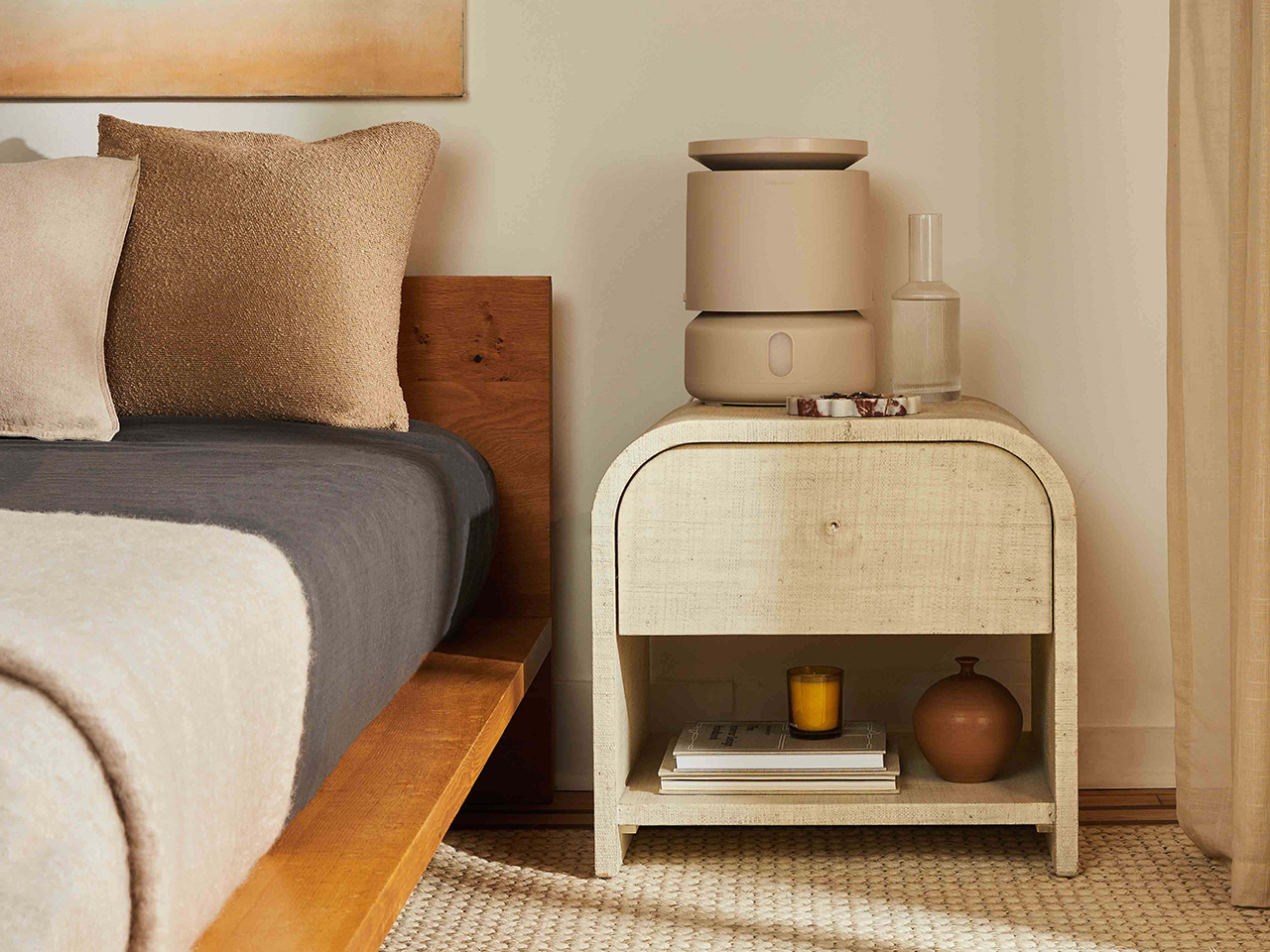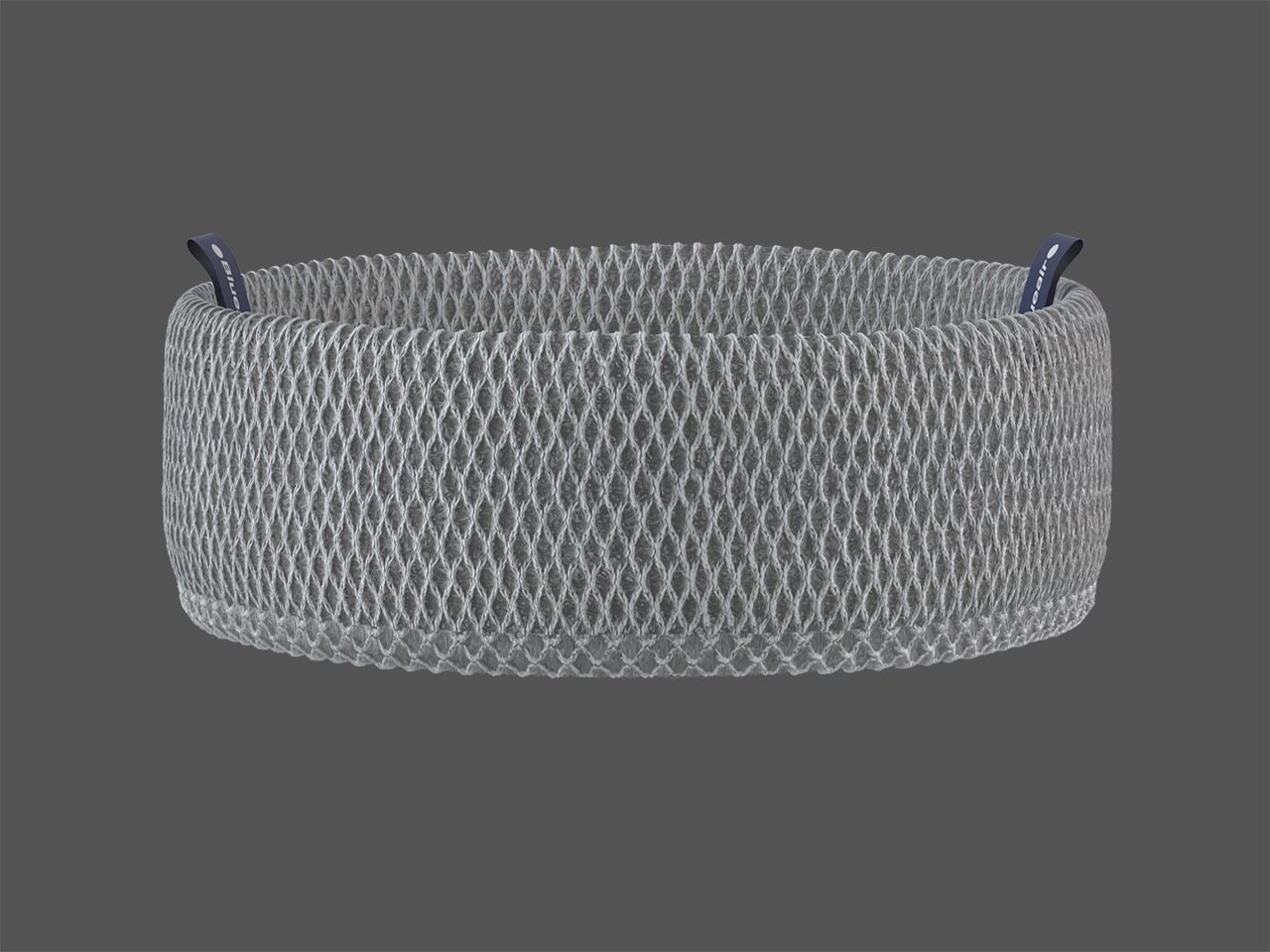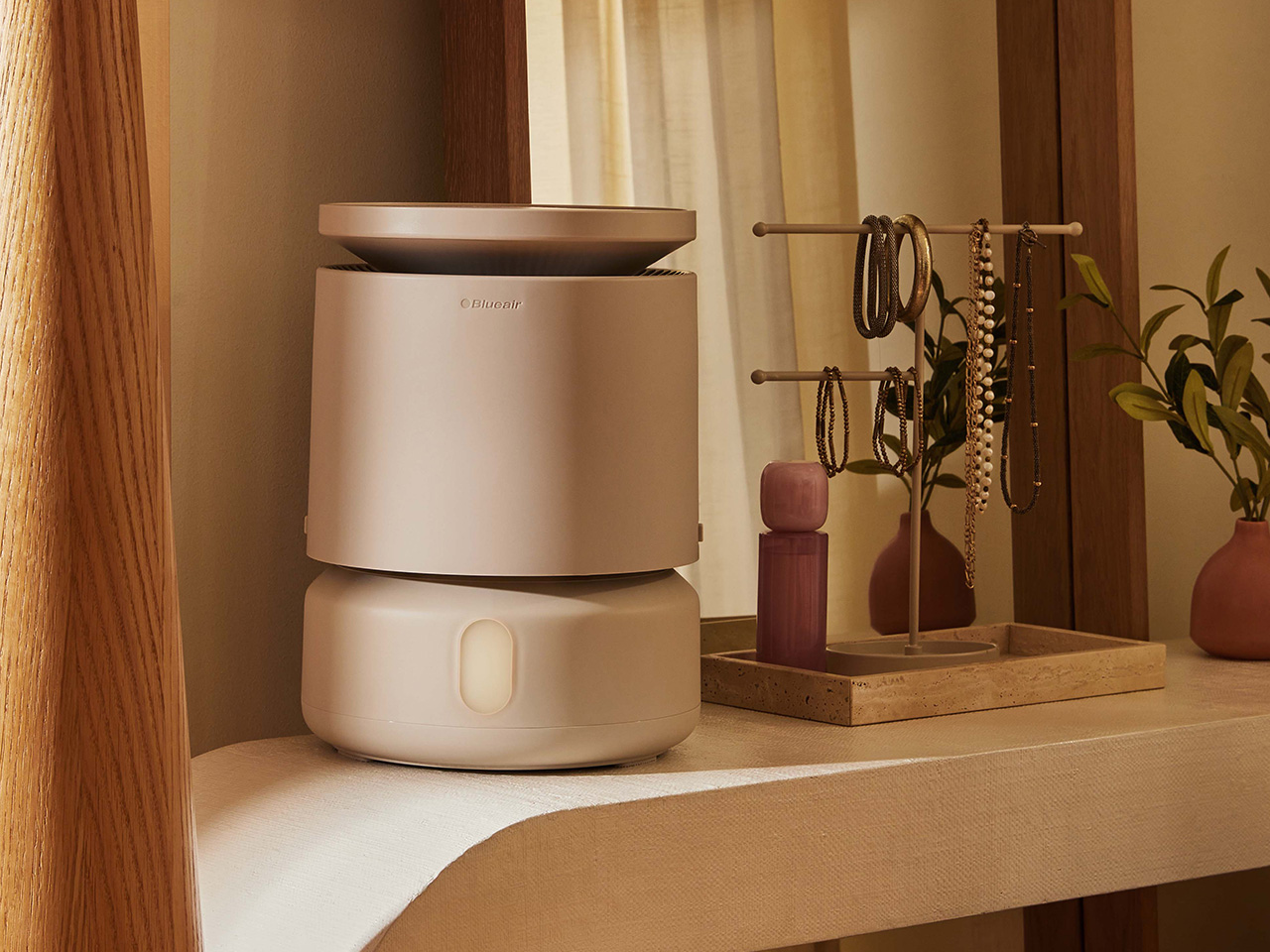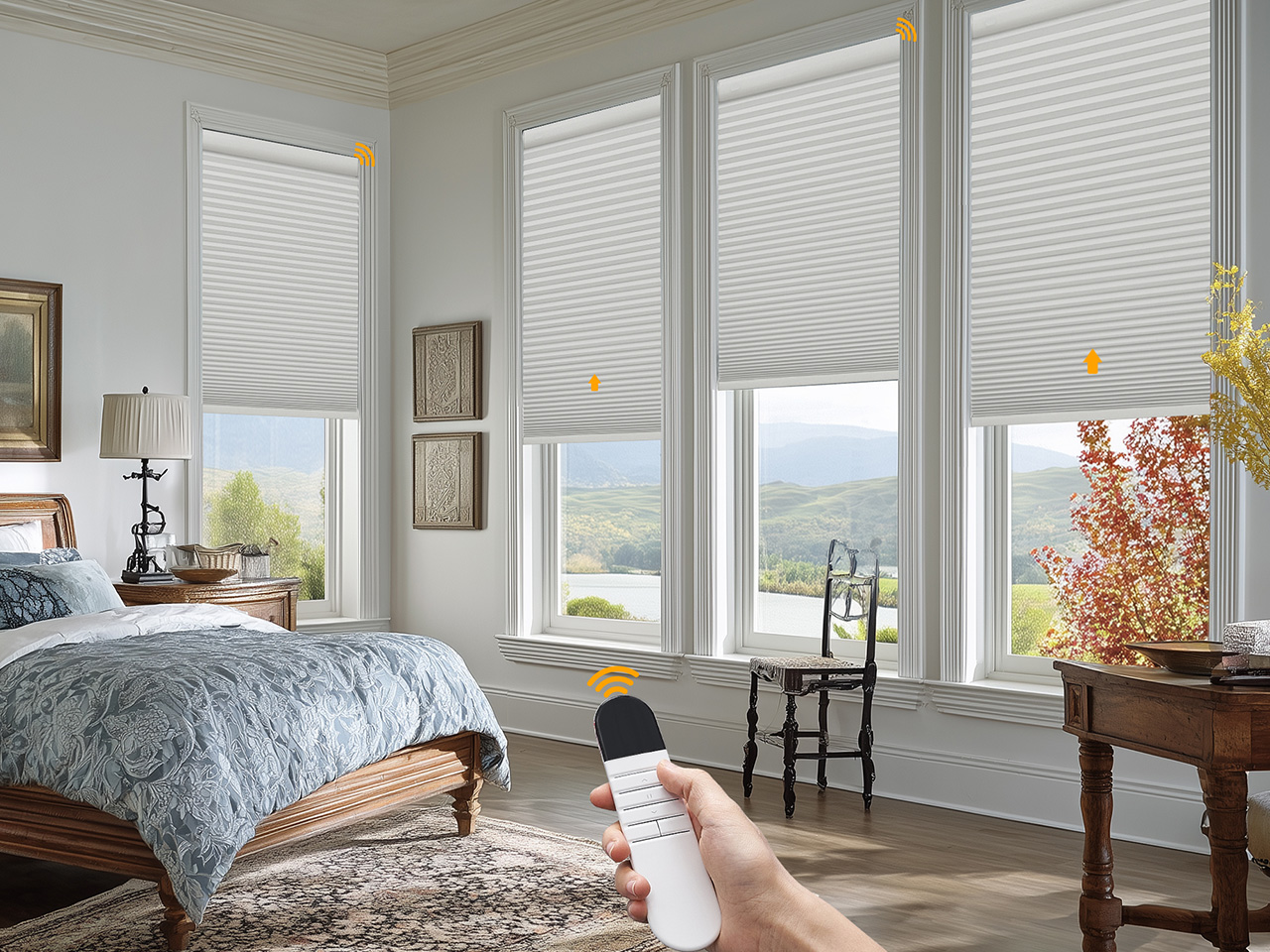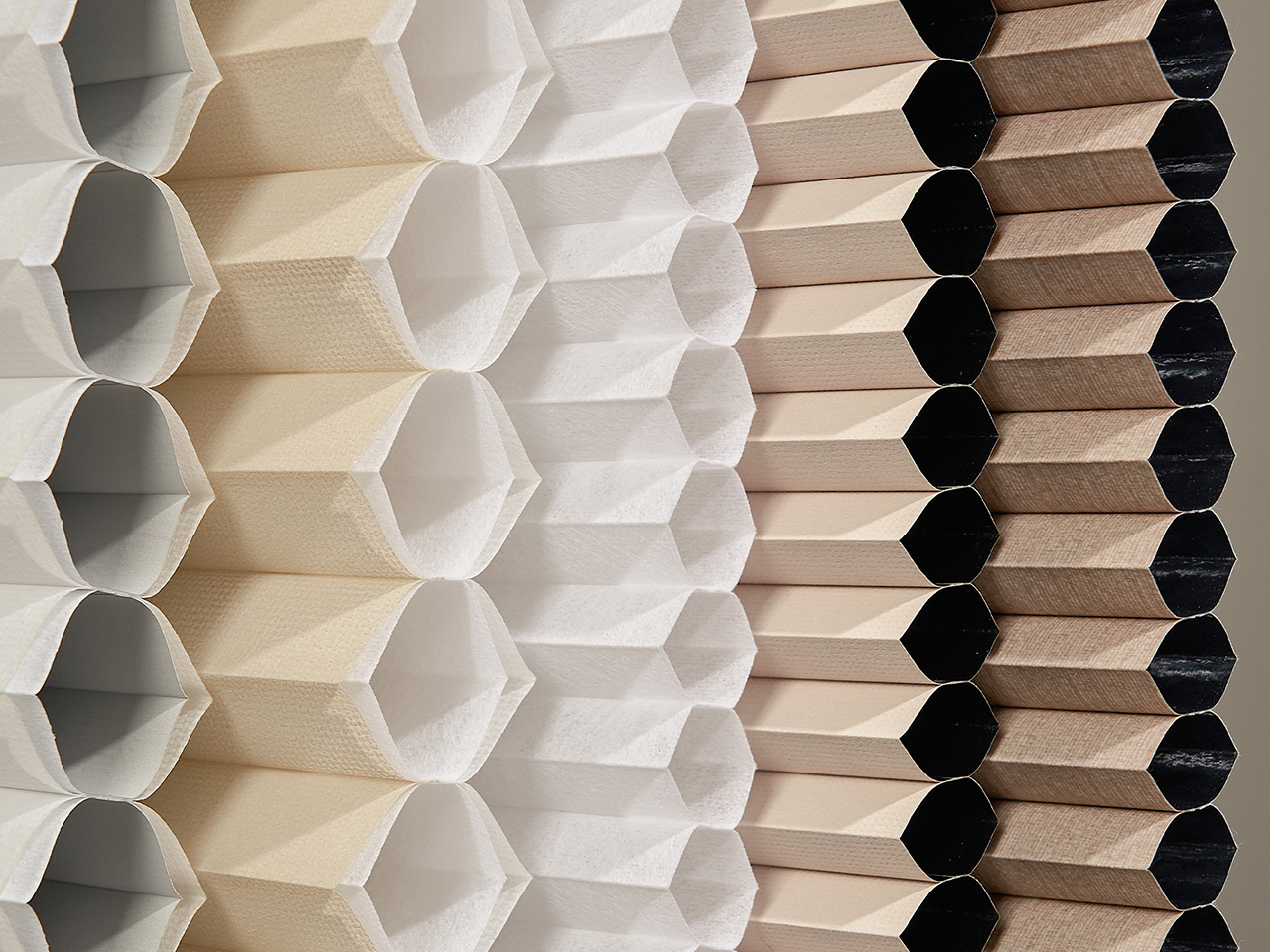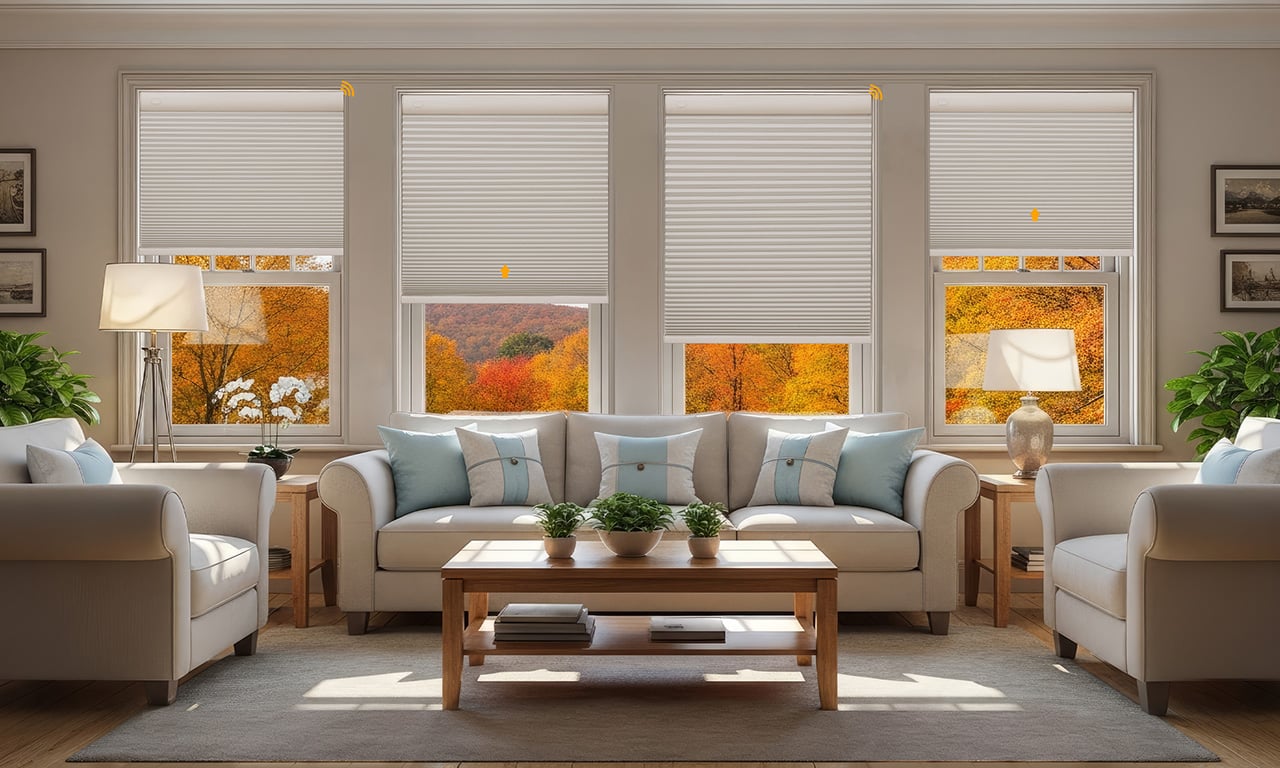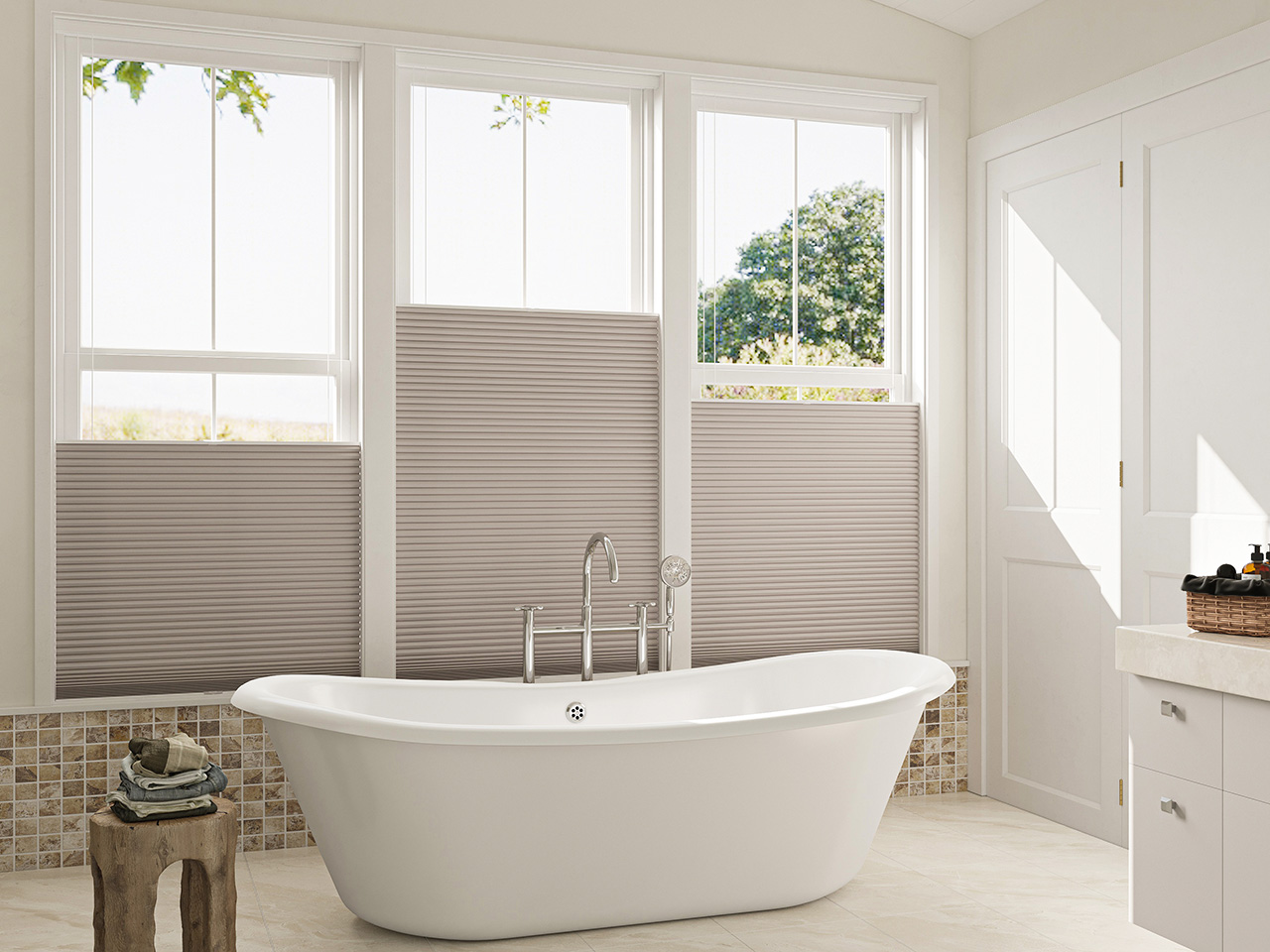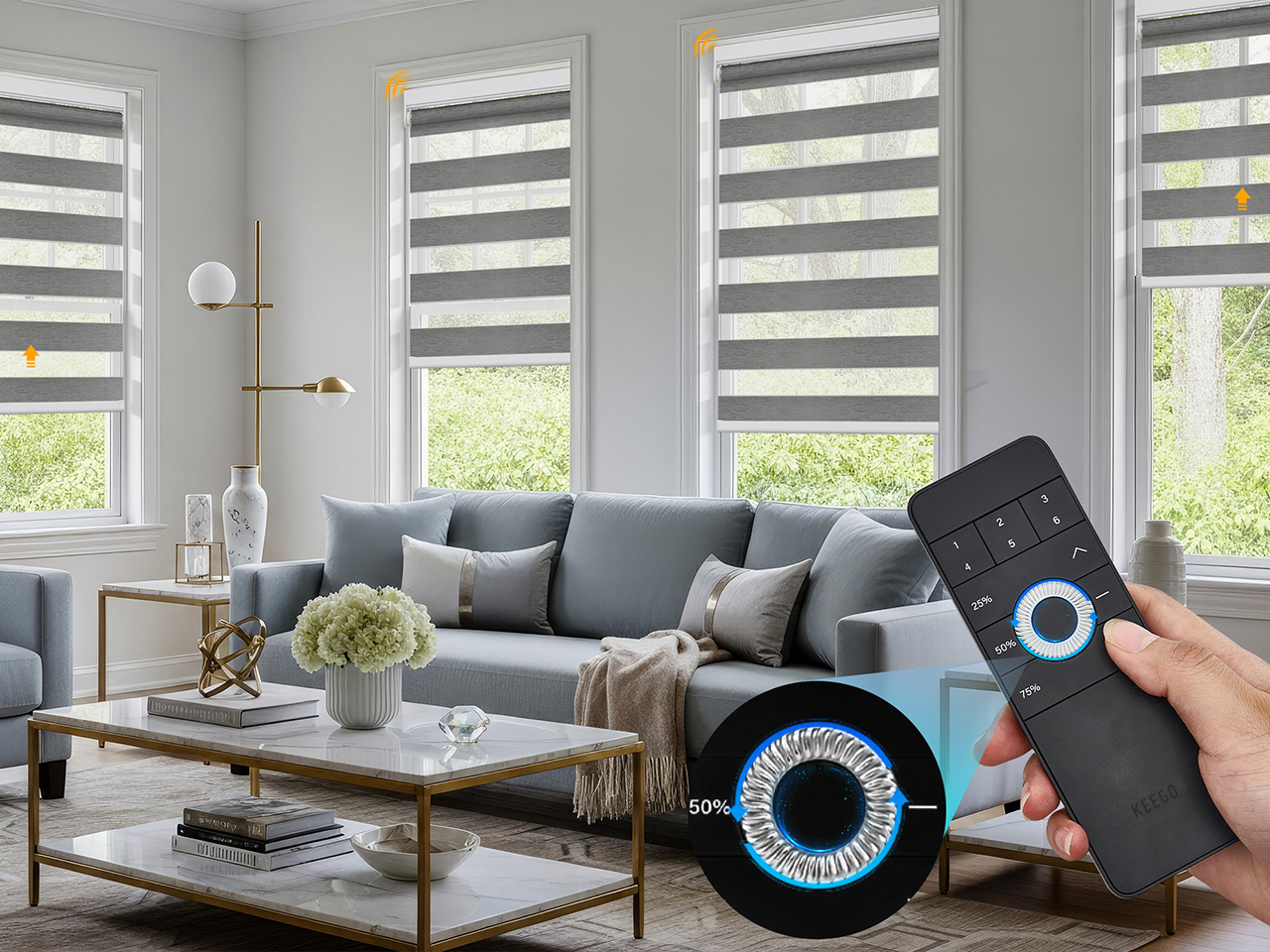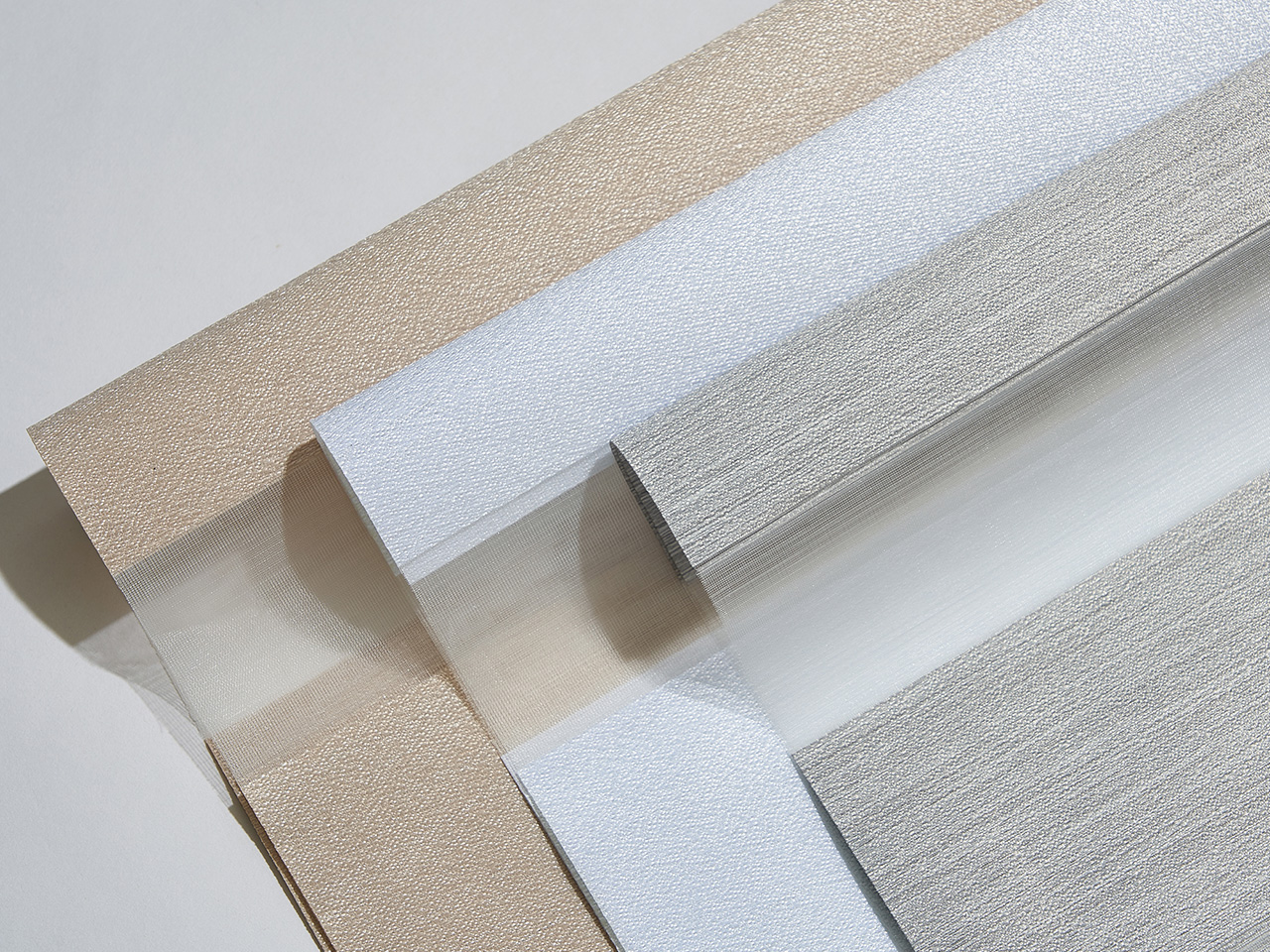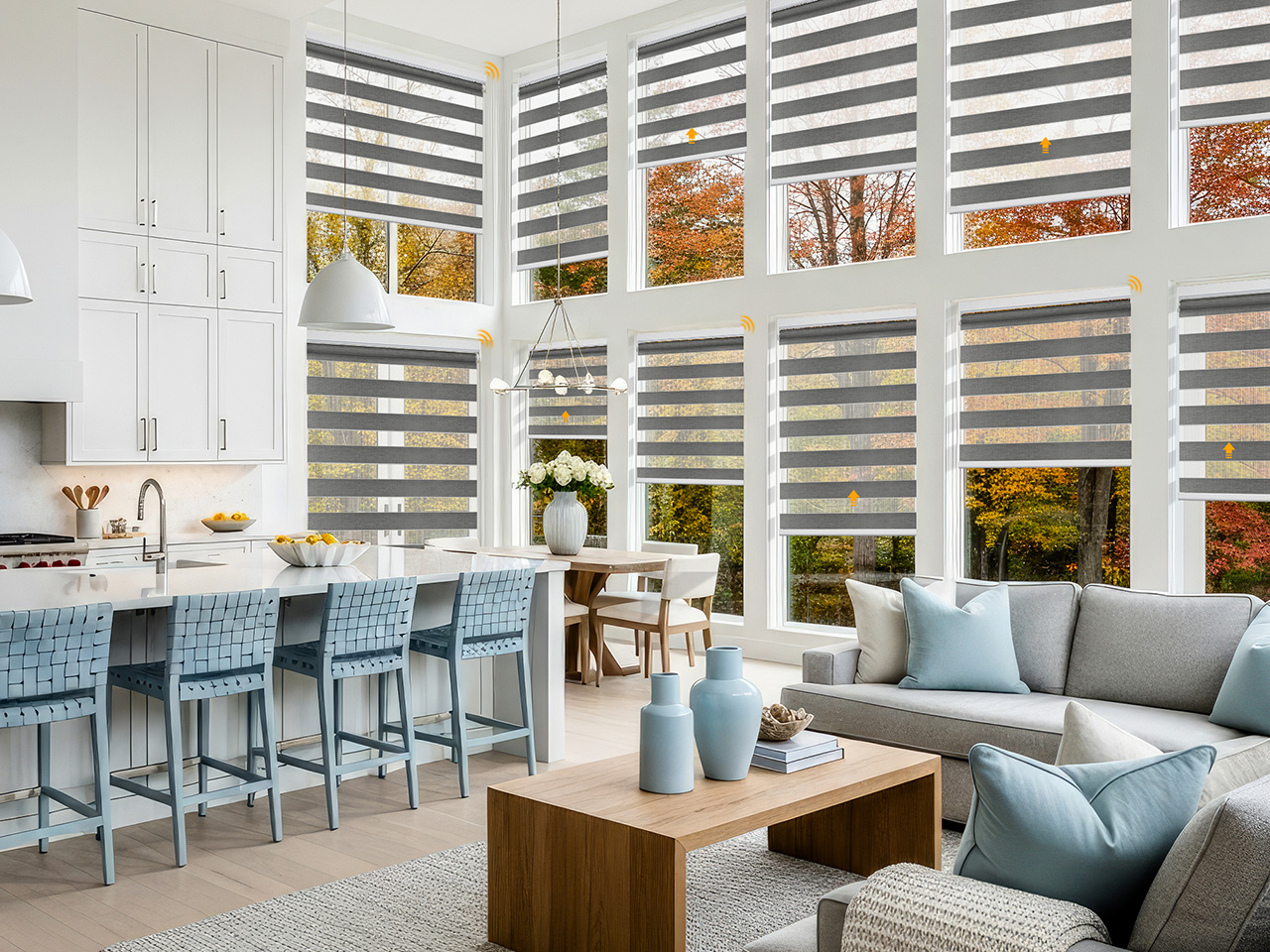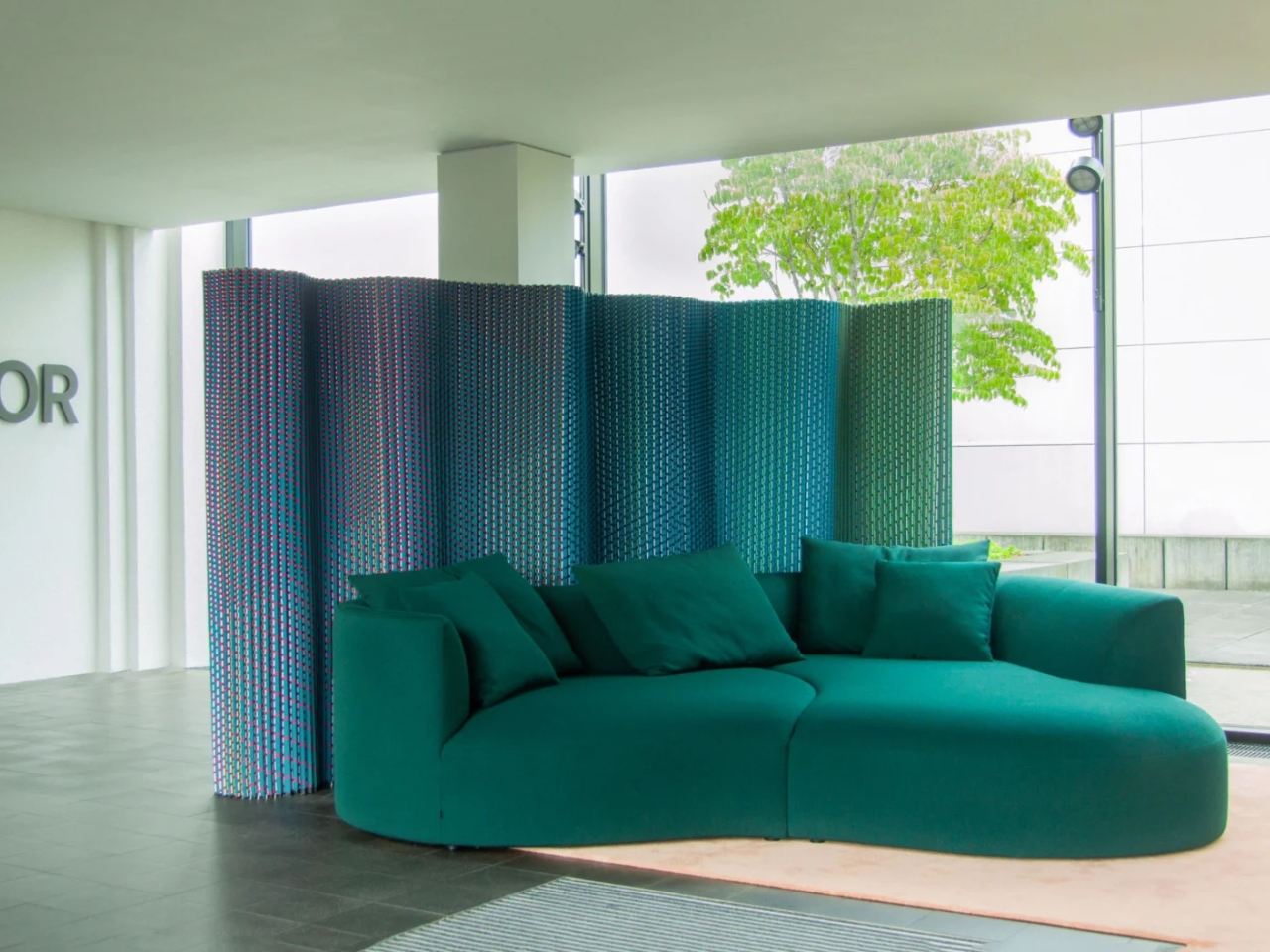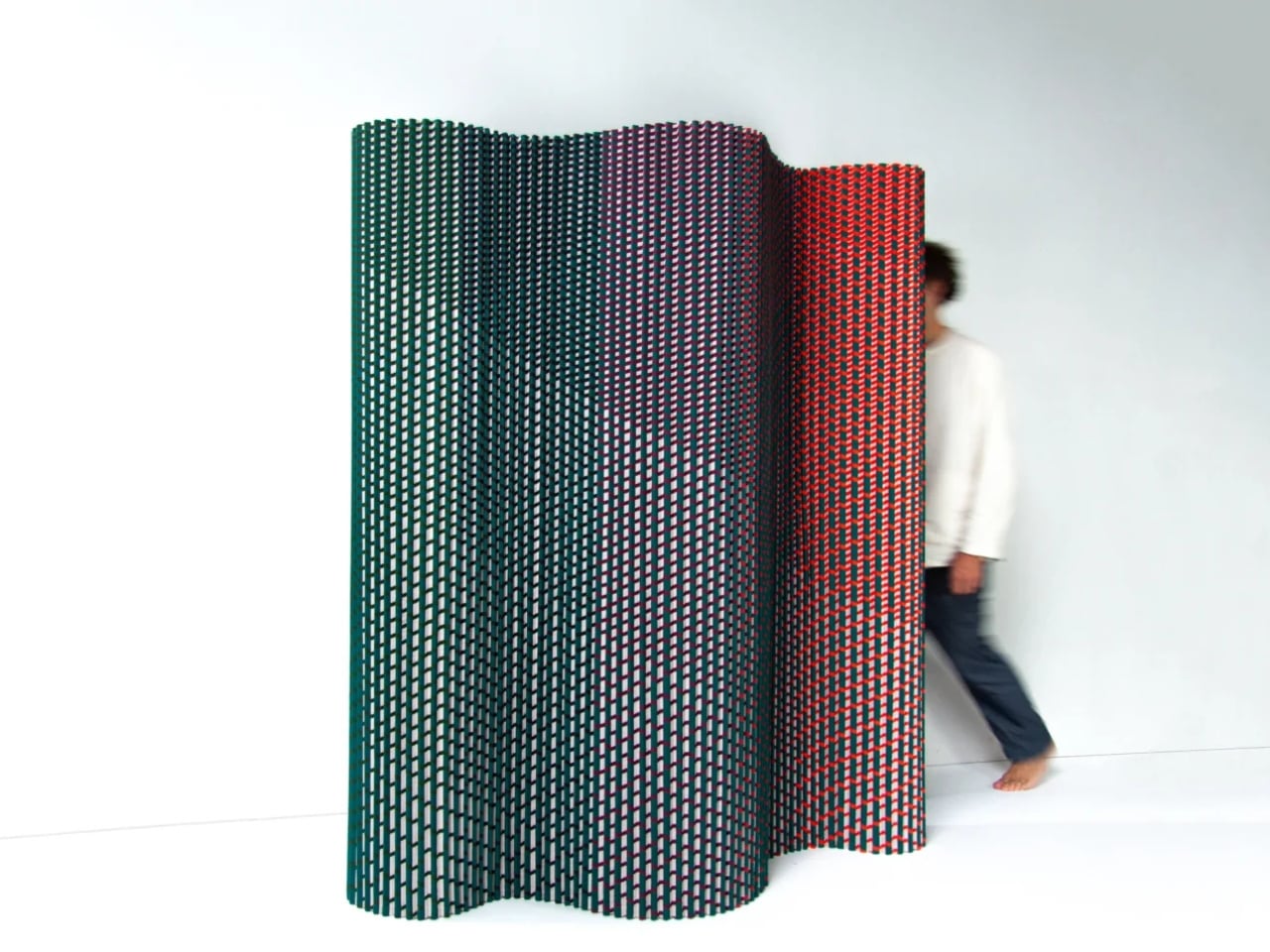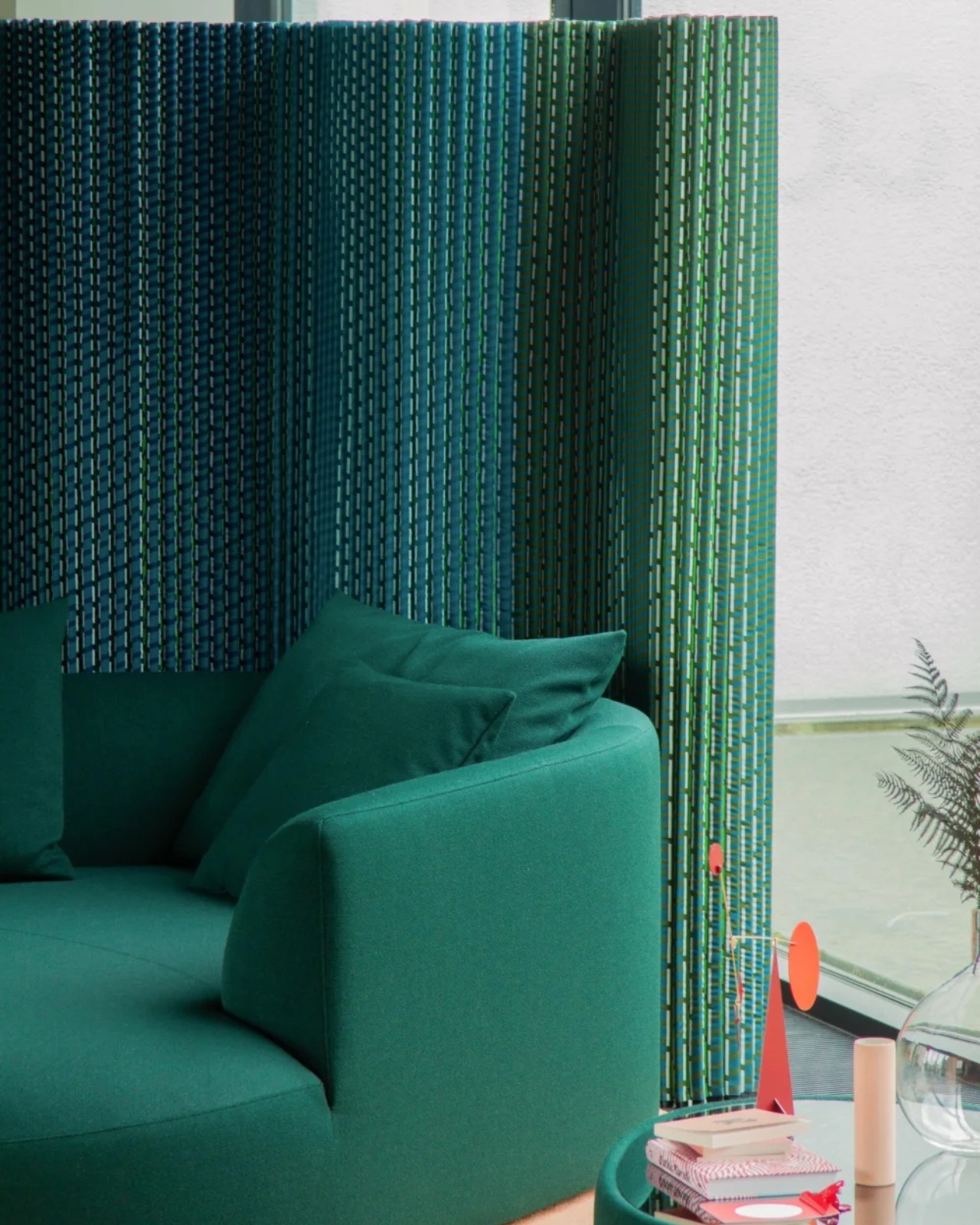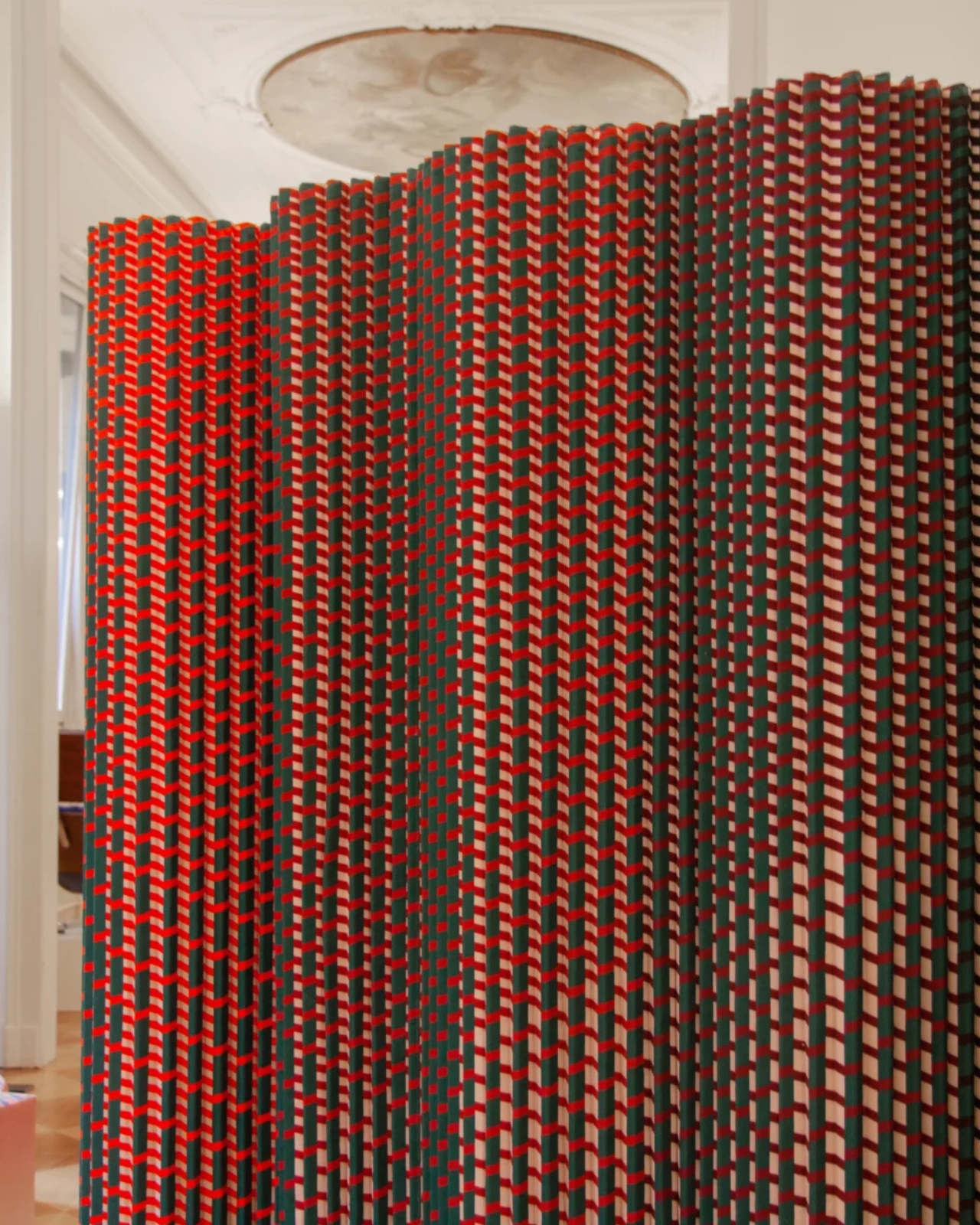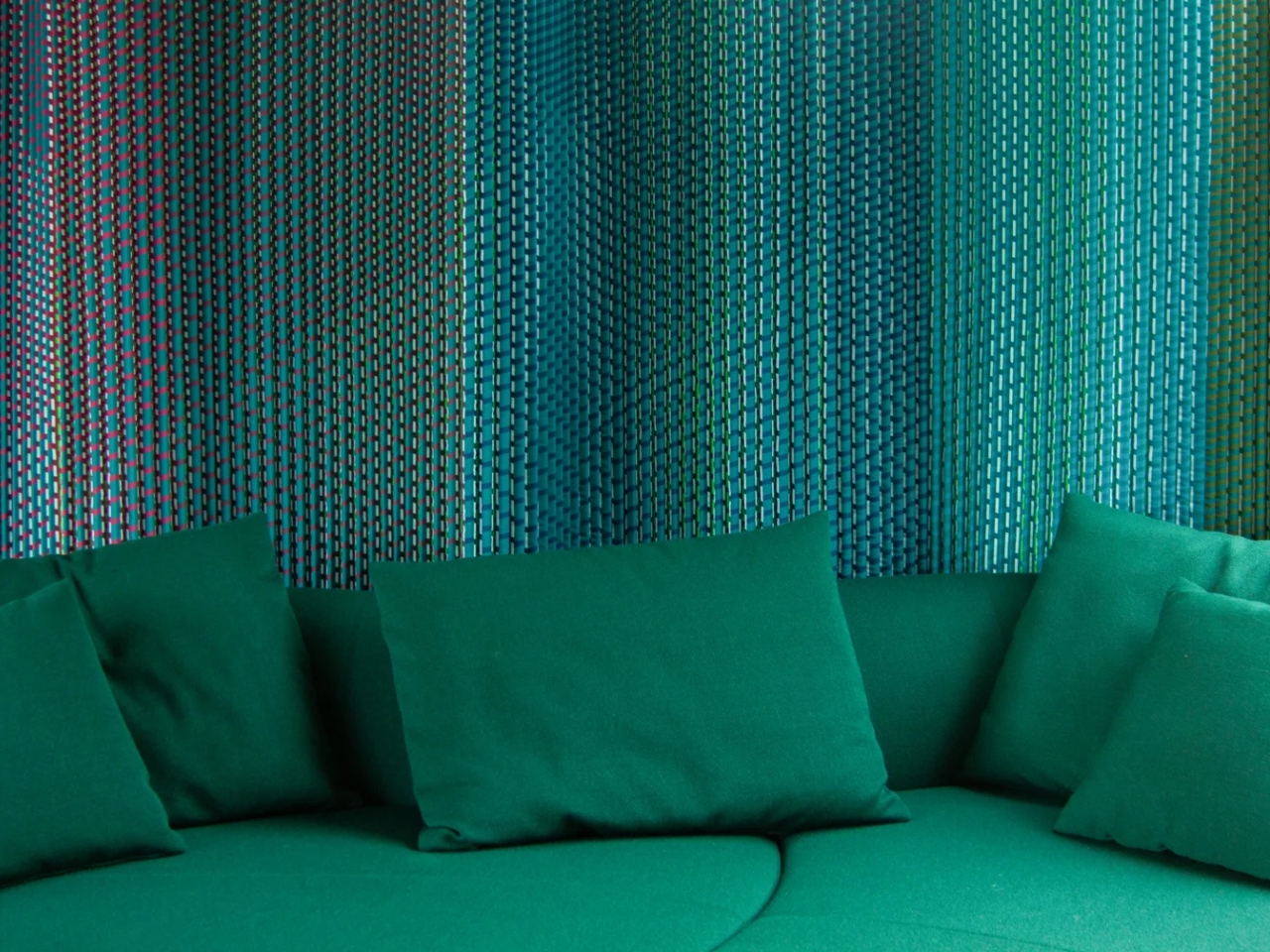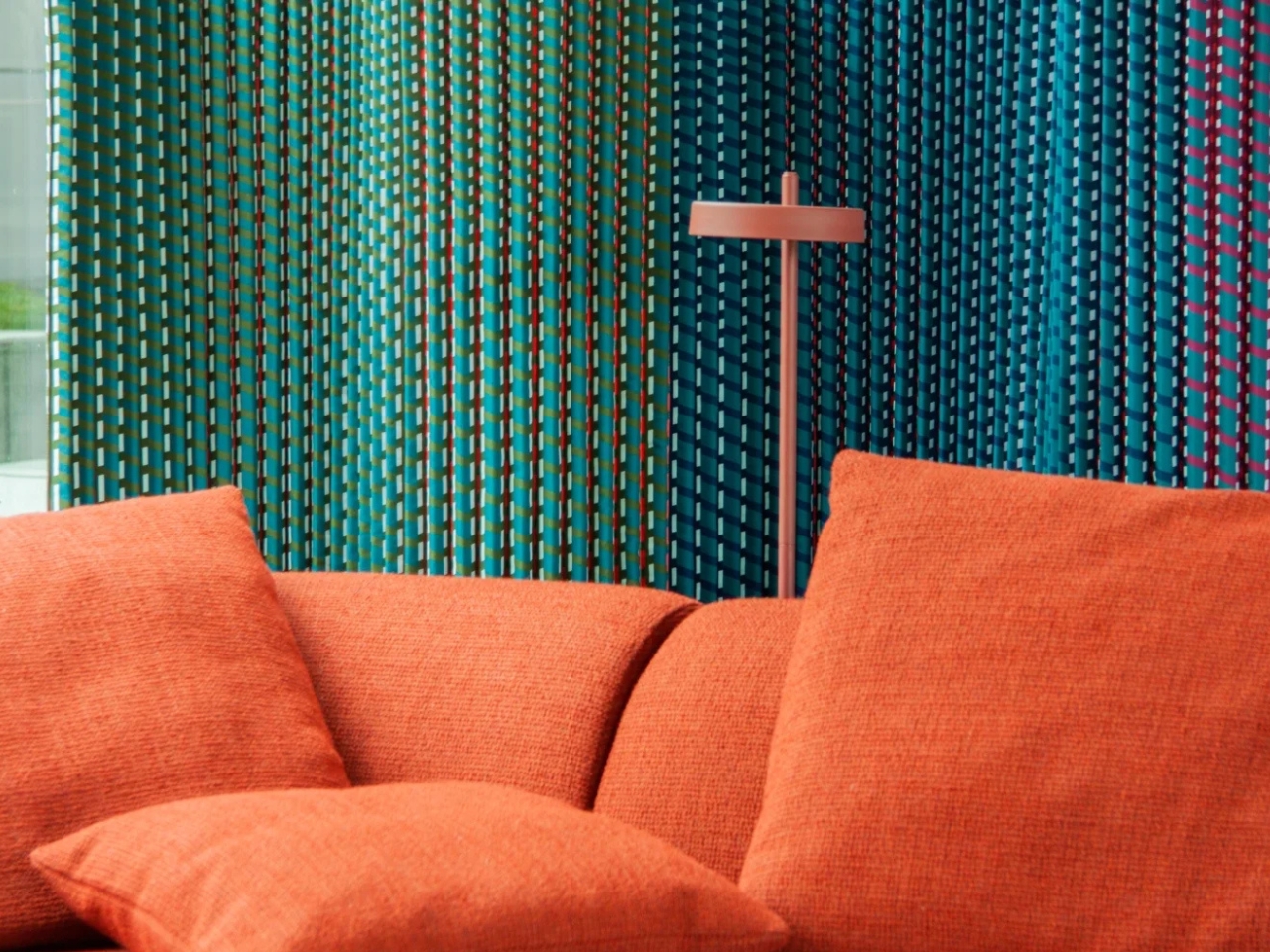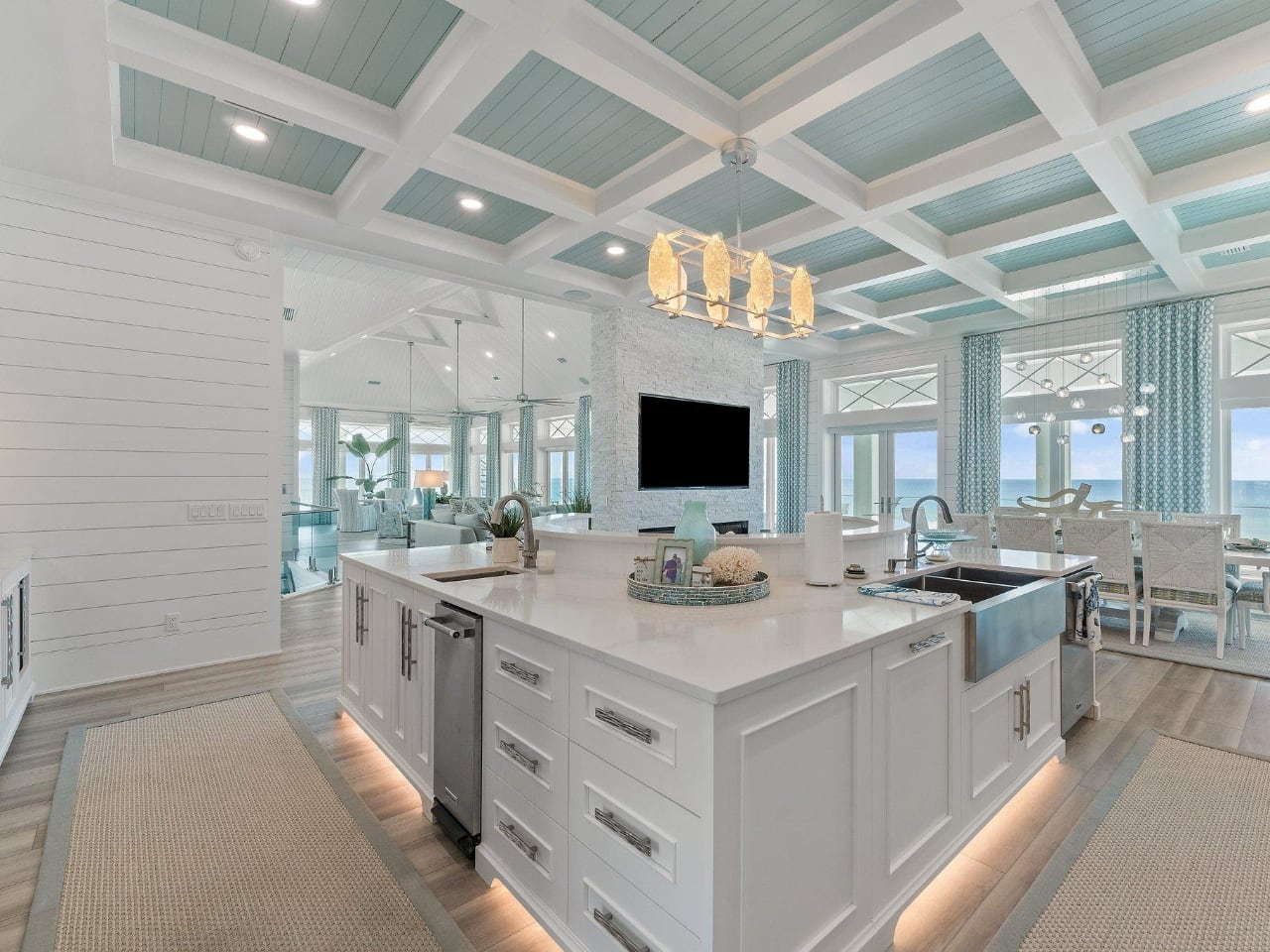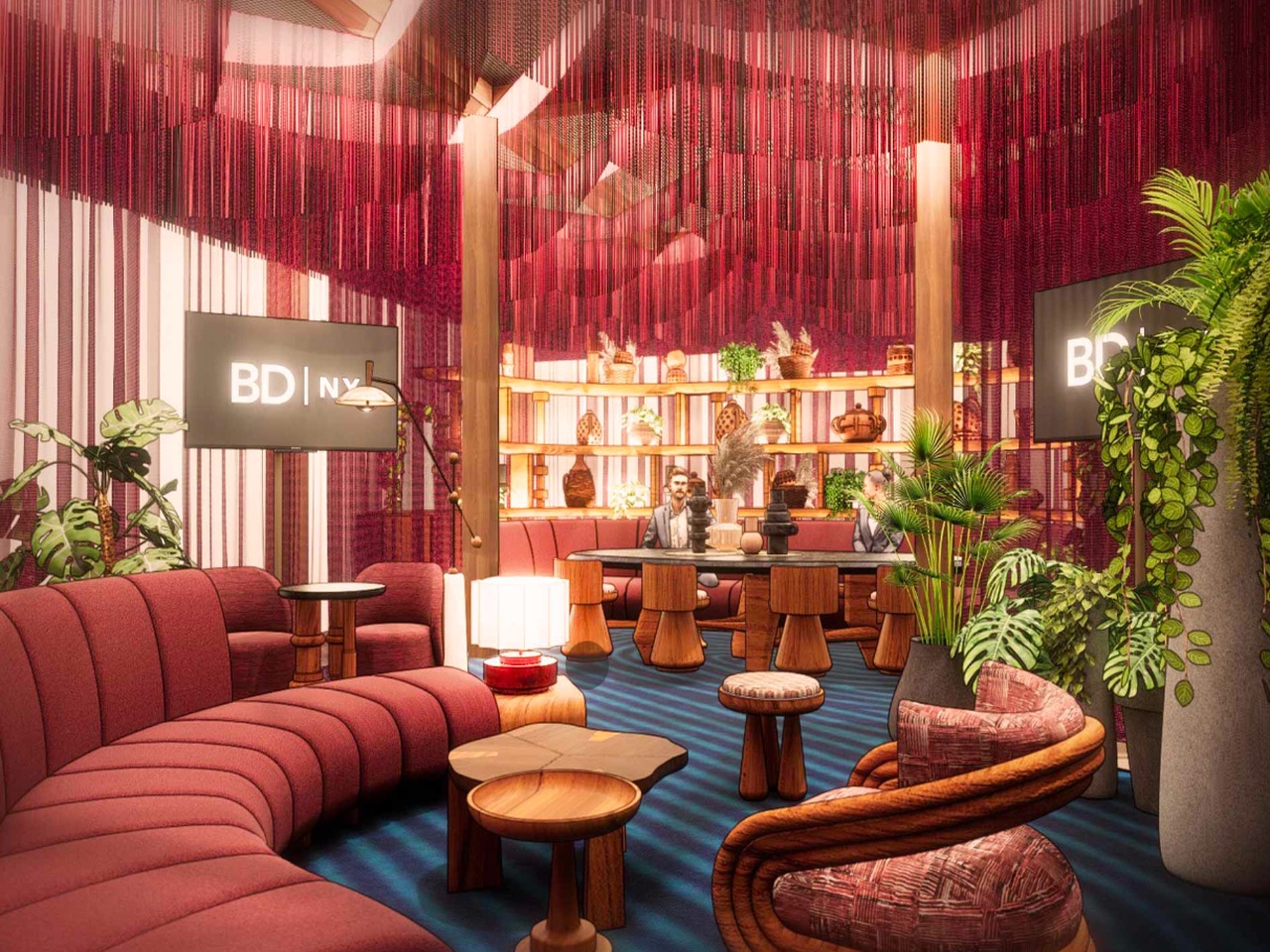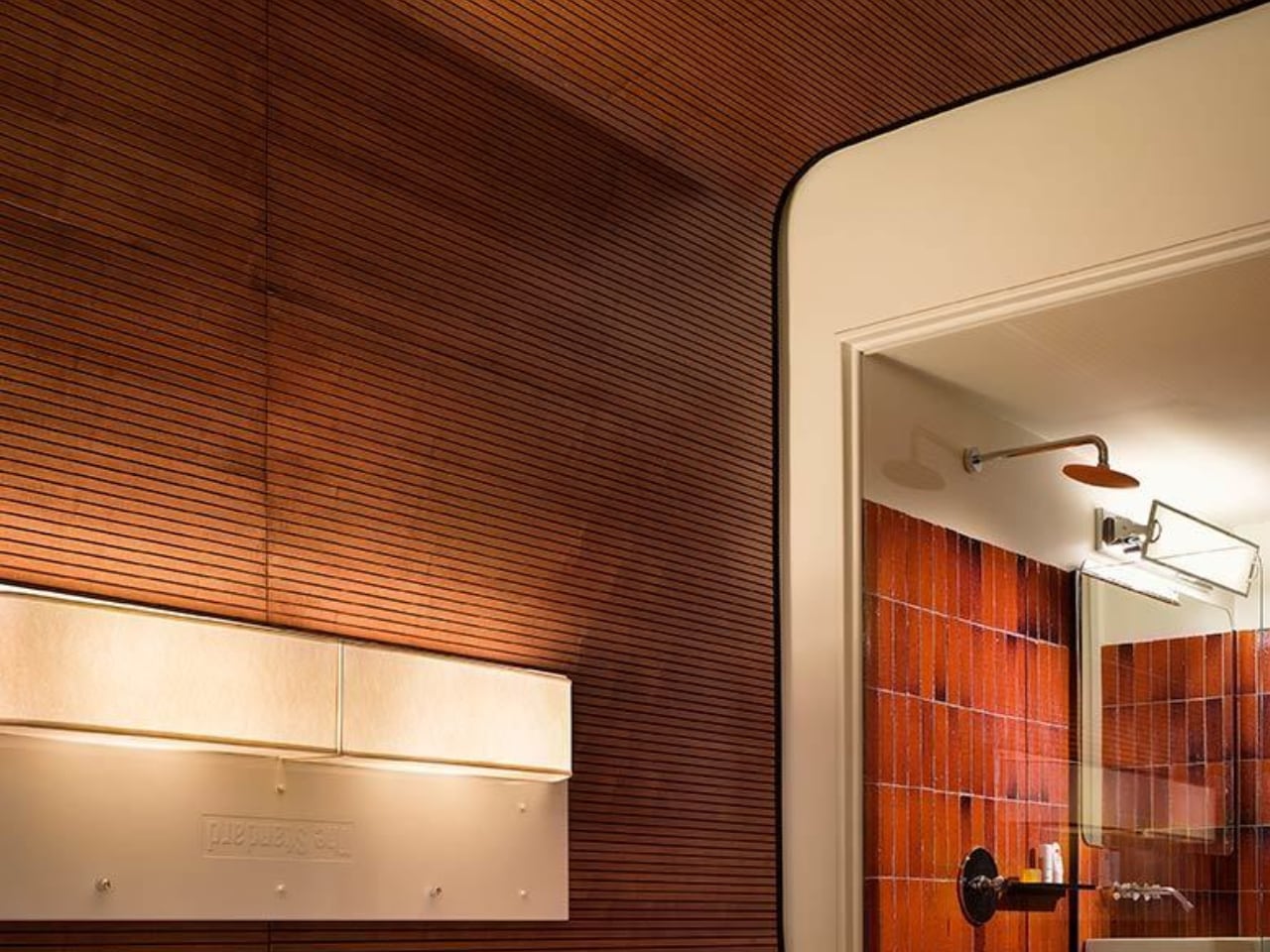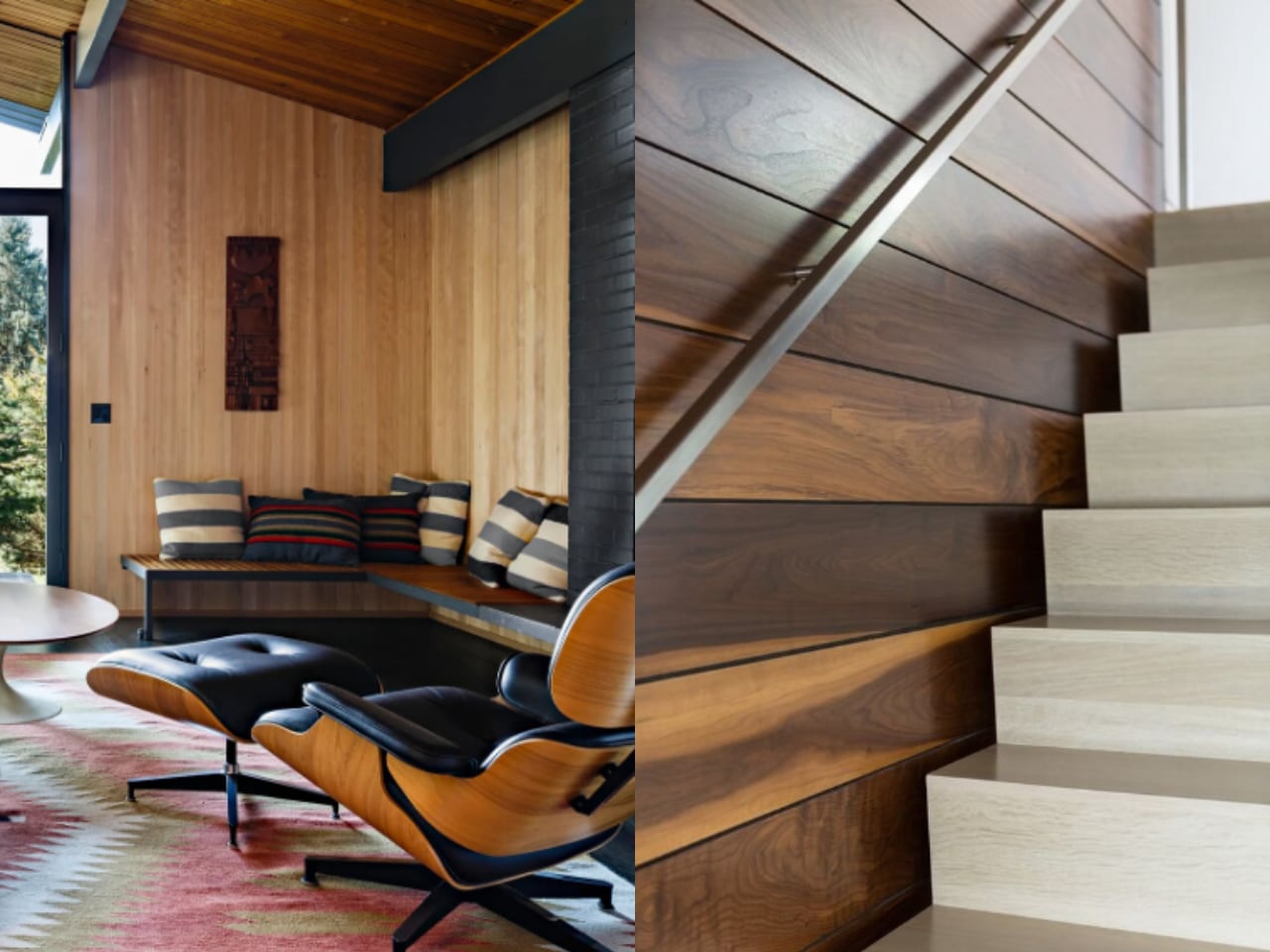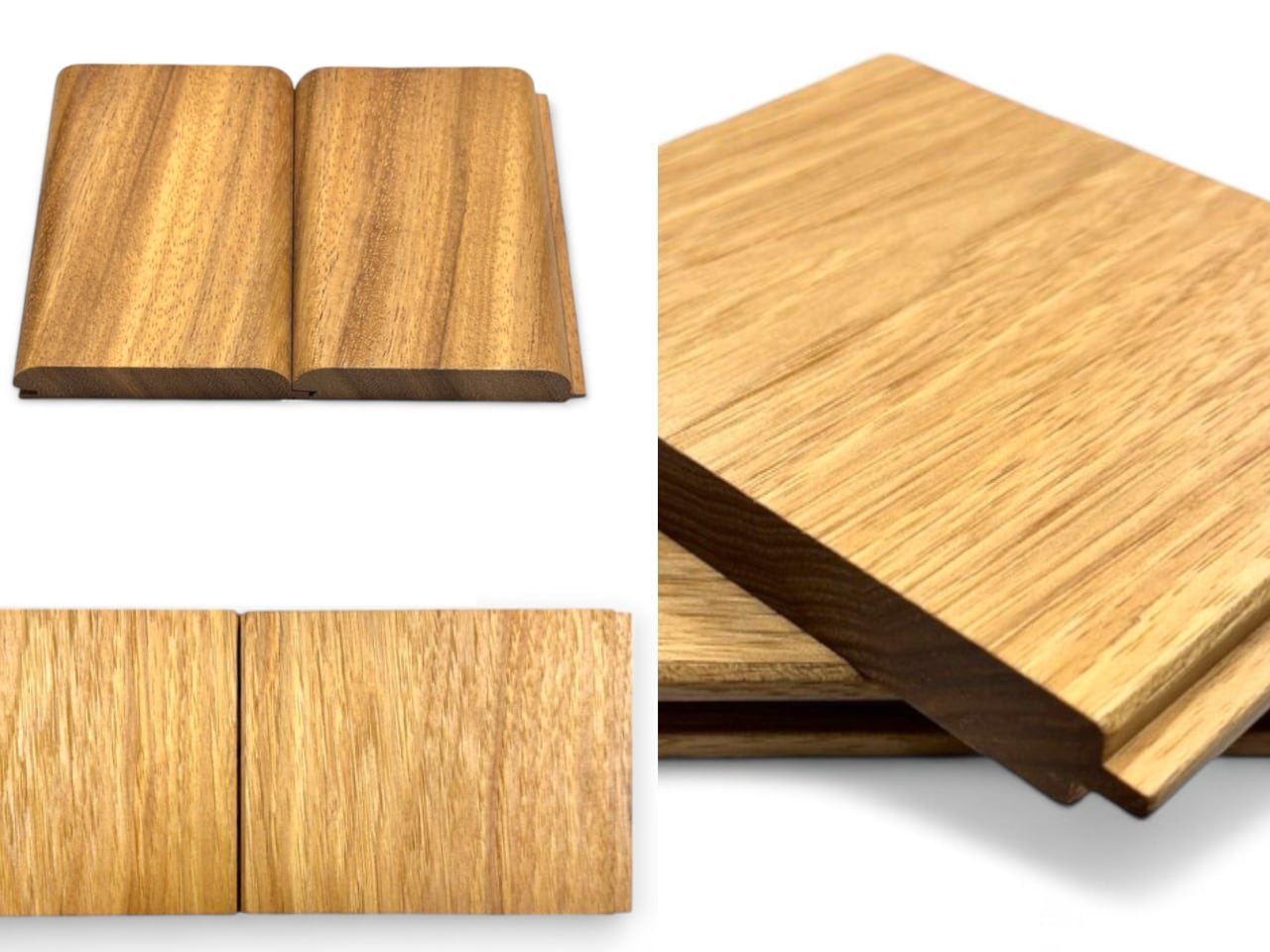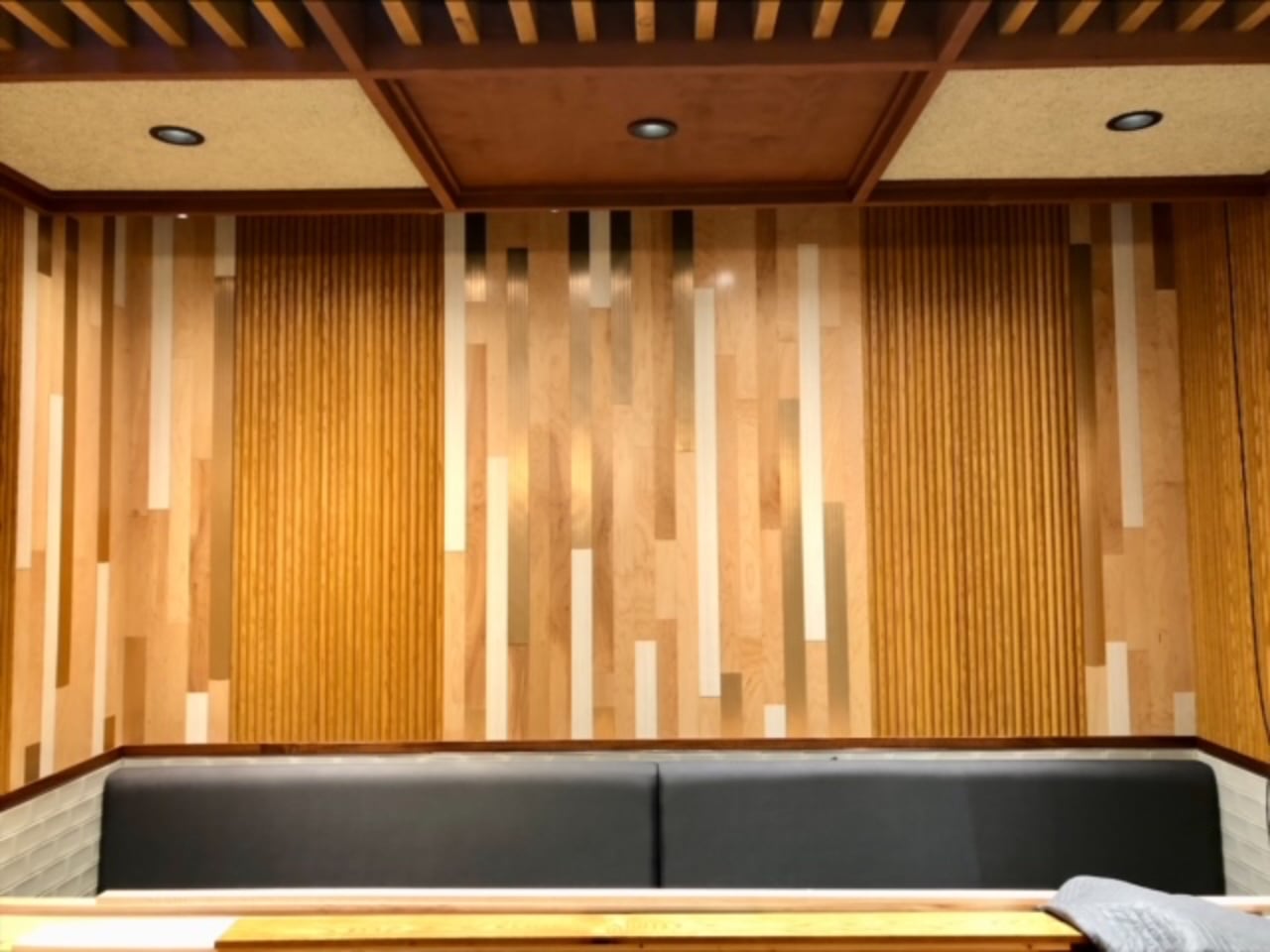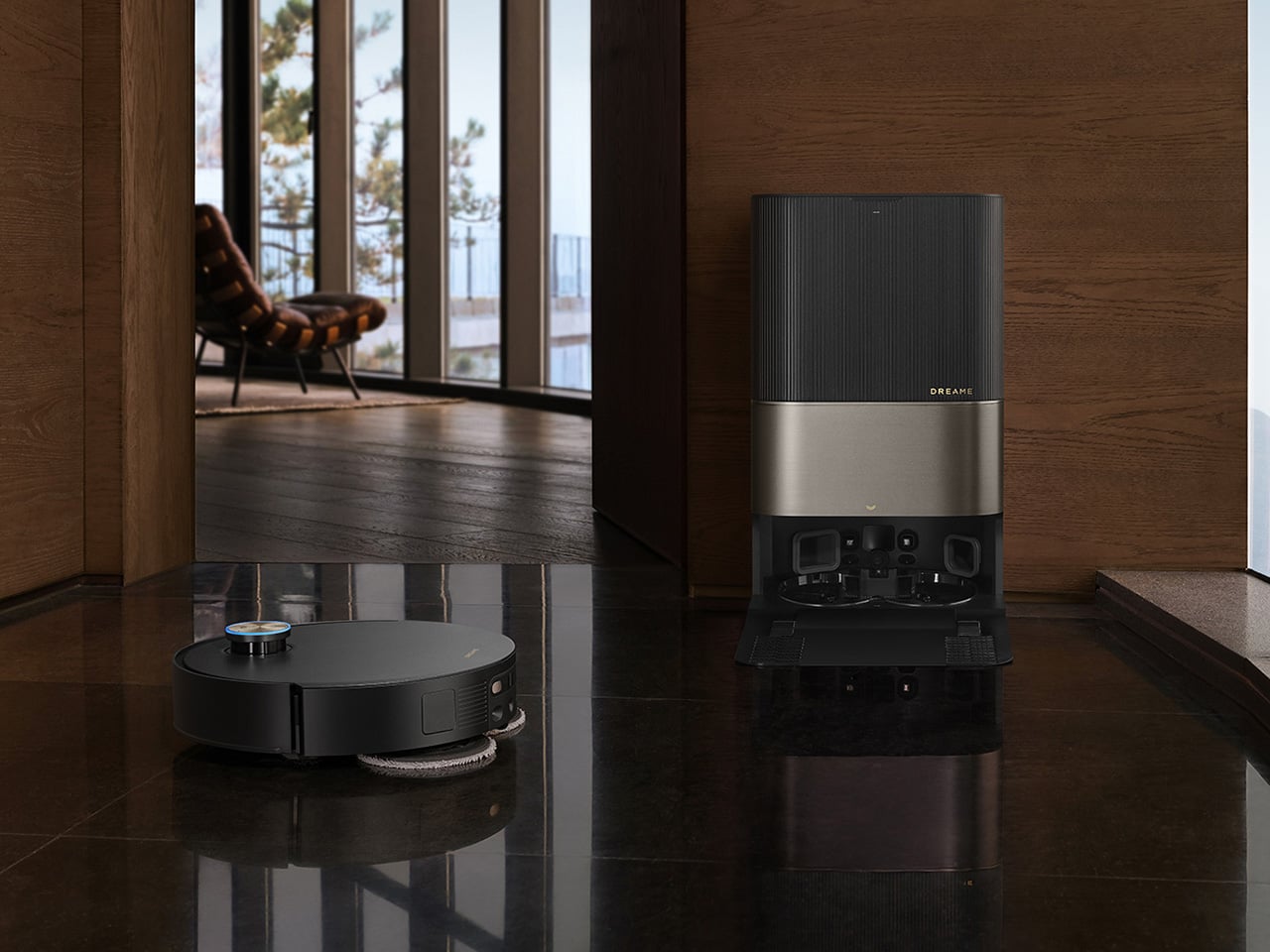
There is a big difference between a floor that looks clean and a floor that is clean. Dreame’s Black Friday sale leans into that gap, slashing prices on its top-tier robot vacuums and smart mops that focus on deep, repeatable, and fully automated cleaning instead of cosmetic touch-ups… and a major discount on a portable hair dryer, which allows for (personal) cosmetic touch-ups!
Running from November 20 through December 1, the promotion cuts prices across seven of Dreame’s flagship and advanced models, some dropping nearly 40% below retail. These aren’t basic robot vacuums that bump around furniture and miss corners. They’re systems built with high-speed digital motors, AI-powered obstacle detection, extending mops for edge work, and base stations that handle everything from self-cleaning to water refills. For households with pets, kids, or wall-to-wall carpets, the sale represents a rare window to pick up professional-grade floor care at prices that don’t usually appear until the hardware is a generation old.
X50 Ultra – $799.99 (50% Off)
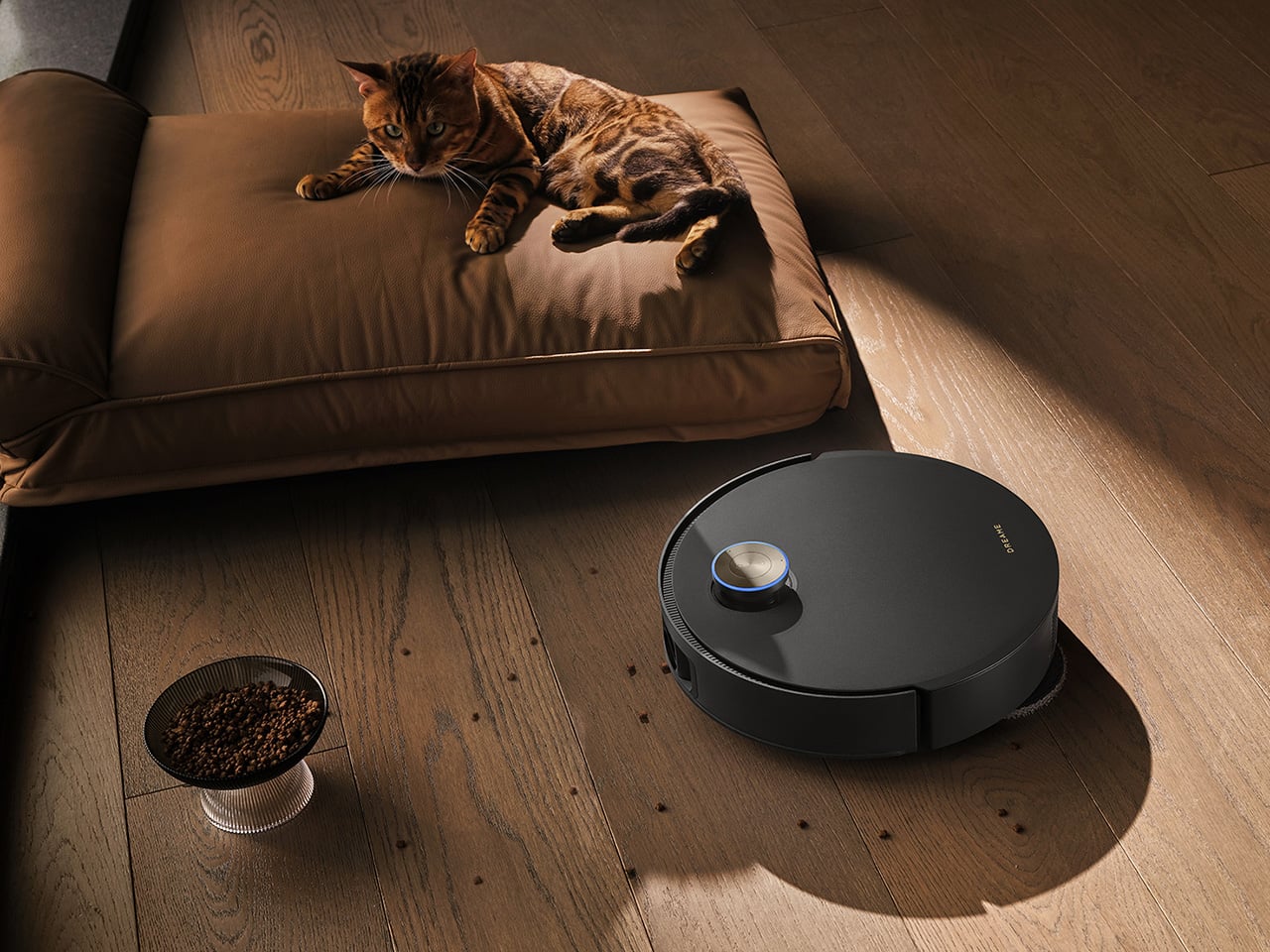
The Achilles’ heel of almost every robot vacuum isn’t tangled hair anymore; it’s the half-inch lip on your bathroom doorway. For years, the industry has treated thresholds as impassable borders, forcing you to either carry your robot between zones or accept that some rooms just won’t get cleaned. The X50 Ultra addresses this fundamental limitation head-on with its ProLeap system, a set of motorized legs that physically lift the robot to clear obstacles up to 6cm high. This isn’t just a brute-force lift; it’s an intelligent system using sensors to detect the height and deploy a clearance wheel, effectively letting the robot walk over transitions that would trap any other machine. It’s the kind of clever mechanical engineering that feels genuinely new in a category full of iterative software updates. This go-anywhere capability is paired with a retractable LiDAR turret, which allows the X50 Ultra to lower its profile and navigate under furniture that other flagship robots with fixed sensors can’t even attempt.
Beyond its impressive navigation, the X50 Ultra is built to be a powerhouse cleaner. The 20,000Pa of suction is more than enough to pull embedded dust from carpets, and it does so without sounding like a jet engine. On the floor, the cleaning is handled by a dual brush system designed to resist hair tangles and a unique MopExtend RoboSwing arm that physically pushes the mop pads out to reach into corners and along baseboards, solving the classic “halo” of dust most round robots leave behind. The base station is just as sophisticated, using a high-pressure, hot-water system to scrub the mop pads clean on a washboard before drying them with heated air to prevent mildew. It’s a fully contained ecosystem designed for minimal human intervention, from navigating a split-level floor plan to maintaining its own cleaning tools.
Why We Recommend It
What makes the X50 Ultra compelling isn’t just one standout feature, but its ability to solve two contradictory problems at once: going over high obstacles and getting under low ones. Most robot vacuums force a compromise. The ProLeap system and retractable LiDAR eliminate that choice, creating a machine that can genuinely map and clean an entire, complex floor without getting stranded. For anyone living in a home that isn’t perfectly flat and open, this is a game-changer. At its Black Friday price of $799.99, it brings a truly next-generation hardware solution down to a price point typically reserved for last year’s flagships, making it a rare opportunity to buy into a technology that actually moves the entire category forward.
Click Here to Buy Now: $799.99 $1599.99 (50% off). Hurry, deal ends in 48-hours!
L50 Ultra – $849.99 (39% Off)
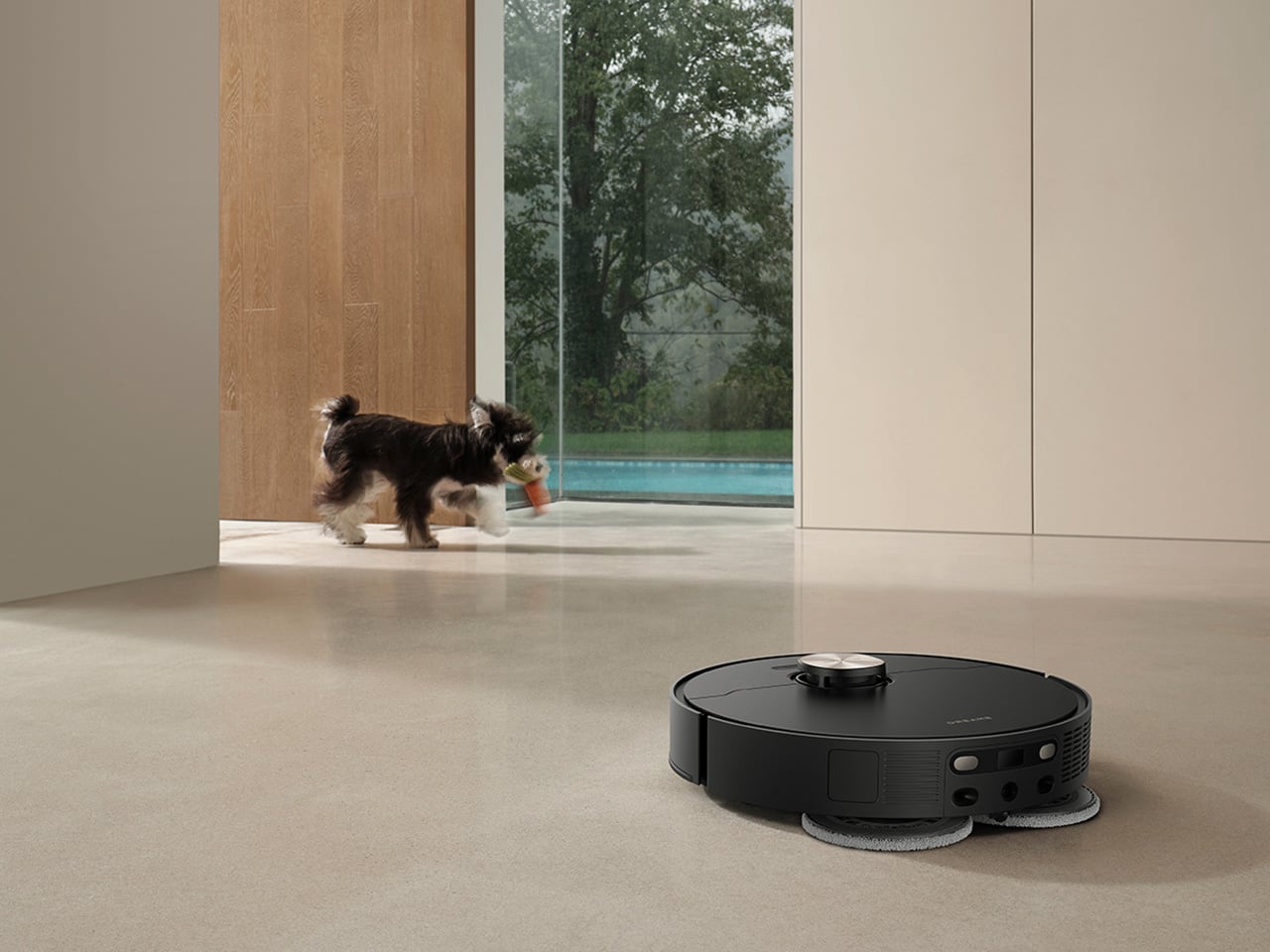
In any mature tech category, the most interesting product is rarely the absolute top-of-the-line model. It’s usually the one right below it, where the core engineering breakthroughs from the flagship trickle down without the early adopter price tag. That’s the L50 Ultra. It inherits the single most important innovation from the X50 Ultra: the ProLeap system, a set of motorized legs that let it physically climb over thresholds up to 6cm. For anyone with a split-level home or even just aggressive transitions between rooms, this feature alone solves the biggest problem in robotics. You’re also getting a nearly identical 19,500Pa of suction and the same HyperStream Detangling DuoBrush setup, which means its raw cleaning power on both carpets and hard floors is functionally indistinguishable from its more expensive sibling.
The compromises for the lower price point are subtle and, for most people, entirely acceptable. The dock still provides a full maintenance cycle, using 167-degree hot water to sanitize the mop pads before drying them with heated air, a feature that makes a real difference in preventing the sour smell that can plague other robot mops. It auto-empties, auto-refills, and uses sensors to decide if a second pass is needed. On the robot itself, the Dual Flex Arm technology still extends the side brush and mop to get into corners, and its AI-powered obstacle avoidance, using a combination of RGB cameras and 3D structured light, is sophisticated enough to navigate a cluttered living room without issue. You’re essentially getting the full mechanical and cleaning platform, just with a slightly less advanced processing brain.
Why We Recommend It
The L50 Ultra is the point of diminishing returns made manifest. It forces you to ask a very practical question: are the X50’s retractable LiDAR and marginal AI gains worth the extra money when this machine already solves the biggest physical challenges of home robotics? For nearly everyone, the answer is going to be no. The fact that it has been ranked as the number one robot vacuum by objective outlets like Vacuum Wars confirms it’s not just a good value; it’s a legitimate performance leader that happens to be priced more aggressively. At $849.99, it’s the strategic choice, delivering the core innovations that matter – threshold climbing and hot-water self-cleaning – without the premium for features you likely won’t miss.
Click Here to Buy Now: $849.99 $1399.99 (39% off). Hurry, deal ends in 48-hours!
Aqua10 Roller – $949.99 (32% Off)
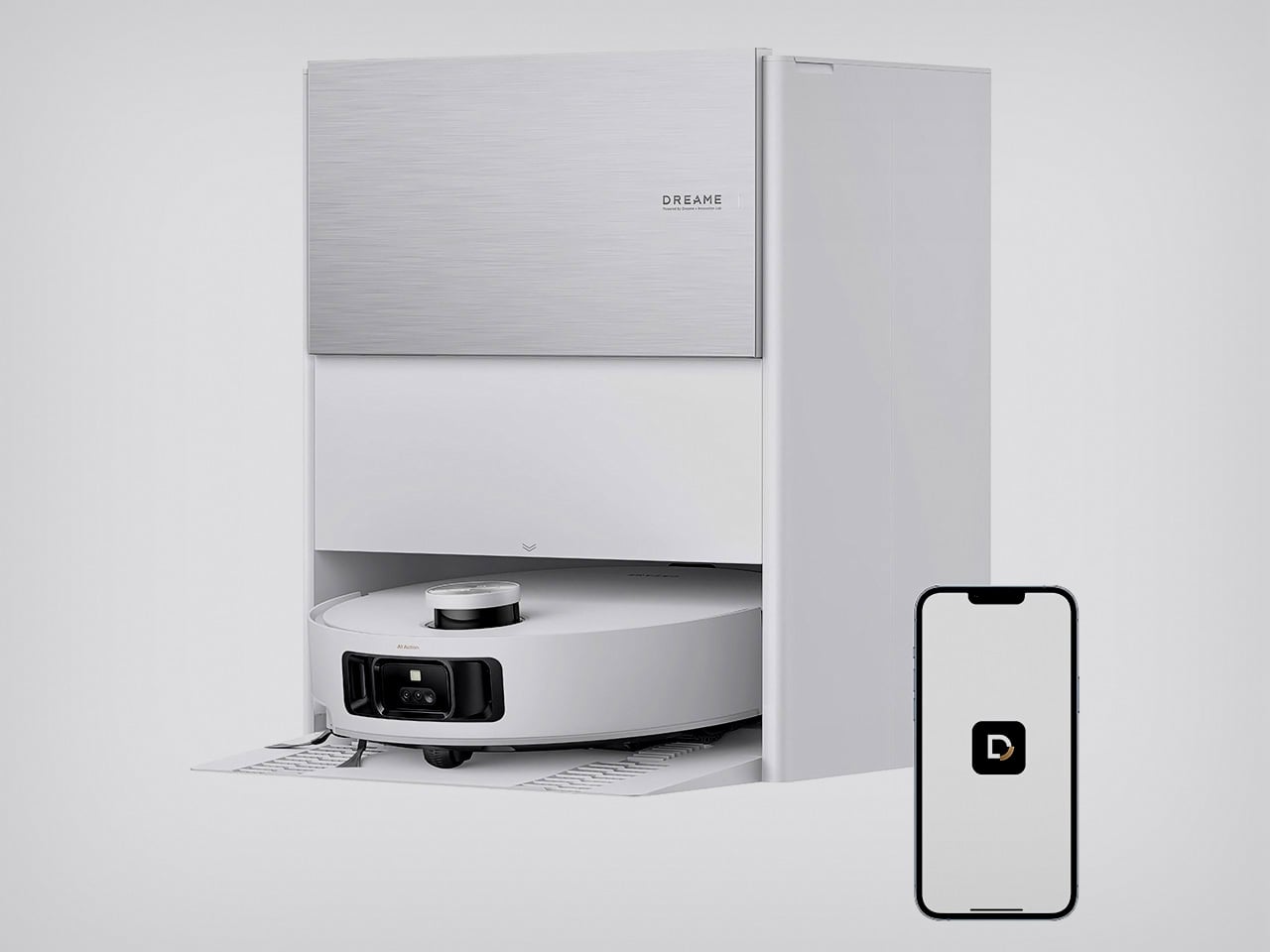
The conversation around robot mops has shifted in the past six months. The old debate was whether mopping robots worked at all; the new one is whether roller mops clean better than spinning pads. The Aqua10 Roller settles that argument by delivering 30,000Pa of suction, the highest power rating in Dreame’s entire lineup, and pairing it with a continuously rinsed cylindrical roller that treats mopping like a real-time cleaning process rather than an afterthought. The AquaRoll system sprays fresh water onto the roller as it moves, then uses an internal scraper to pull dirty water off and collect it in an onboard tank that empties back at the dock. This means the roller stays clean throughout the entire run, which solves the fundamental flaw of traditional robot mops that just drag a dirty pad in circles after the first few minutes. When the robot encounters carpet, an AutoSeal guard closes over the roller to prevent any drips, protecting rugs without requiring you to manually lift pads or set no-mop zones.
The Aqua10 Roller climbs obstacles up to 2.36 inches with its ProLeap motorized legs, letting it transition between rooms and over thresholds that would trap most competitors. Once it returns to the dock, the roller gets washed at 212 degrees Fahrenheit, hot enough to sanitize and break down grease, before drying with hot air to prevent mildew. FluffRoll tech uses a secondary counter-rotating brush inside the dock to keep the roller’s fibers from matting down, which preserves cleaning performance over time. The dock also auto-empties the dustbin into a 3-liter bag and refills water automatically, reducing hands-on maintenance to once every few weeks. Navigation relies on AI-powered obstacle avoidance using cameras and sensors to detect and route around cables, shoes, pet toys, and other clutter without getting stuck or requiring manual rescues.
Why We Recommend It
The shift to roller mops isn’t just about following trends; it’s about solving a real design flaw in how robot mops work. Spinning pads get progressively dirtier as they clean, which means they’re redistributing grime by the time they reach the back half of your floor plan. The Aqua10 Roller’s continuous rinse system eliminates that problem, and the hot-water dock cleaning ensures the roller doesn’t become a bacteria-growing mess between runs. At $949.99, it’s cheaper than competing flagships from Roborock and Ecovacs that still use older spinning-pad designs, and the 30,000Pa suction gives it a significant power advantage over most robots in this price range. For households where mopping matters as much as vacuuming, particularly kitchens with tile or sticky spills, this is the machine that finally takes wet cleaning seriously.
Click Here to Buy Now: $949.99 $1399.99 (32% off). Hurry, deal ends in 48-hours!
H12 Pro – $229.99 (49% Off)

Robot vacuums get most of the attention, but for a lot of households, the real workhorse is something you can push. The H12 Pro is a wet and dry vacuum that combines vacuuming and mopping into a single pass, which sounds like a minor improvement until you realize it collapses two separate chores into one. Its dual-edged cleaning brush is designed to reach baseboards and corners without the usual gap you get with most upright vacuums, meaning you’re not following up with a manual mop in the edges. The built-in sensors adjust suction power in real time based on how dirty the floor is, ramping up when it detects debris and dialing back on cleaner sections to conserve battery and reduce noise. With a 900mL clean water tank and 35 minutes of runtime, it covers up to 2,150 square feet before needing a refill, which is enough for most homes in a single session.
After you’re done cleaning, the H12 Pro handles its own maintenance through a self-cleaning cycle that scrubs the brush roll and then dries it with hot air in about an hour. This is a bigger deal than it sounds because wet vacuum brushes that don’t dry properly start to smell like mildew within days, and manual cleaning is messy enough that most people avoid it until it becomes unbearable. The hot air drying cycle eliminates that problem entirely, and a built-in scraper works during cleaning to prevent hair from wrapping around the brush, which means less hands-on maintenance overall. At its Black Friday price of $229.99, it drops to less than half of its $449.99 retail cost, positioning it well below competing wet-dry vacuums from brands like Tineco and Bissell that lack the automated drying feature.
Why We Recommend It
The H12 Pro sits in an interesting category where it’s not trying to be a robot or a traditional vacuum; it’s purpose-built for hard floors and does that one job exceptionally well. The edge-to-edge cleaning capability is a legitimate differentiator, solving the perimeter dirt problem that forces you to either ignore the baseboards or get on your knees with a rag. Combined with the self-cleaning and hot-air drying, it’s genuinely low-maintenance in a way most wet vacuums aren’t. At $229.99, it’s positioned as a value leader rather than a premium product, but the feature set doesn’t feel compromised. If you’ve got a lot of tile, hardwood, or laminate and you’re tired of dragging out separate tools for vacuuming and mopping, this is the straightforward solution that doesn’t require you to manage a robot’s limitations.
Click Here to Buy Now: $229.99 $449.99 (49% off). Hurry, deal ends in 48-hours!
H15 Pro Heat – $569.99 (37% Off)
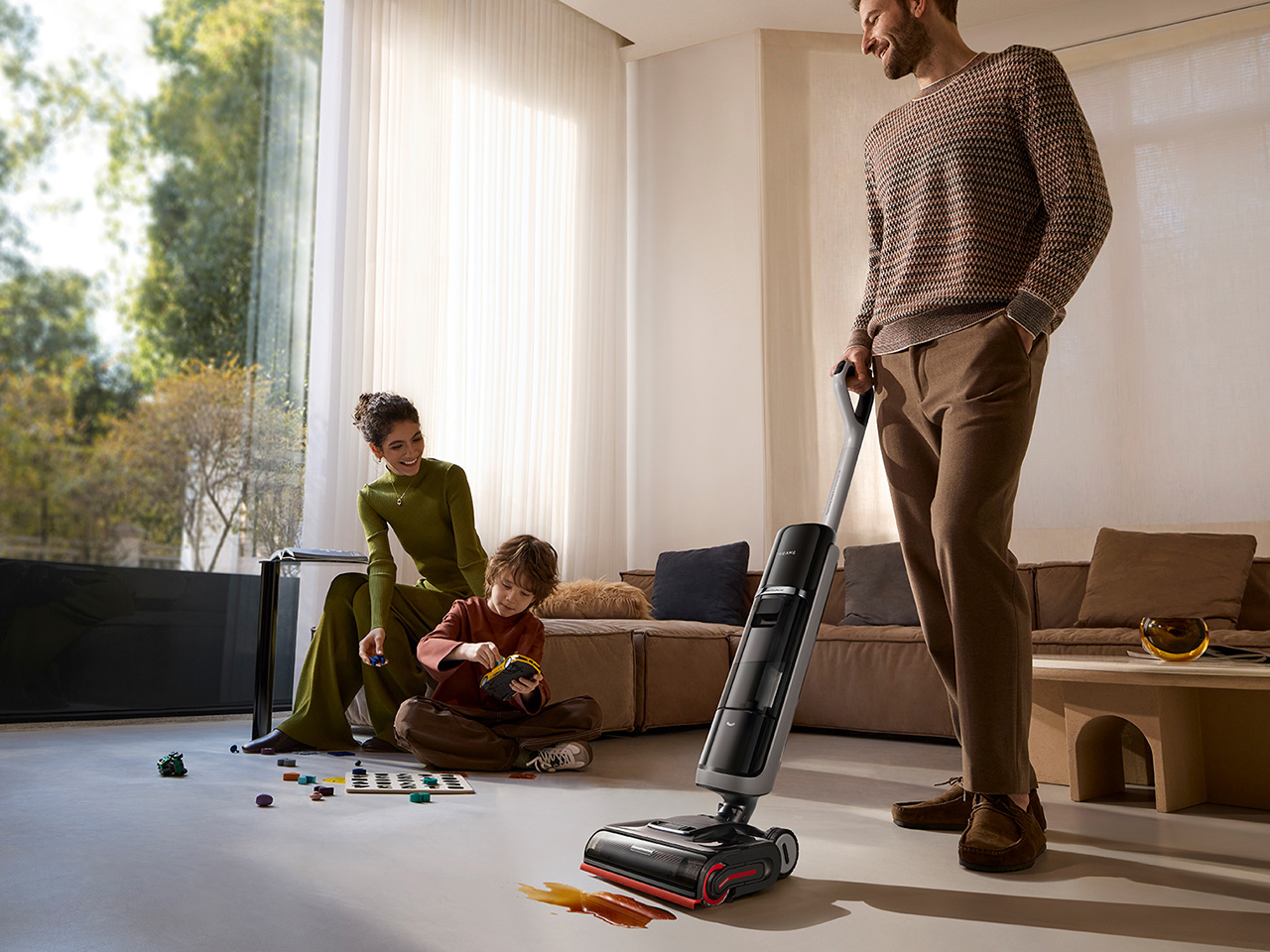
If the H12 Pro is about making floor cleaning more efficient, the H15 Pro Heat is about making it fundamentally more effective. It starts with the same wet-dry vacuum premise – combining mopping and vacuuming into one pass – but introduces a critical element that changes the chemistry of cleaning: heat. The ThermoRinse system uses a sustained 185°F hot water flow to dissolve stubborn, greasy grime that room-temperature water merely pushes around. For anyone with a busy kitchen, this is the difference between a floor that looks clean and one that feels sanitized. Like its heat-less counterpart, it features a fully automated self-cleaning cycle in its base, but here too, heat is the upgrade. The brush roller is washed with 212°F boiling water to break down any residual oils and kill bacteria before the hot-air drying cycle kicks in, ensuring the machine stays hygienic and odor-free.
The mechanical design also gets a significant upgrade. Where the H12 Pro uses a dual-edged brush to get close to baseboards, the H15 Pro Heat employs a GapFree AI Robotic Arm. This is an active, motorized system that physically extends the cleaning head to reach deep into corners and run flush against the wall, eliminating the frustrating dusty perimeter that most upright vacuums leave behind. It’s a smarter, more complete solution to edge cleaning. The unit is backed by 22kPa of suction, giving it plenty of power for both wet spills and dry debris, and the roller is engineered with a zero-tangle cutting mechanism to handle pet hair without constant manual intervention. It’s a more powerful, more intelligent, and more thorough machine in every respect.
Why We Recommend It
The upgrade from the H12 Pro to the H15 Pro Heat is all about moving from convenience to deep cleaning. The addition of sustained, high-temperature water isn’t a minor feature; it’s a completely different cleaning methodology. It’s for the household where sticky juice spills, muddy paw prints, and kitchen grease are regular occurrences that a simple cold-water pass won’t fully resolve. The robotic arm further justifies the price jump by solving the edge-cleaning problem more effectively than any passive brush design could. For $569.99, you’re not just paying for a more powerful motor; you’re investing in a machine that uses heat to deliver a level of clean that was previously only possible with a steam mop and a lot more manual effort.
Click Here to Buy Now: $569.99 $899.99 (37% off). Hurry, deal ends in 48-hours!
Z30 – 199.99 (60% Off)
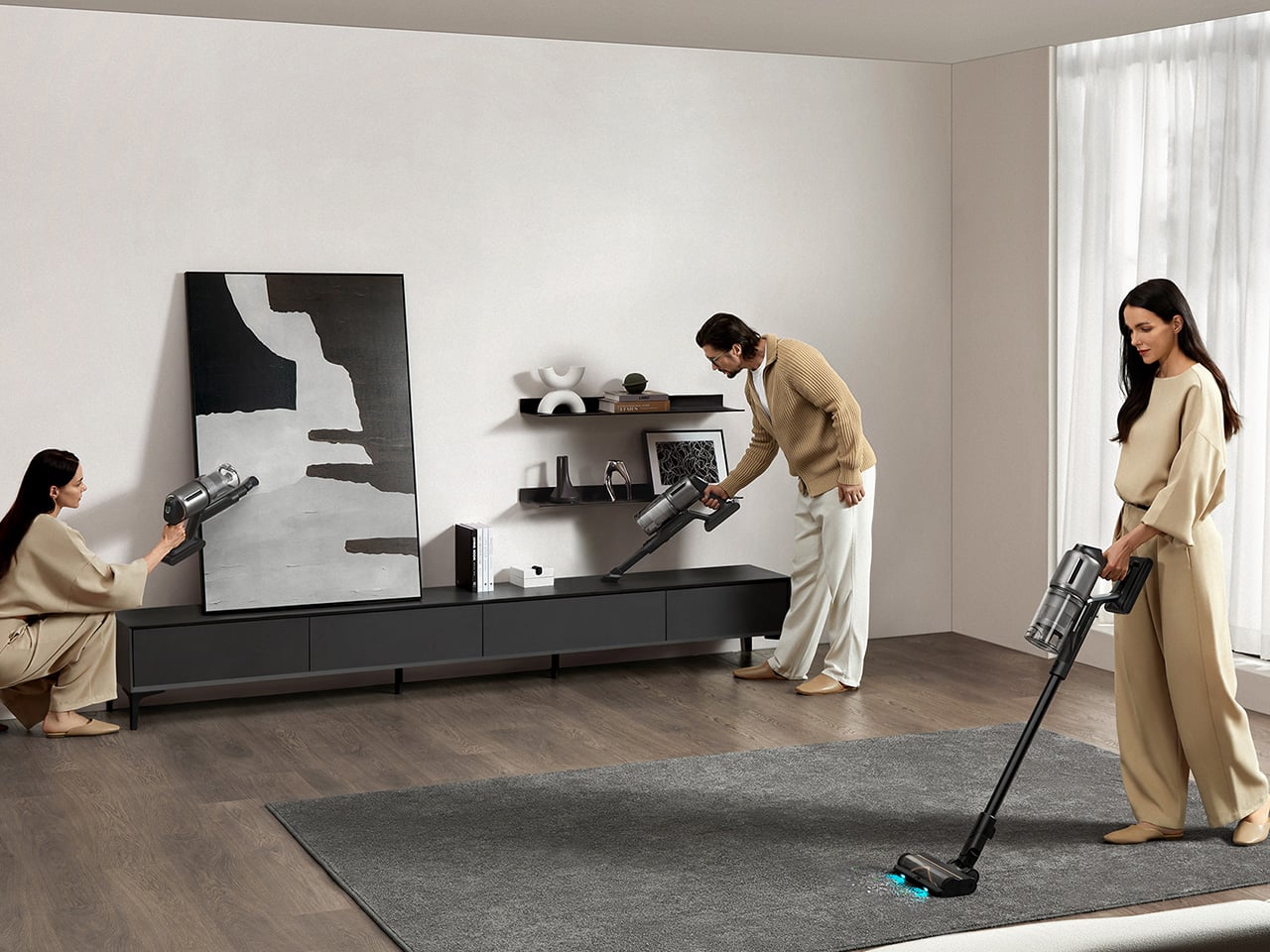
Cordless stick vacuums live and die by two specs: suction power and battery life. The Z30 delivers 310AW of suction, the highest airwatt rating in Dreame’s cordless lineup and more powerful than Dyson’s V15 Detect or Samsung’s Jet 90. That power comes from a 150,000 RPM TurboMotor paired with an eight-cell, 3,200mAh battery pack that runs for up to 90 minutes in Eco mode, enough to cover roughly 3,200 square feet on a single charge. Practical translation: this machine can handle an entire multi-level home without needing a recharge midway through. It also uses intelligent dirt detection to adjust suction in real time, ramping up when it encounters concentrated debris and dialing back on clean sections to conserve battery. A color-coded ring provides visual feedback on dirt levels, and an LCD screen displays post-cleaning reports, showing how much area you covered and how dirty the space was.
The CelesTect technology is more useful than it sounds. It’s a built-in lighting system that illuminates the floor during cleaning, revealing dust that you’d otherwise miss under normal lighting conditions. Both the multi-surface brush and soft roller brush include this feature, making it easier to see fine particles on dark hardwood or light-colored tile. For pet owners, the Z30 includes a motorized deshedding tool that works as a grooming brush, collecting loose fur directly into the vacuum canister before it ends up on your furniture or carpet. The HEPA H14 filtration captures 99.99% of particles as small as 0.1 microns, which covers most allergens, pet dander, and bacteria. At $$237.49 during the sale, the Z30 is priced 53% below its $499.99 retail cost, undercutting comparable models from Dyson and Shark that typically sell for $600 or more.
Why We Recommend It
The Z30 is remarkable because it delivers flagship performance at a mid-tier price, even before the discount. At $237.49, it’s competing directly with entry-level stick vacuums that have half the suction and a third of the battery life. The 310AW motor is genuinely more powerful than anything Dyson currently makes, and the 90-minute runtime eliminates the constant recharge anxiety that plagues most cordless vacuums. The intelligent dirt detection means you’re not manually toggling between power modes, and the CelesTect lighting actually works, revealing dust in dim corners and under furniture where you’d normally rely on feel rather than sight. For households with pets, the included deshedding tool is a practical bonus that most competitors charge extra for. At half price, this is the rare sale where you’re getting premium hardware at budget pricing, not a budget product dressed up with a discount.
Click Here to Buy Now: $199.99 $499.99 (60% off). Hurry, deal ends in 48-hours!
R20 – $170.99 (43% Off)
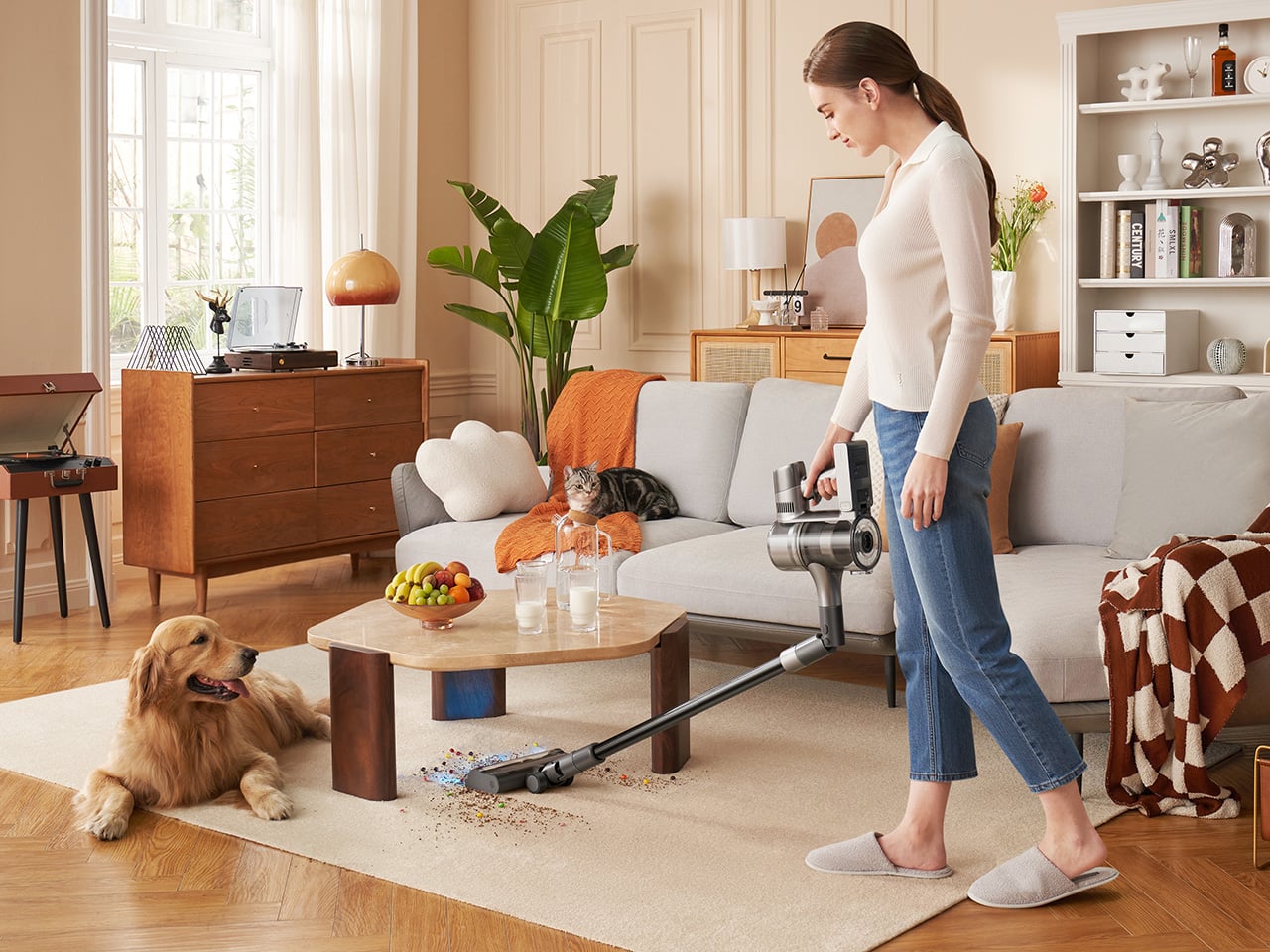
The Z30 is the most powerful cordless vacuum in Dreame’s lineup, but for many people, it’s also overkill. The R20 sits further down the range with 190AW of suction, which is still more powerful than most competitors at this price point, including Dyson’s V12. It uses a dual brush head system that swaps between a multi-surface roller and a soft roller for hard floors, both designed to handle pet hair without tangling. The enhanced blue LED lights integrated into the floor head illuminate dust and debris that’s invisible under normal lighting, revealing fine particles on dark hardwood or light tile that you’d otherwise miss completely. With up to 90 minutes of runtime in Eco mode, it covers large spaces on a single charge, and the battery pack is swappable if you need to extend cleaning sessions without waiting for a recharge.
The R20 features intelligent dirt detection that adjusts suction power automatically based on the amount of debris it encounters, displaying real-time cleaning status on an LCD screen with color-coded indicators: green for light dust, amber for medium, and red for heavy. This means you’re not burning through battery on already-clean floors or underpowering through high-traffic areas. The 0.6-liter dustbin is larger than Dyson’s equivalent models, and the entire unit weighs just 1.67kg, making it easier to maneuver with one hand or lift overhead for ceiling cleaning. At $179.99 during the sale, it’s positioned as an entry-level option, but the feature set and suction power place it squarely in mid-tier performance territory.
Why We Recommend It
The R20 is the smart buy for first-time cordless vacuum owners or anyone moving into a smaller space where a full-size vacuum feels excessive. It delivers 190AW of suction, which is objectively more powerful than vacuums that cost twice as much, and the 90-minute runtime eliminates the constant battery anxiety that plagues cheaper models. The blue LED dust detection is particularly useful for anyone with pets or allergies, making it easier to see where the real cleaning needs to happen rather than just pushing a vacuum around out of habit. At $179.99, it’s nearly 40% off and priced below budget stick vacuums that lack the swappable battery, intelligent dirt detection, or dual brush system. It’s the rare case where the entry-level product isn’t a compromise; it’s just a more focused version of the flagship without features most people won’t use anyway.
Click Here to Buy Now: $170.99 $299.99 (43% off). Hurry, deal ends in 48-hours!
Pocket Pro – $79.99 (50% Off)

Dreame’s Black Friday discounts aren’t limited to robot vacuums and floor cleaners. The brand’s core expertise is high-speed motor technology and intelligent airflow management, capabilities that translate just as well to moving air through your hair as they do to pulling dust off your carpet. The Pocket Pro is built around a 110,000 RPM motor that generates airflow up to 70 meters per second, fast enough to dry shoulder-length hair in roughly 40 seconds. That’s salon-grade performance compressed into a device that weighs just 10.6 ounces and folds down to a 2-inch profile, small enough to fit into a gym bag or carry-on without occupying the space of a traditional full-size dryer. It’s designed explicitly for portability, with dual-voltage support that works seamlessly across 120V and 240V power systems, meaning you can use it in most countries without a converter.
The Smart Heat Control system monitors temperature 300 times per second, capping output at 134°F to prevent heat damage to hair and scalp. This is paired with an ionic generator that releases 300 million negative ions to reduce frizz and add shine, addressing the static buildup that’s common with high-velocity air drying. Two magnetic nozzles are included: a styling nozzle for straight styles and a diffuser for curls or added volume. Despite the power, the motor runs quietly, avoiding the jet-engine roar that characterizes many compact travel dryers. At $79.99 during the sale, it undercuts most high-speed travel dryers from brands like Dyson and GHD, which typically start at $300 or more for similar motor speeds and dual-voltage functionality.
Why We Recommend It
Travel hair dryers are usually terrible. They’re underpowered, loud, and take forever to dry anything thicker than fine hair. The Pocket Pro breaks that pattern by delivering legitimate high-speed motor performance in a genuinely portable form factor. The 110,000 RPM motor is faster than most full-size dryers, and the dual-voltage support makes it practical for international travel without the hassle of converters or the risk of frying the electronics in a foreign outlet. The Smart Heat Control is a meaningful safety feature that prevents the scorching heat spikes common in cheap travel dryers, and the ionic care reduces frizz without requiring a separate finishing product. At $79.99, it’s a rare case where the travel version of a product isn’t a compromised, underpowered alternative; it’s just the full-power version made smaller.
Click Here to Buy Now: $79.99 $159.99 (50% off). Hurry, deal ends in 48-hours!
Airstyle Pro – $179.99 (55% Off)

The Pocket Pro proved Dreame understands high-speed motor technology for hair care, but the Airstyle Pro is where that expertise turns into a multi-tool styling system. It’s a 7-in-1 device built around the same 110,000 RPM motor found in the portable dryer, but here it powers interchangeable magnetic attachments for curling, straightening, volumizing, and drying. The JetAirflow system generates 60 meters per second of airflow, cutting drying time to roughly 40 seconds for short hair and four minutes for long hair, while maintaining consistent temperature control to prevent heat damage. The attachment lineup includes auto-wrap curling barrels that mimic Dyson’s Airwrap functionality, soft and hard smoothing brushes for different hair textures, a round volumizing brush, a flyaway tamer for frizz control, and concentrator nozzles for precision drying. Each attachment snaps into place magnetically, and a one-press cold shot locks in styles by holding for 5 to 10 seconds.
The design emphasizes both function and presentation. The handle features a leather-textured grip that looks premium and stays cool during extended use, a detail that separates it from mid-tier stylers that get uncomfortably hot after a few minutes. The entire kit comes in a soft-case storage box designed to organize all seven attachments without tangling cords or losing pieces. The airflow direction automatically adjusts based on the attachment; the smoothing brush, for instance, redirects air downward to enhance the straightening effect. It works on all hair types, from straight to coily, and the versatility means it replaces multiple single-purpose tools. At $179.99 during the sale, it’s competing directly against Dyson’s Airwrap at a fraction of the $600 price, offering comparable motor speed and attachment variety with a three-year warranty included.
Why We Recommend It
Multi-stylers are either cheap knockoffs with weak motors and flimsy attachments, or they’re Dyson Airwraps that cost as much as a decent laptop. The Airstyle Pro occupies the middle ground that didn’t really exist before: legitimate high-speed motor performance, thoughtfully designed attachments, and a price that doesn’t require a payment plan. The 110,000 RPM motor is fast enough to dry and style simultaneously, which saves time and reduces heat exposure compared to traditional blow-drying followed by curling or straightening. The auto-wrap barrels work the same way Dyson’s do, using airflow to wrap hair around the barrel rather than manual twisting, which is genuinely easier and less damaging. At 55% off, dropping from $399.99 to $179.99, it’s priced closer to single-function hot tools while delivering the versatility of a complete styling system. For anyone tired of juggling multiple devices or considering an Airwrap but hesitating at the cost, this is the pragmatic alternative that doesn’t feel like a downgrade.
Click Here to Buy Now: $179.99 $399.99 (55% off). Hurry, deal ends in 48-hours!
The post Black Friday Robot Vacuum Deals: Dreame’s Flagship Models Drop By Up To 60% first appeared on Yanko Design.
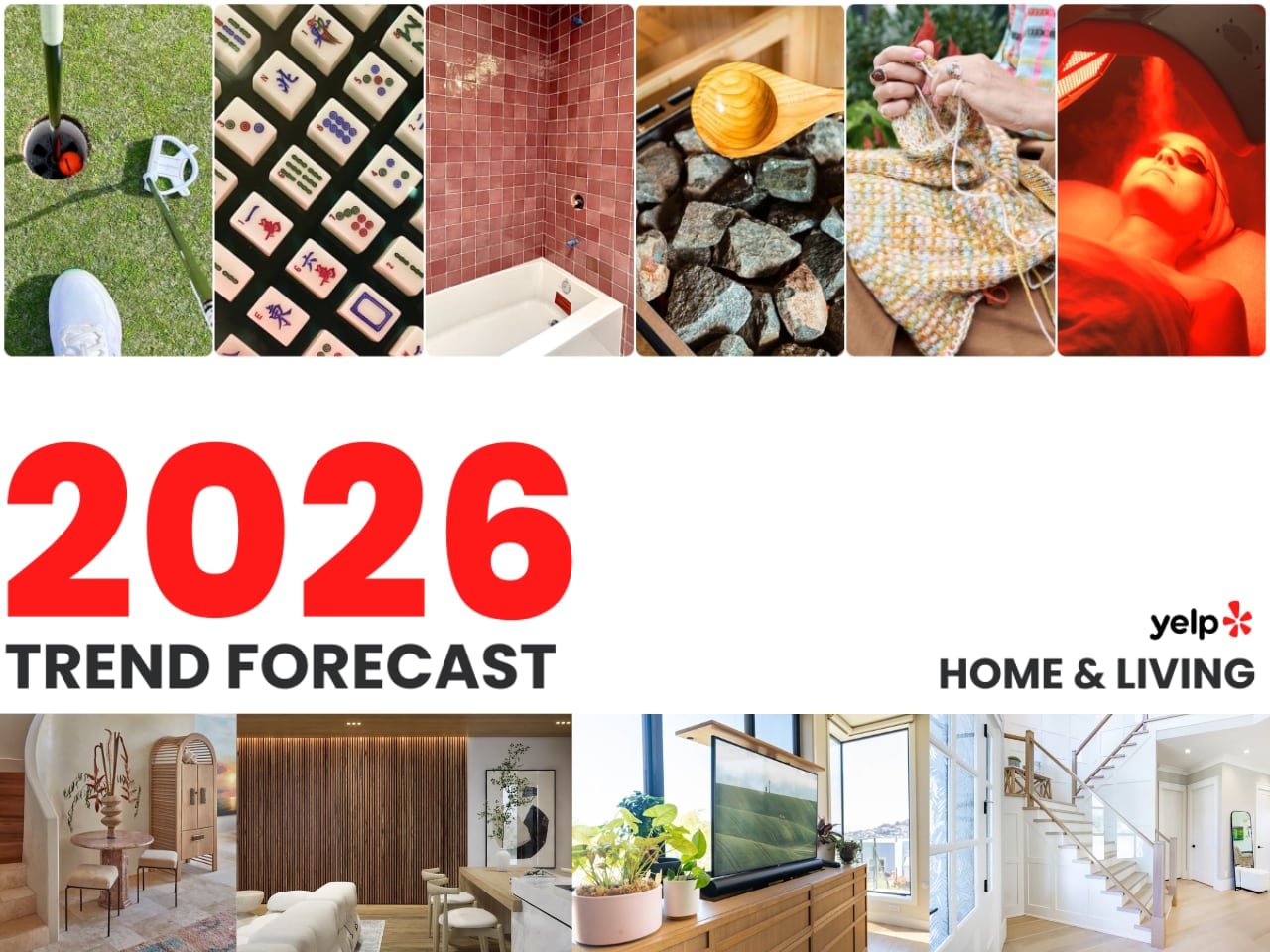
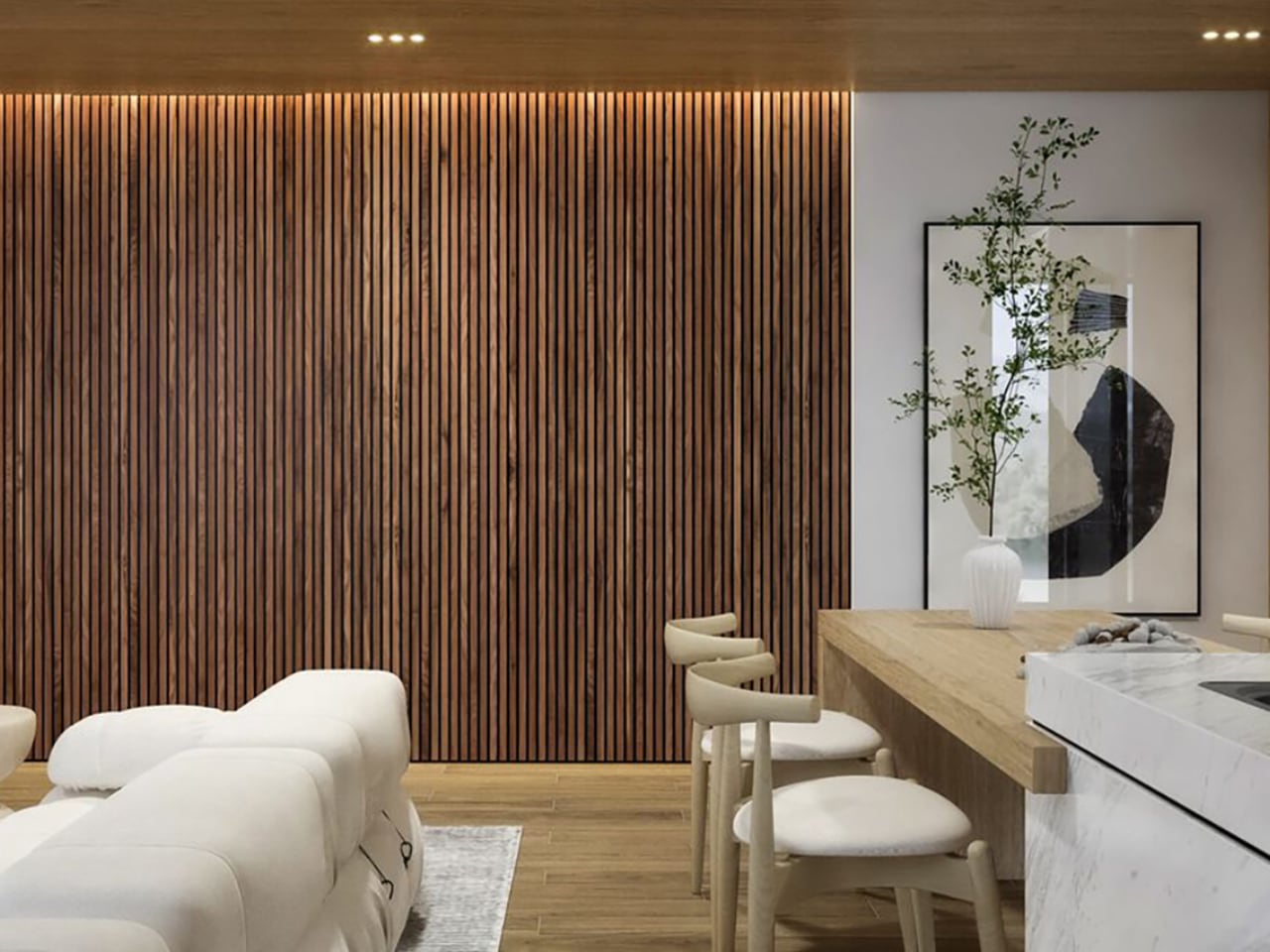
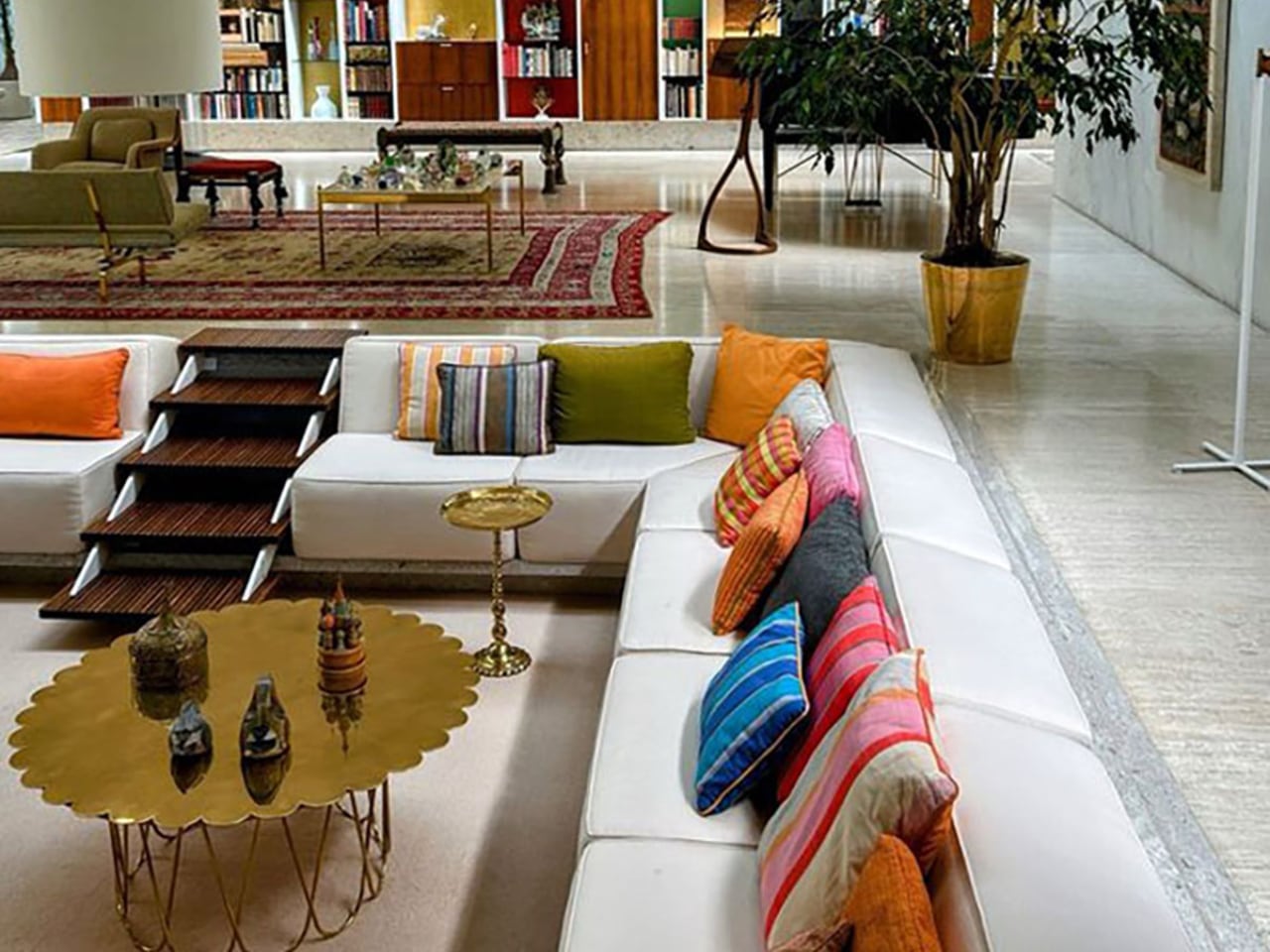
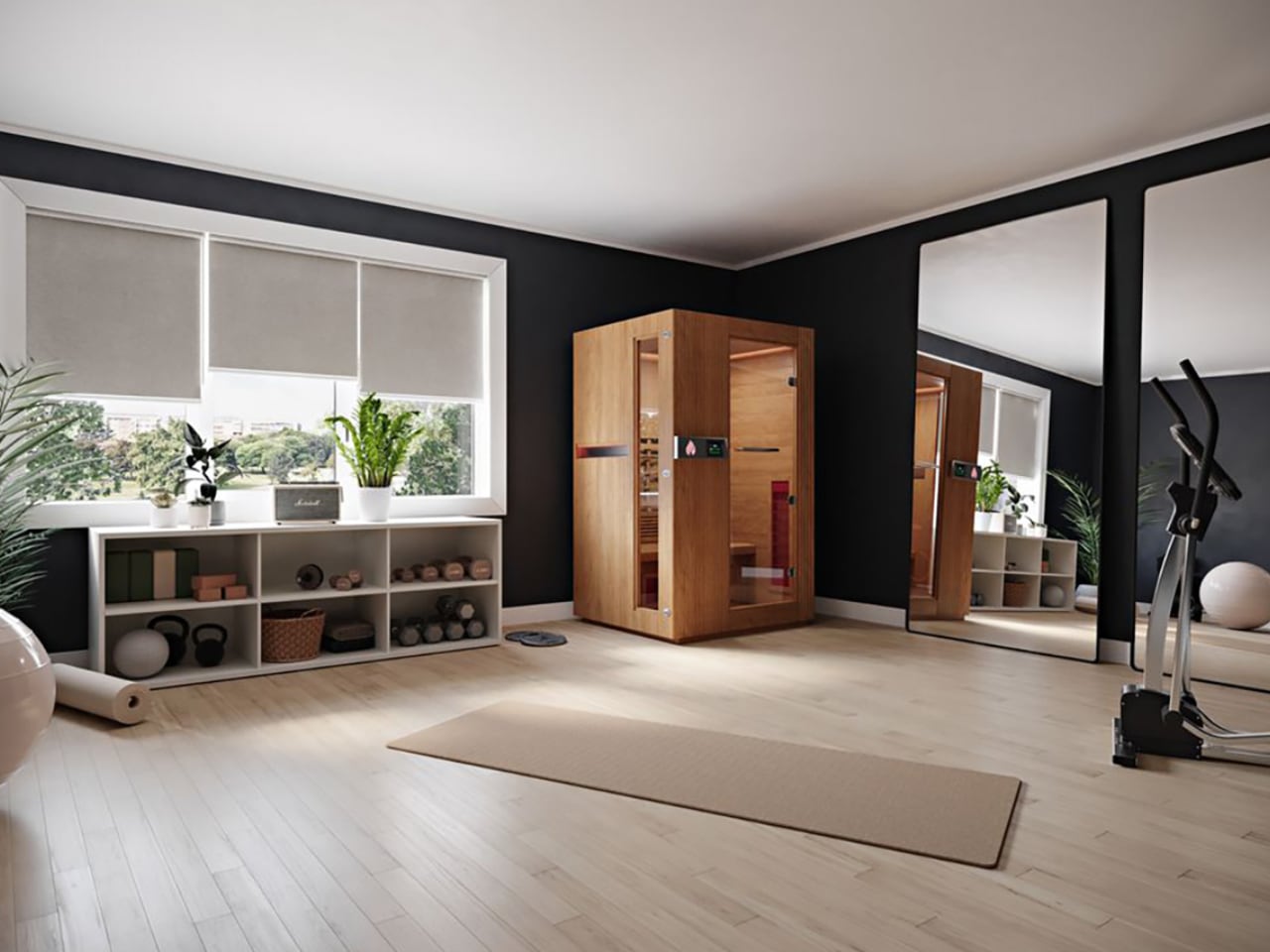
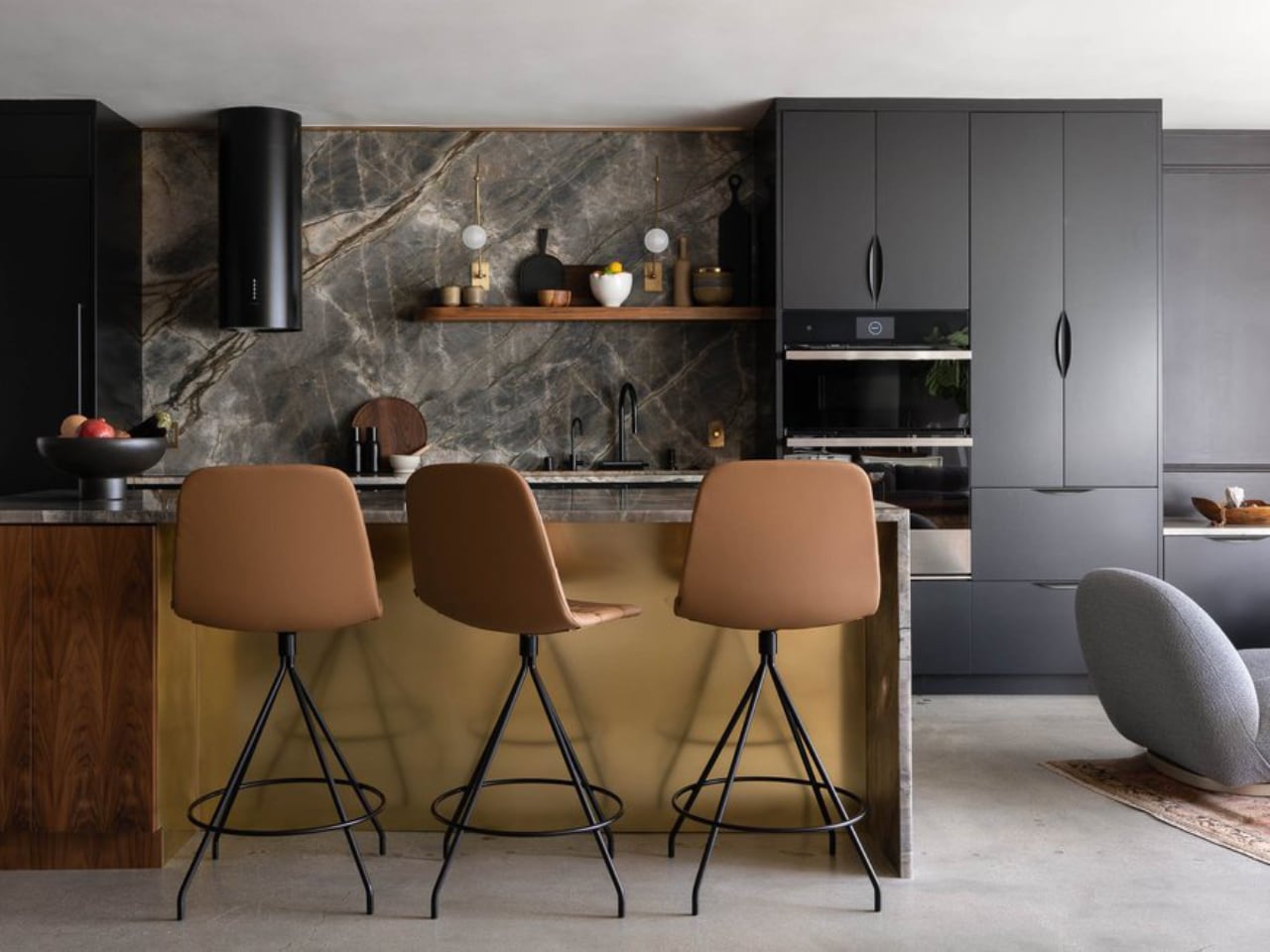
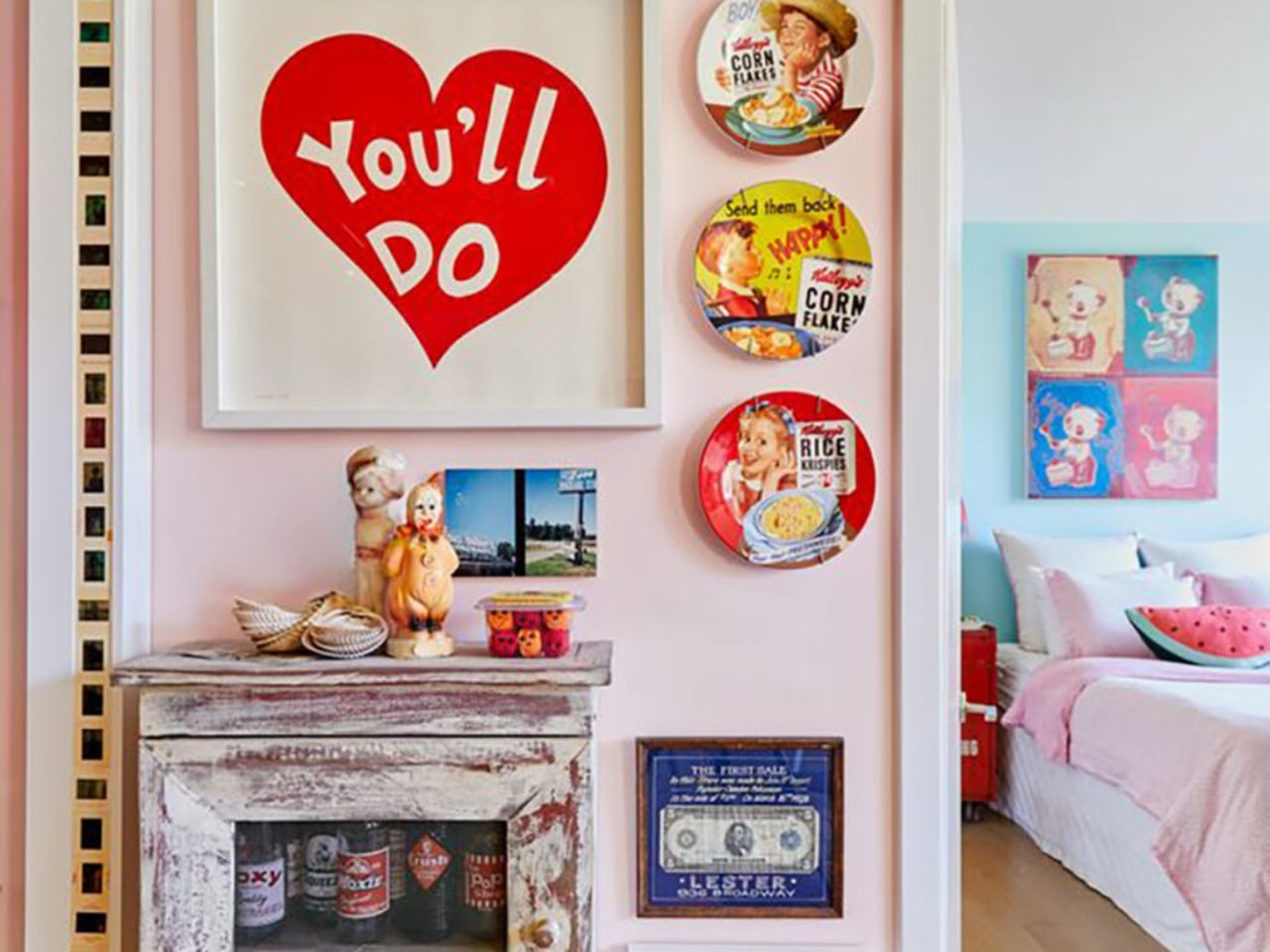
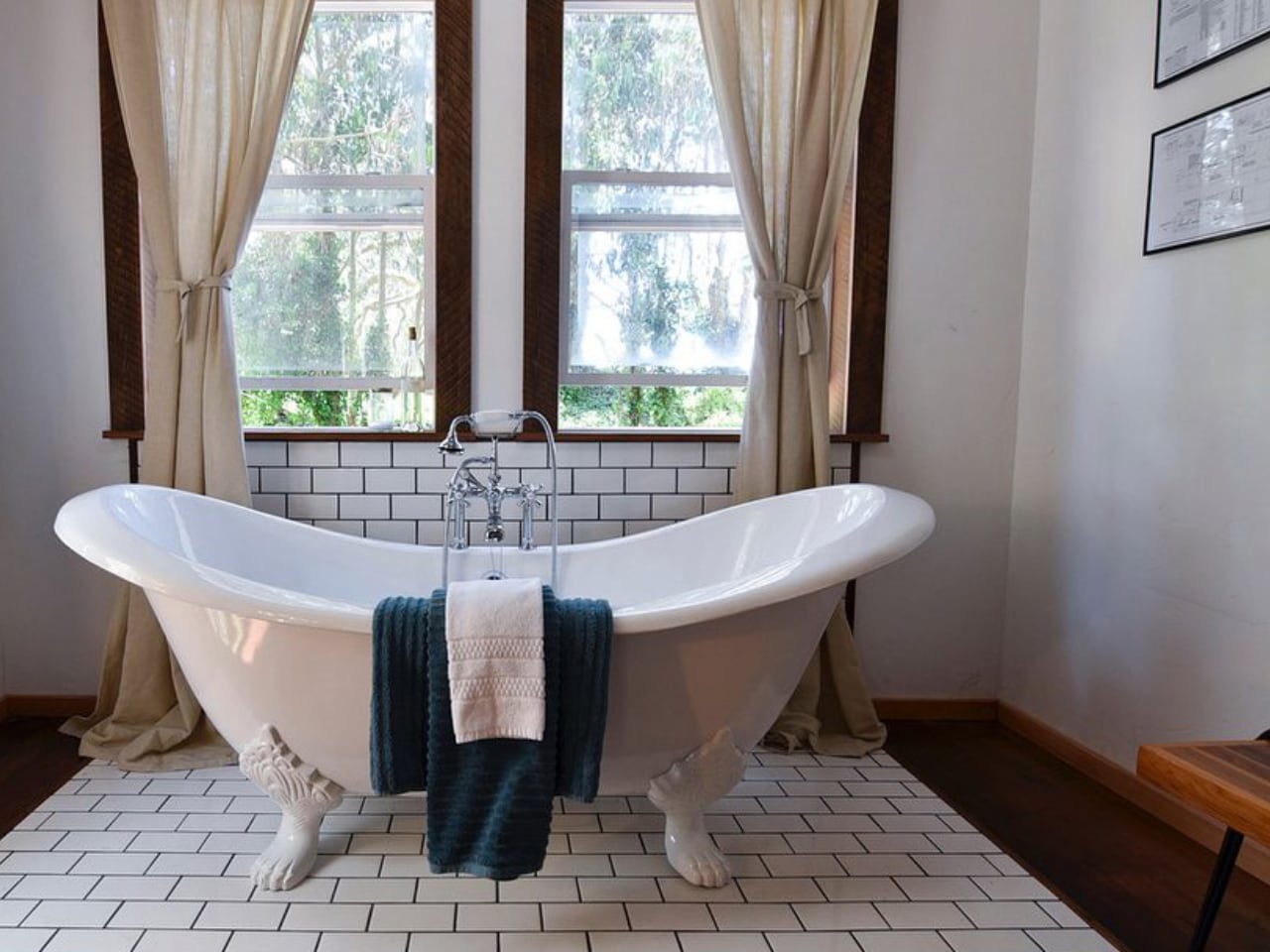

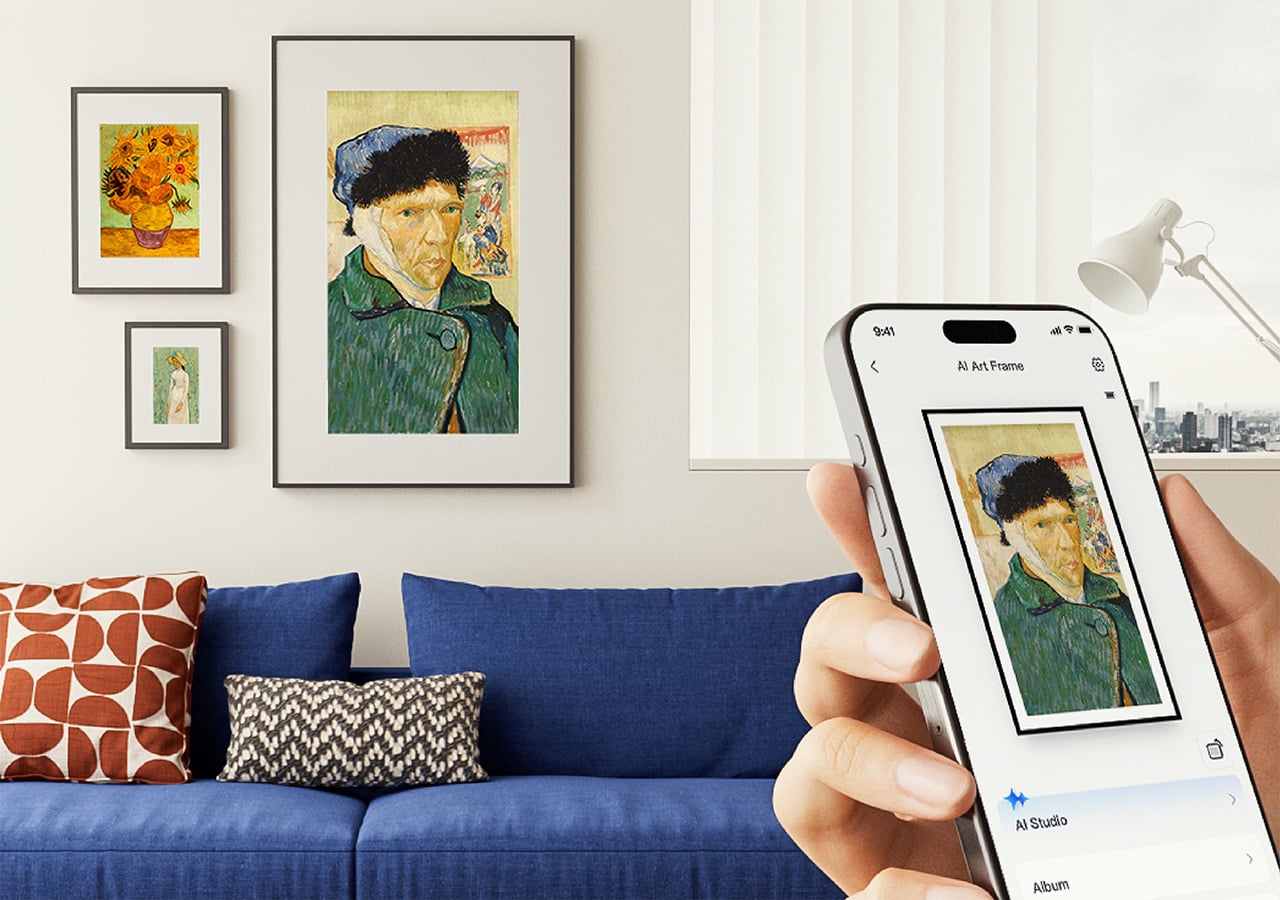
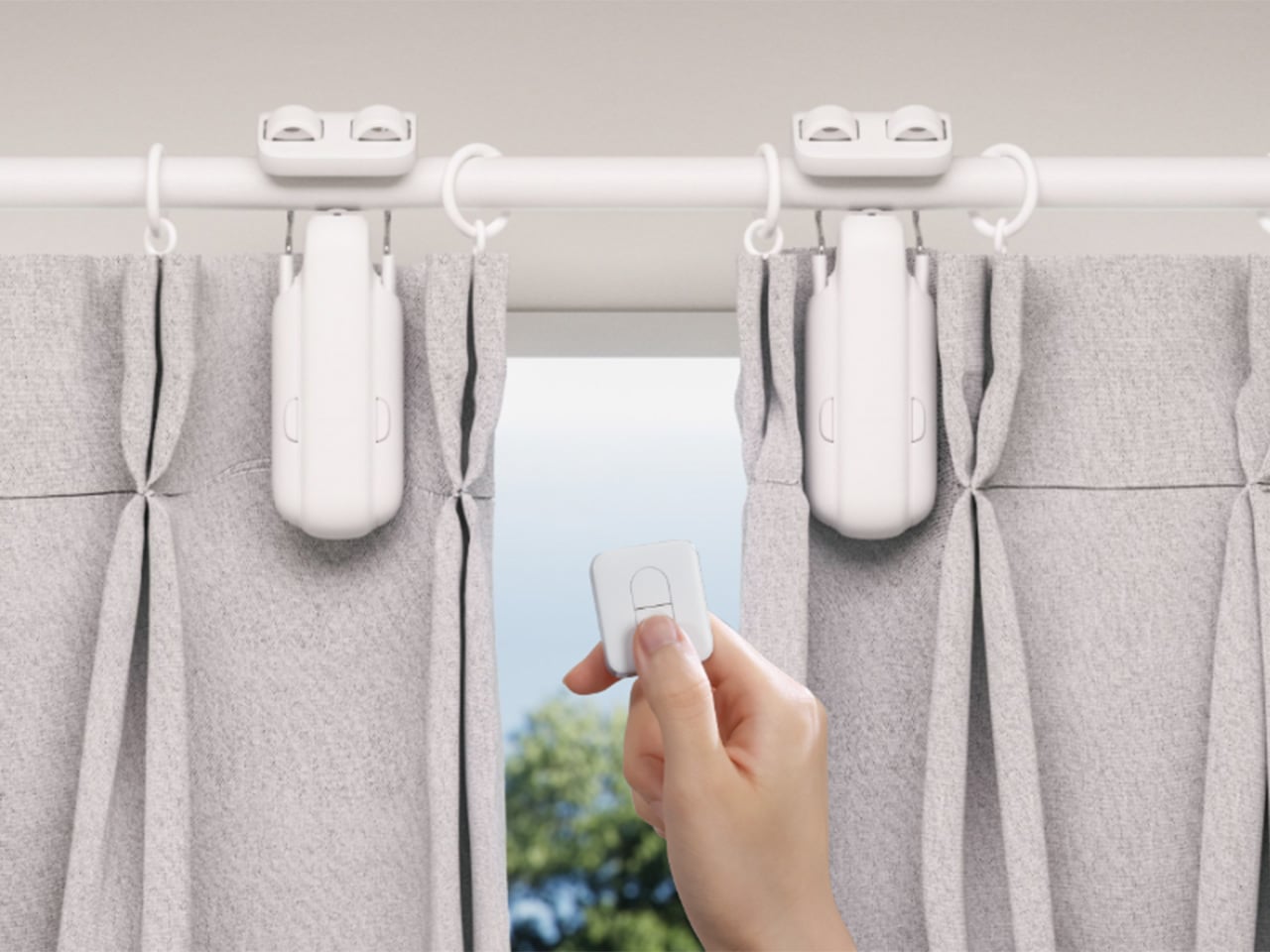
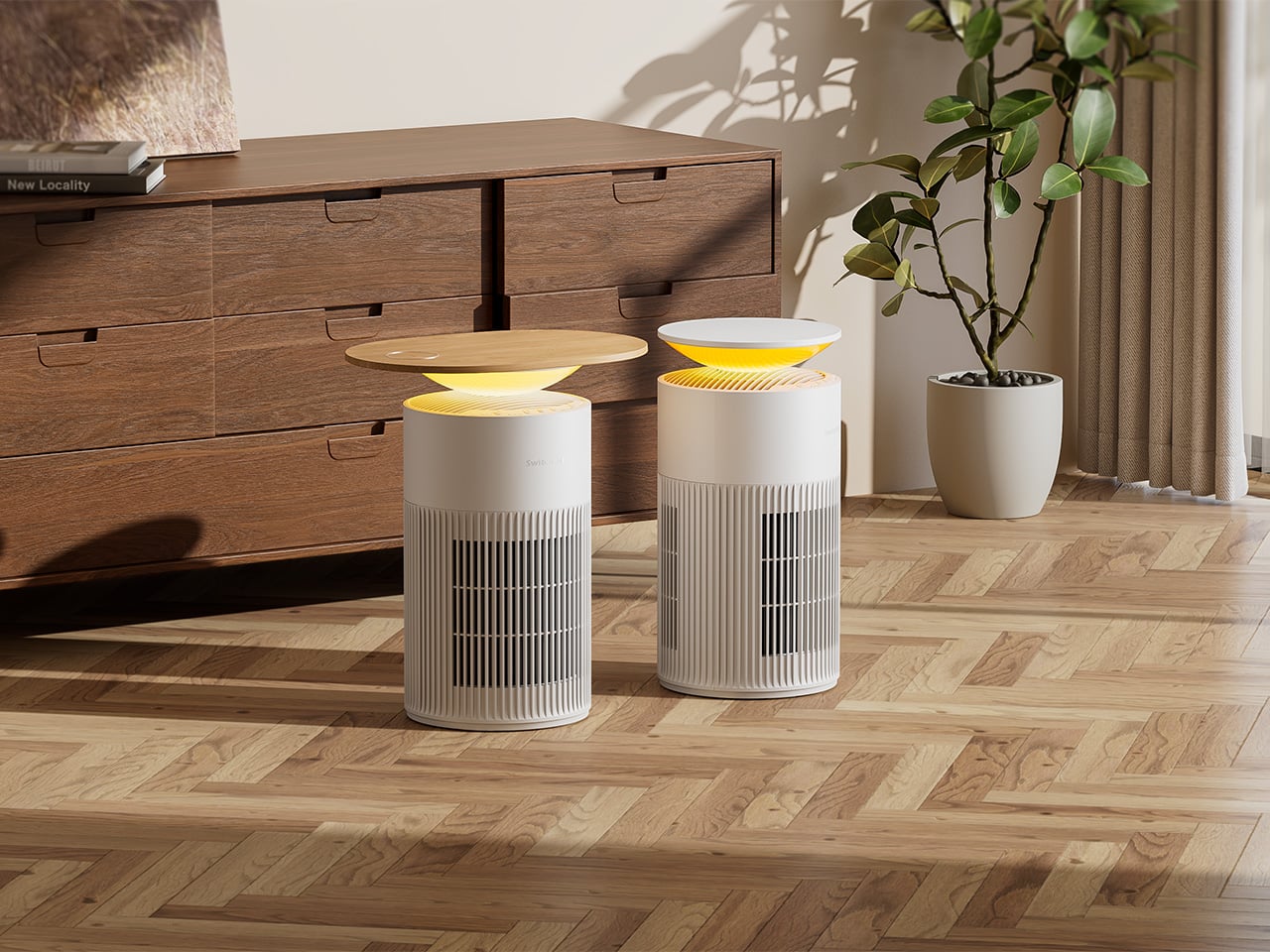
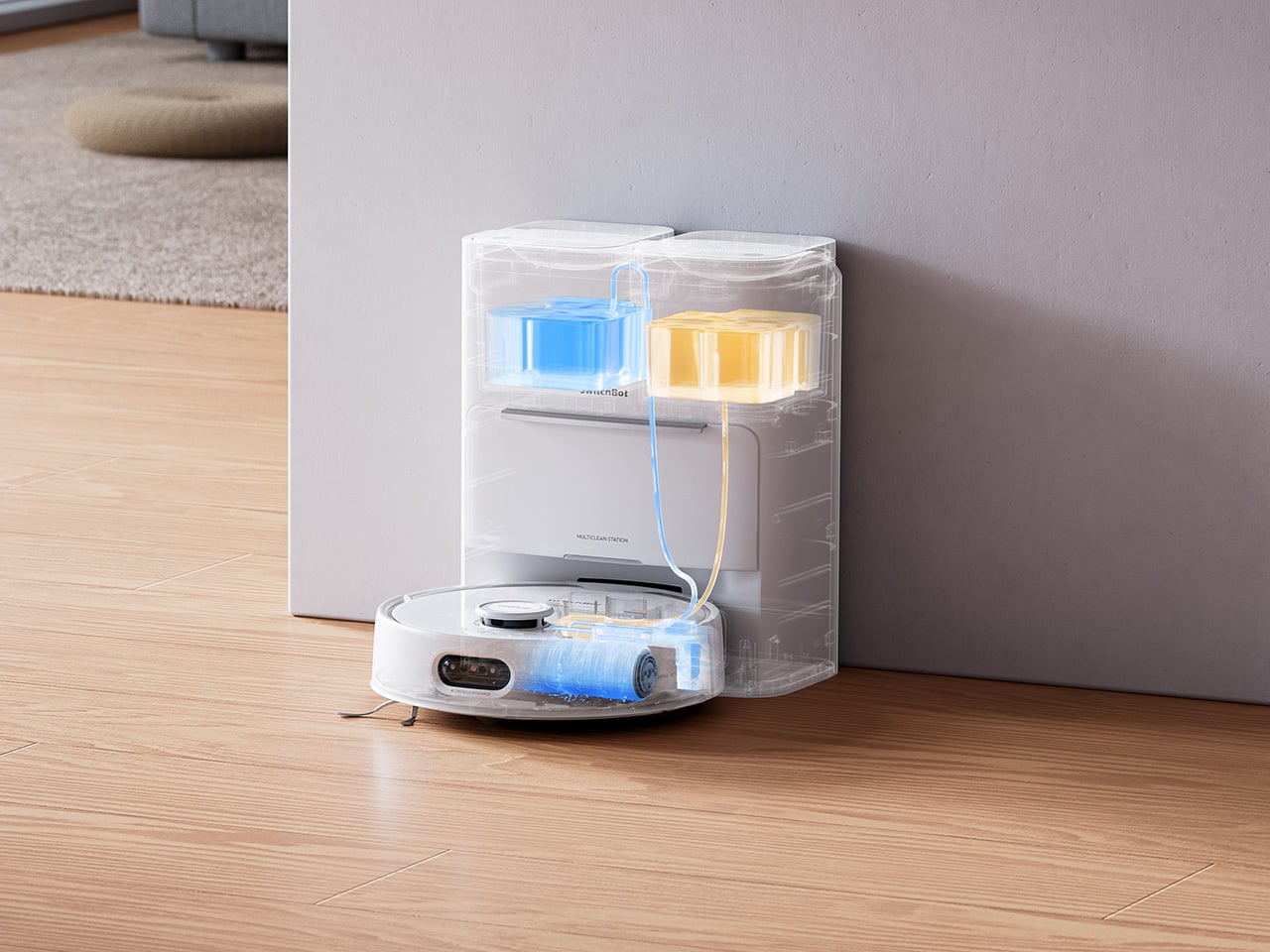
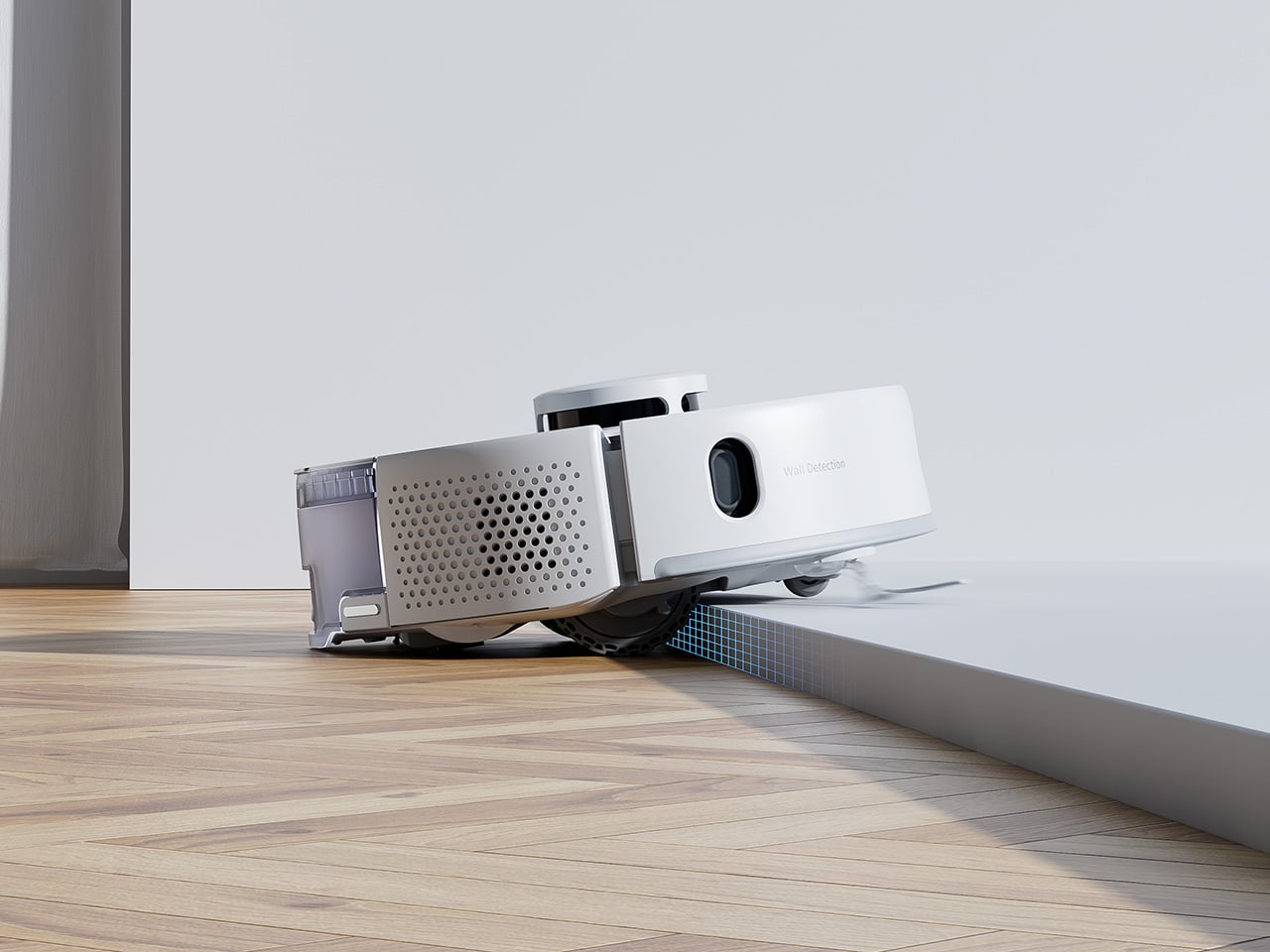










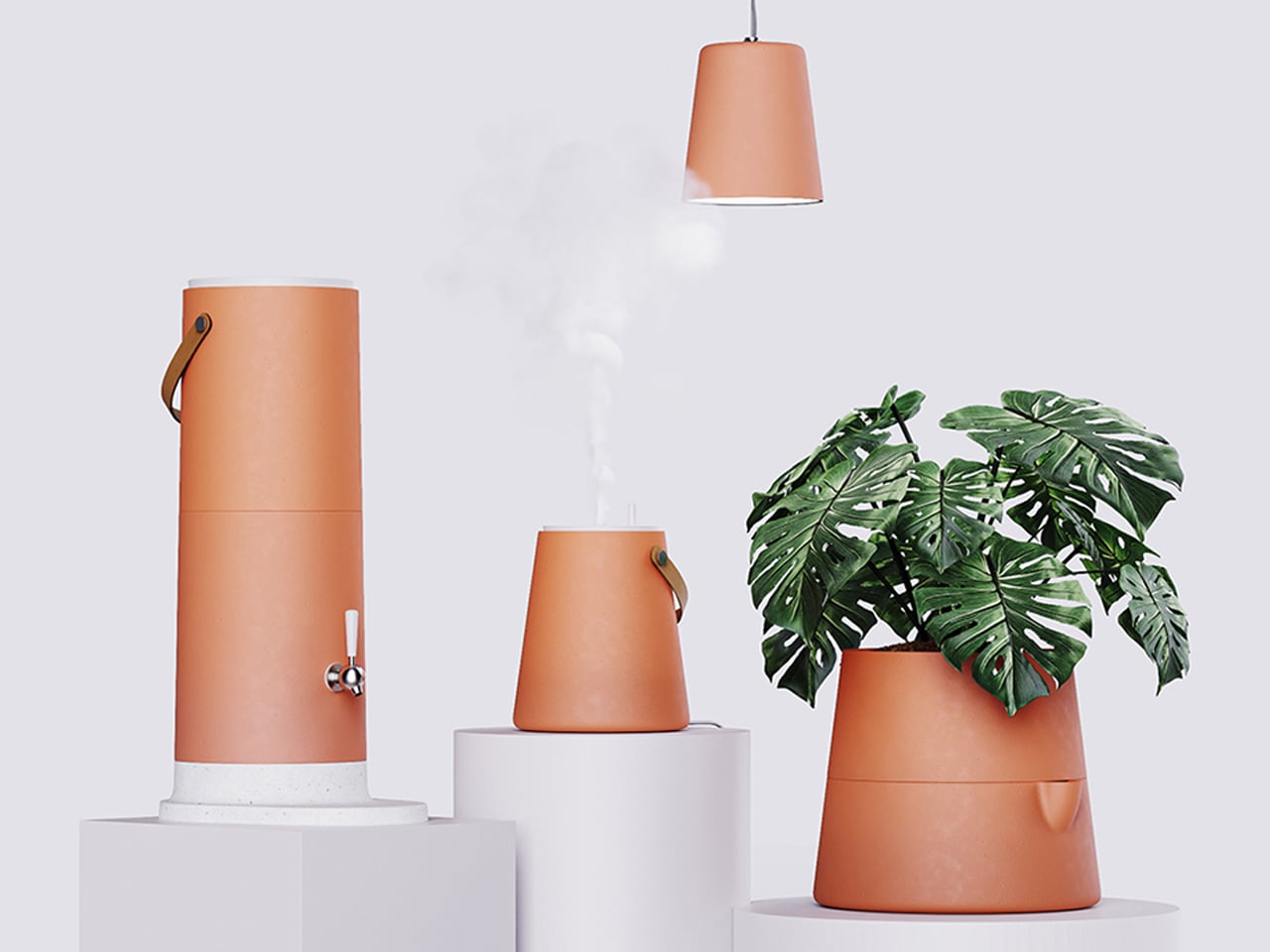
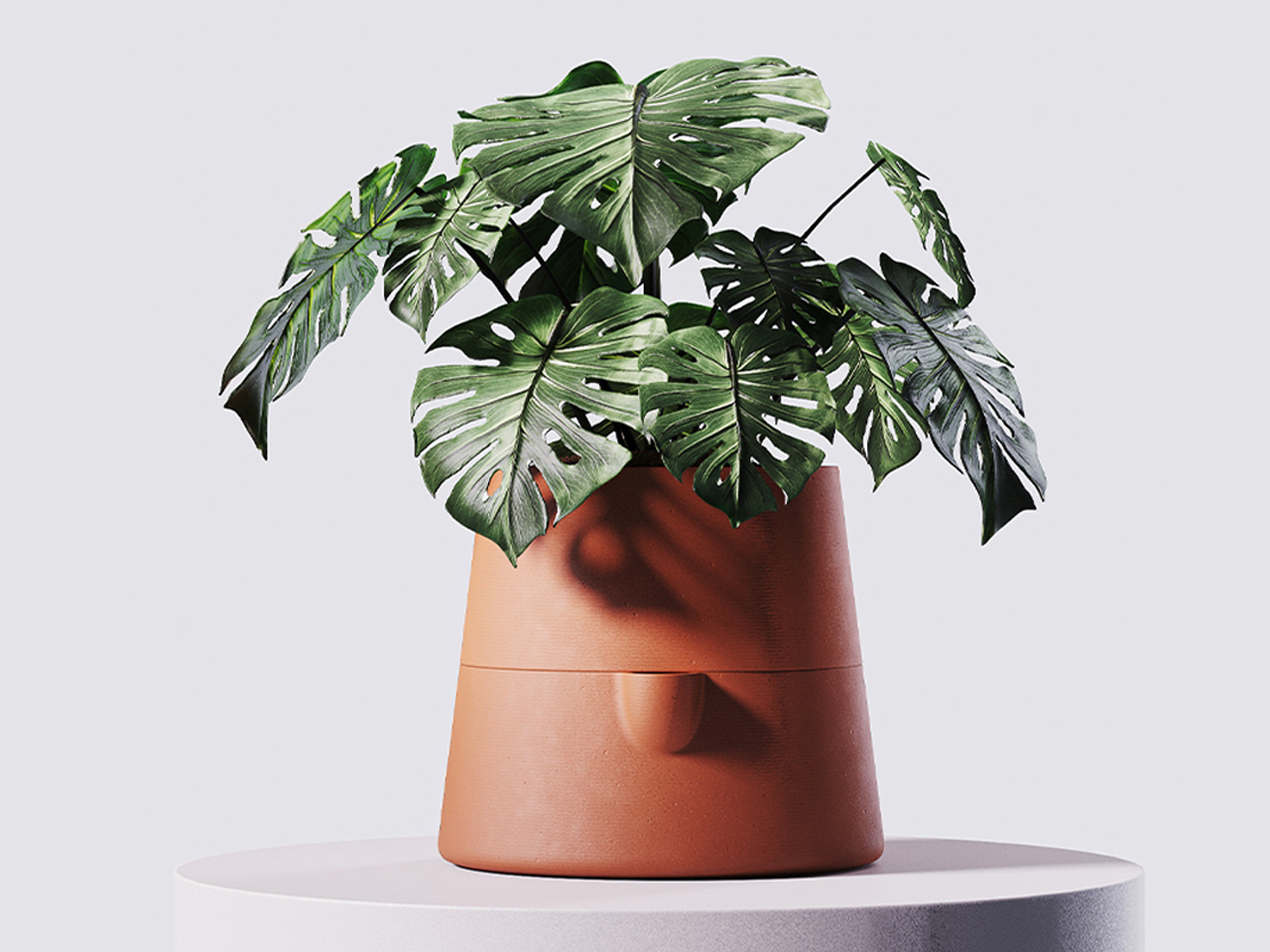
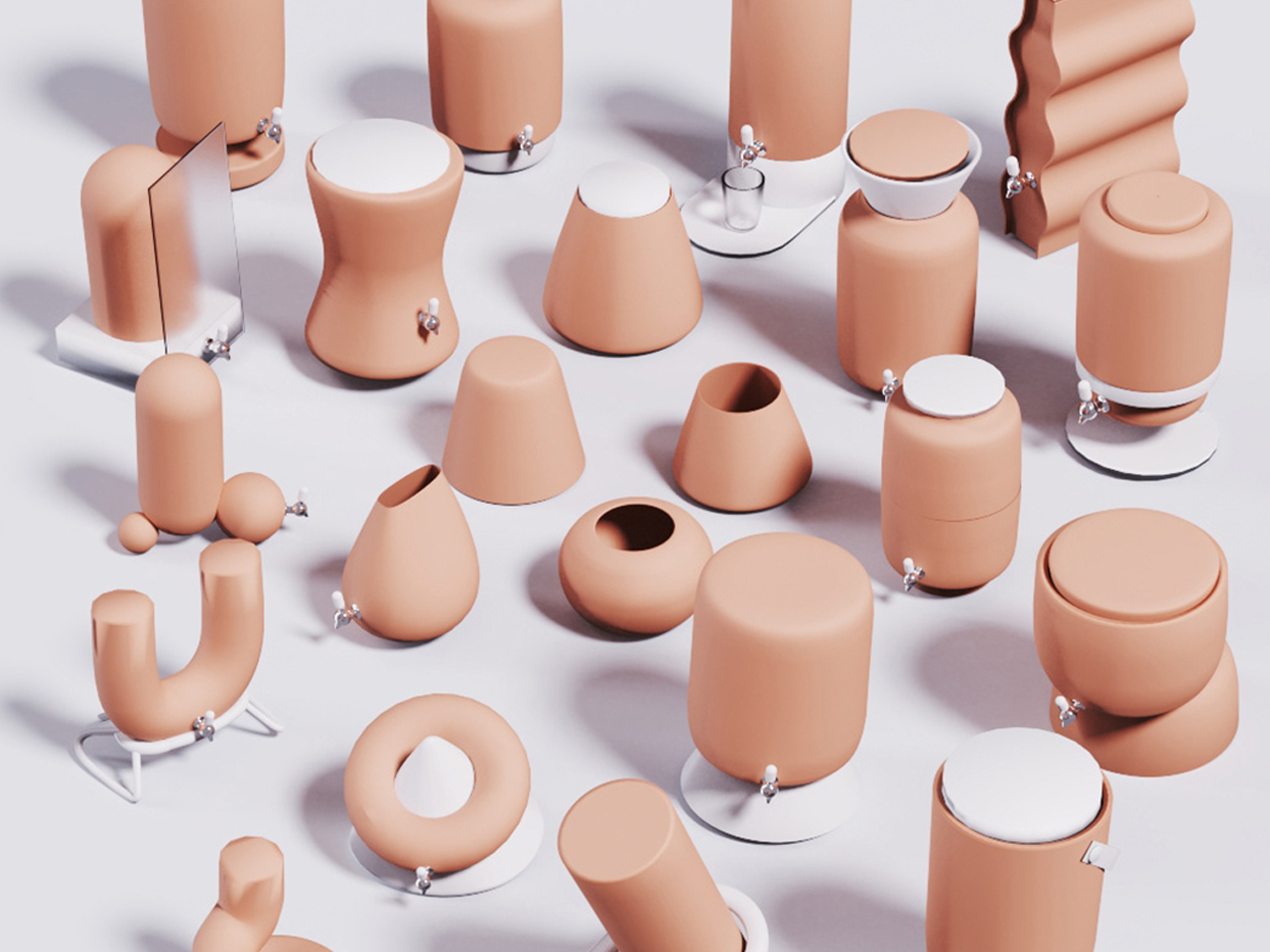
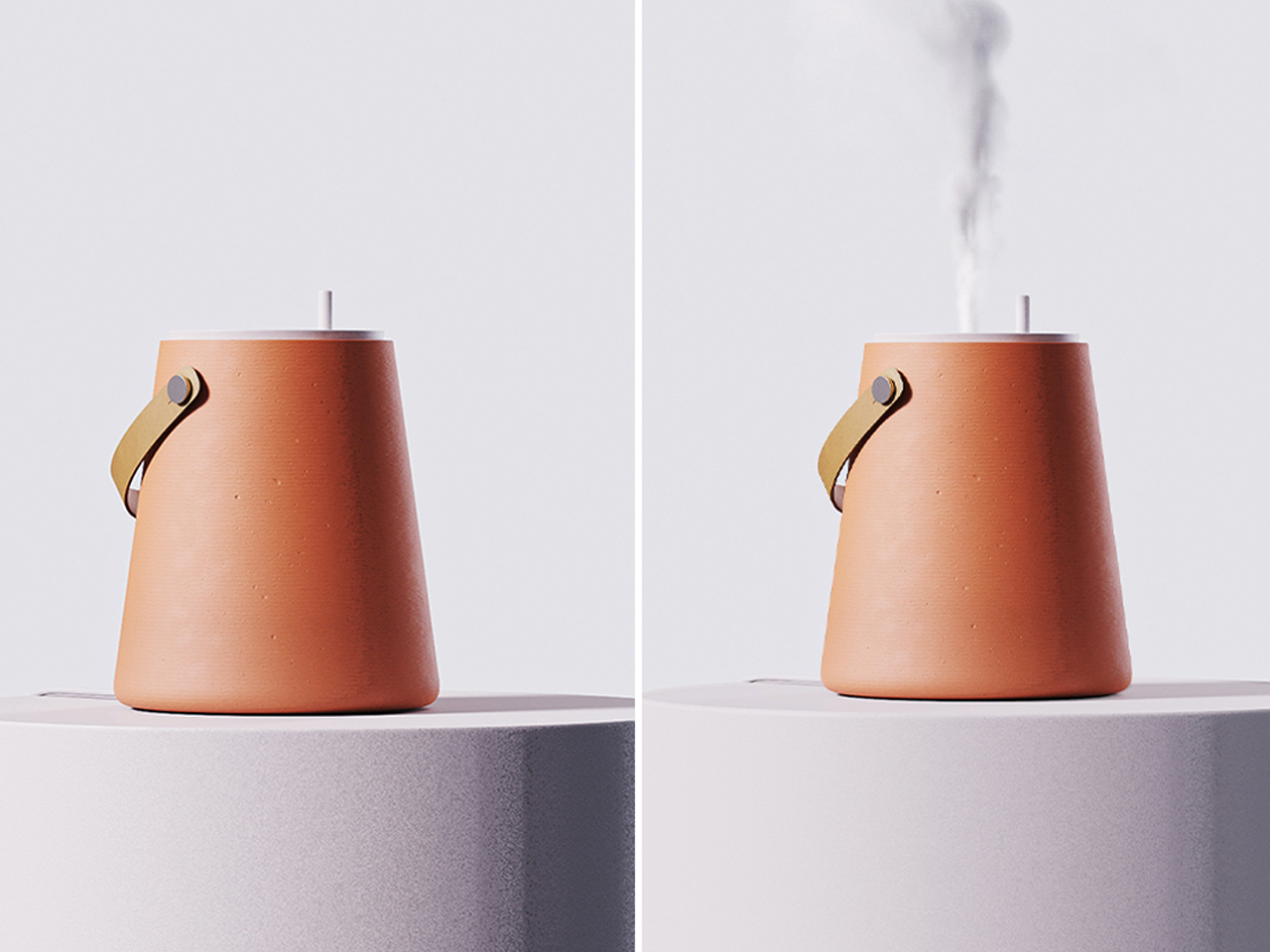
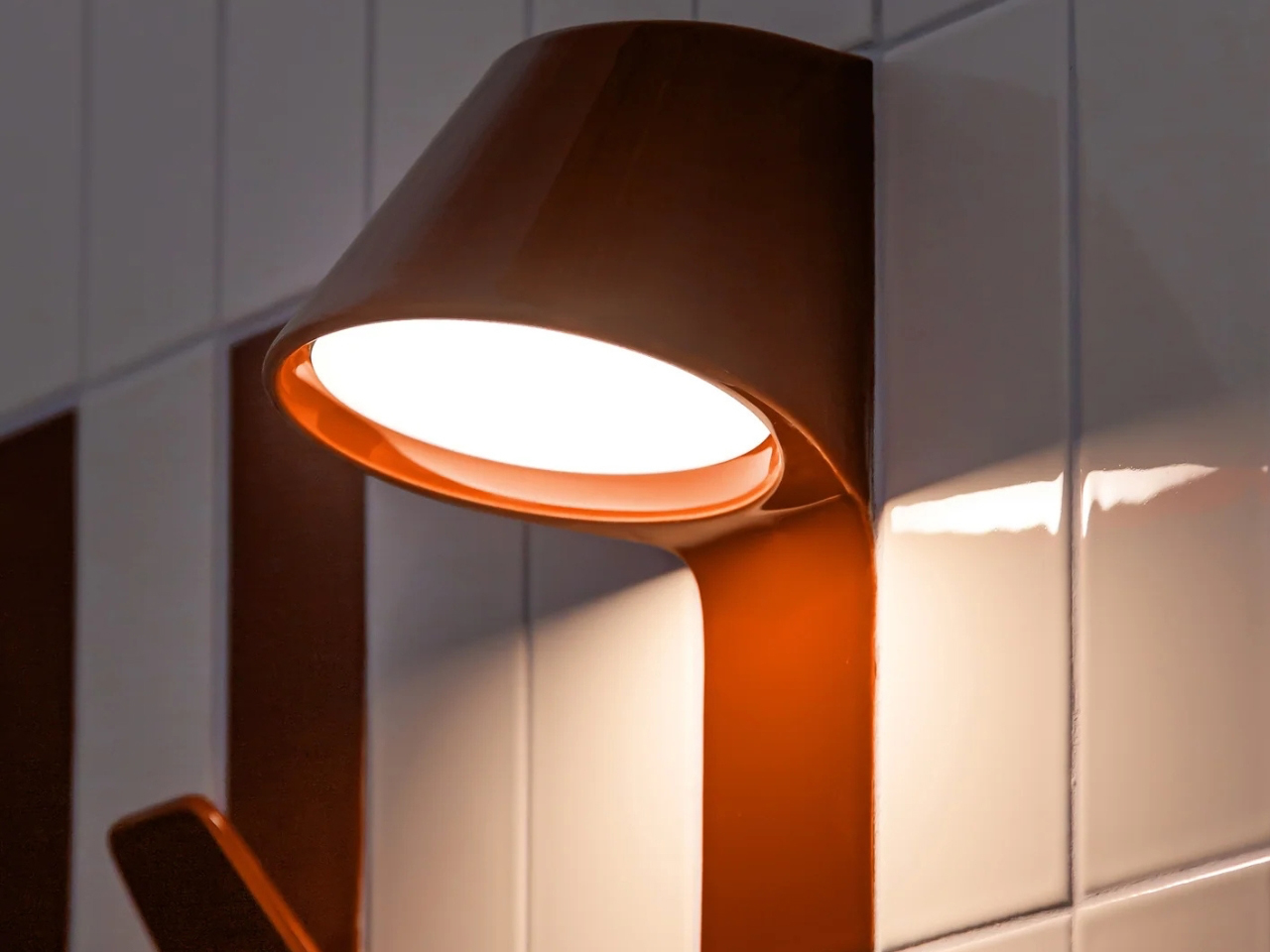
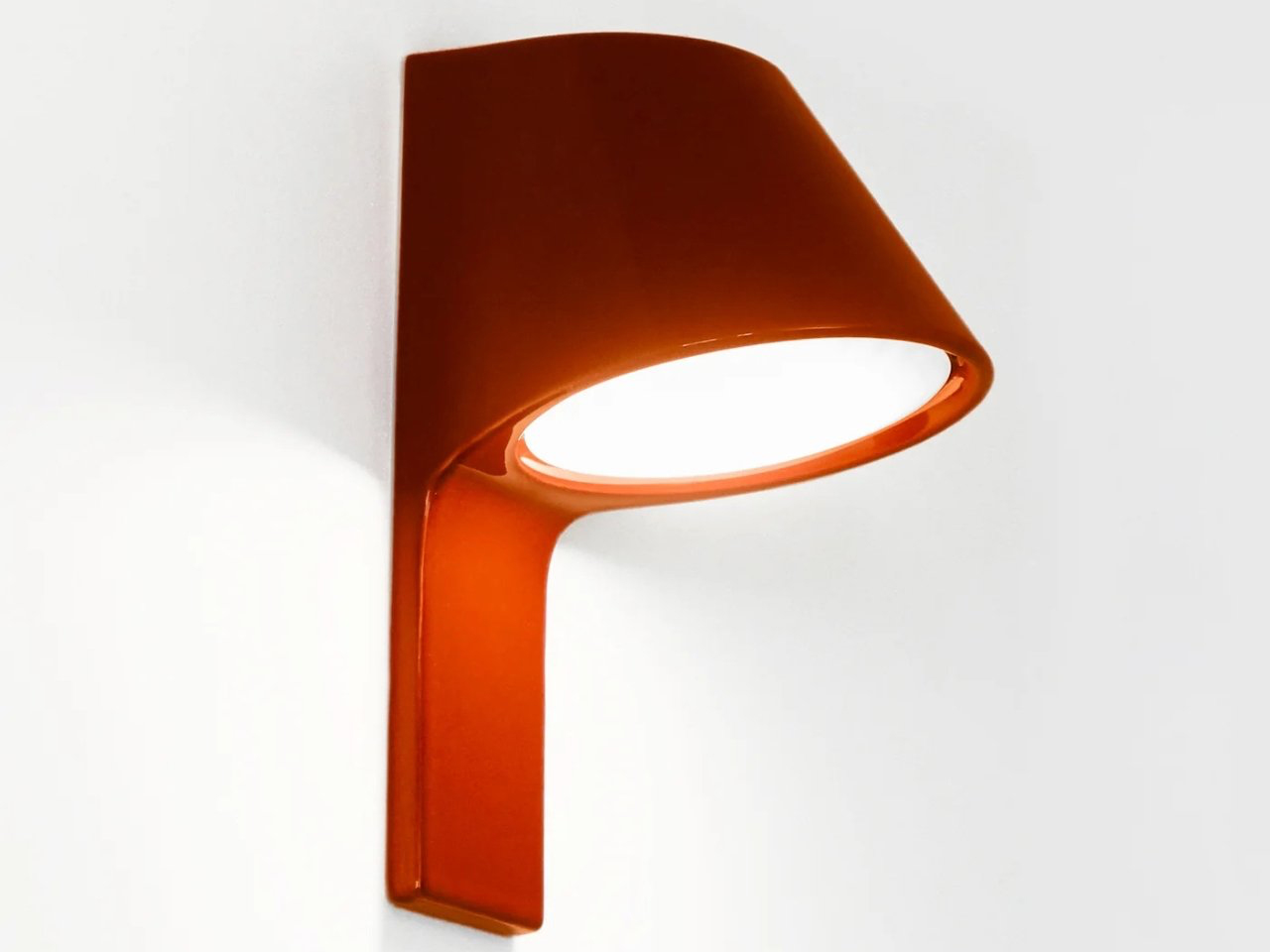
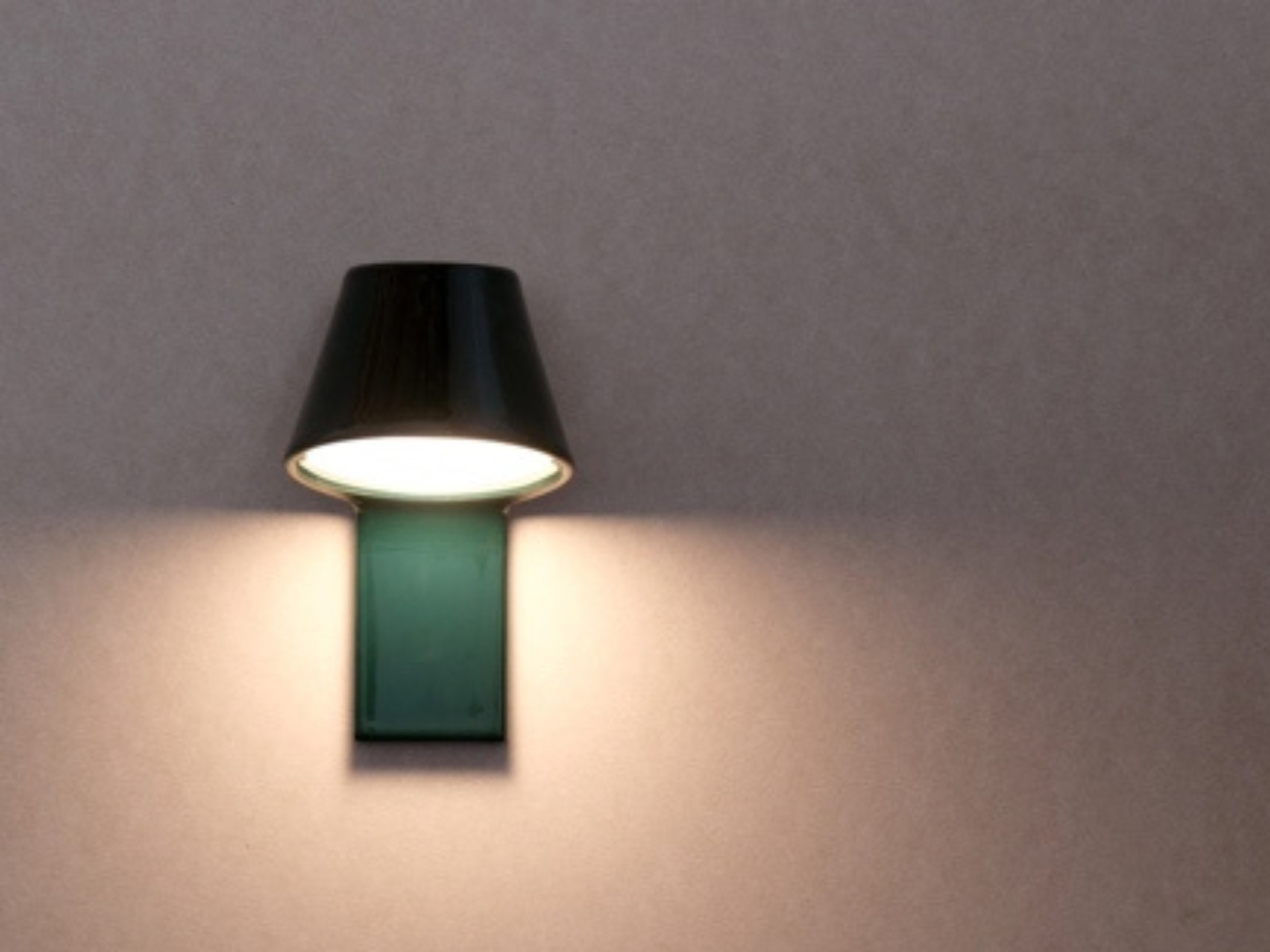
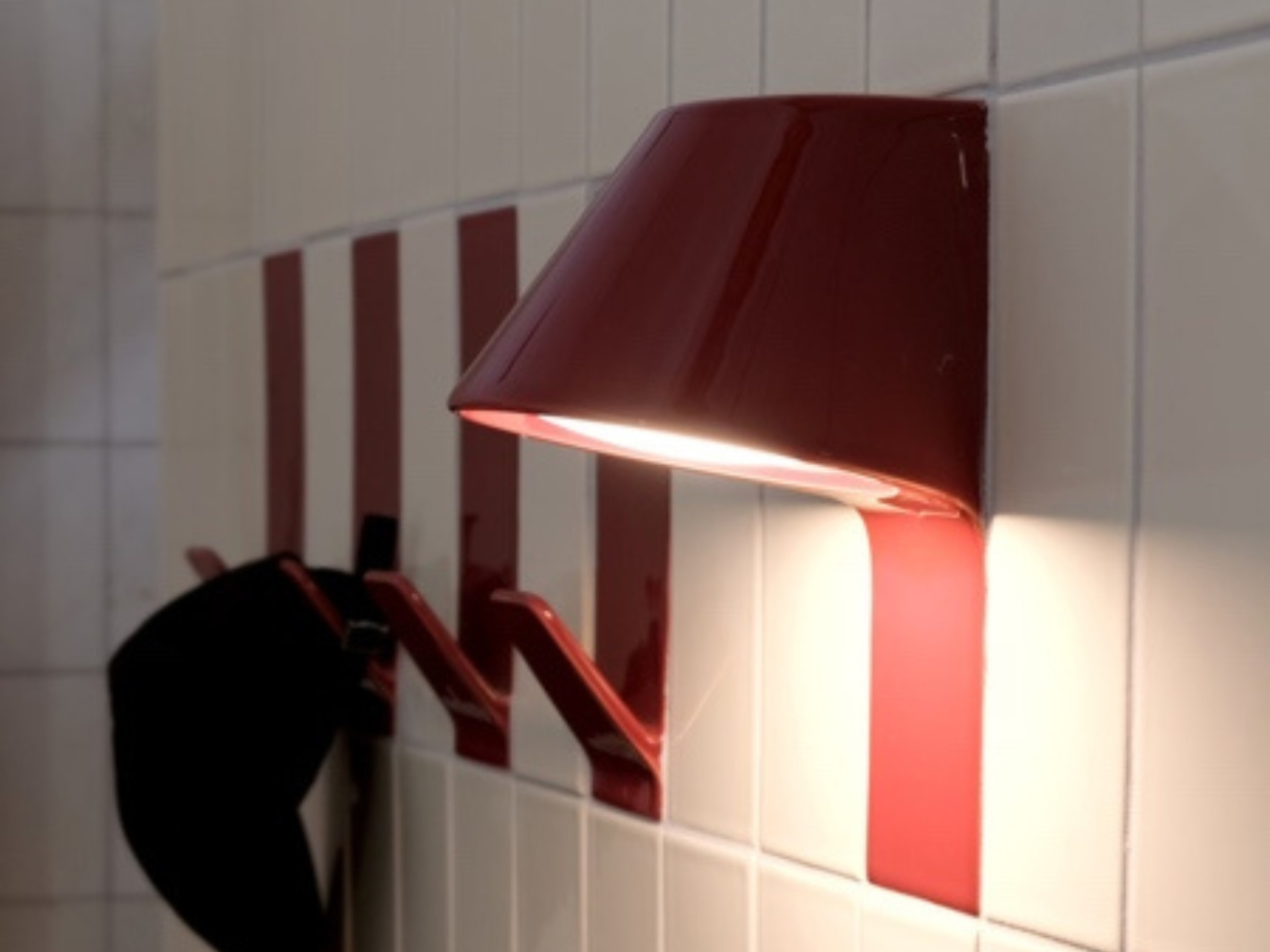
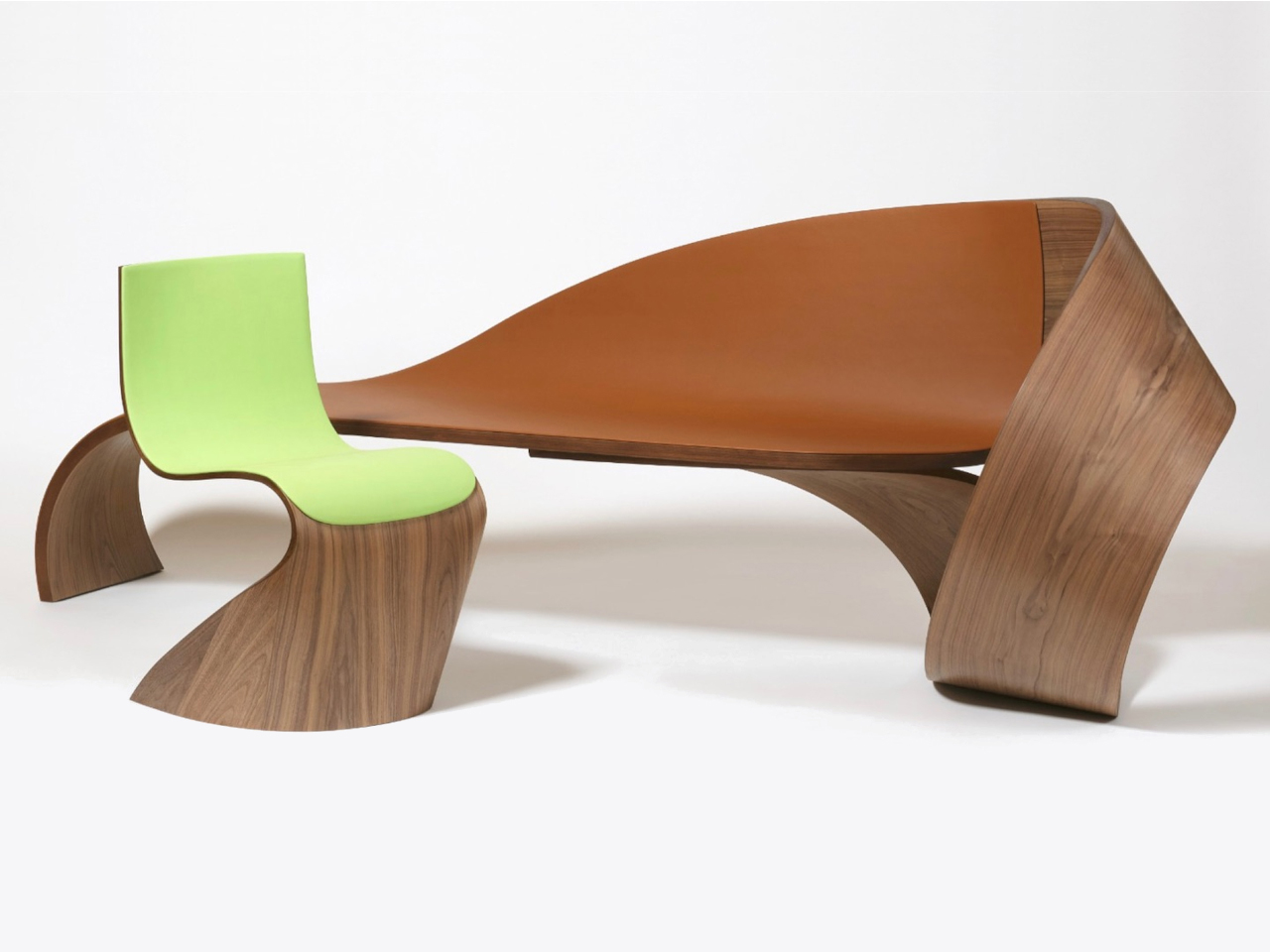
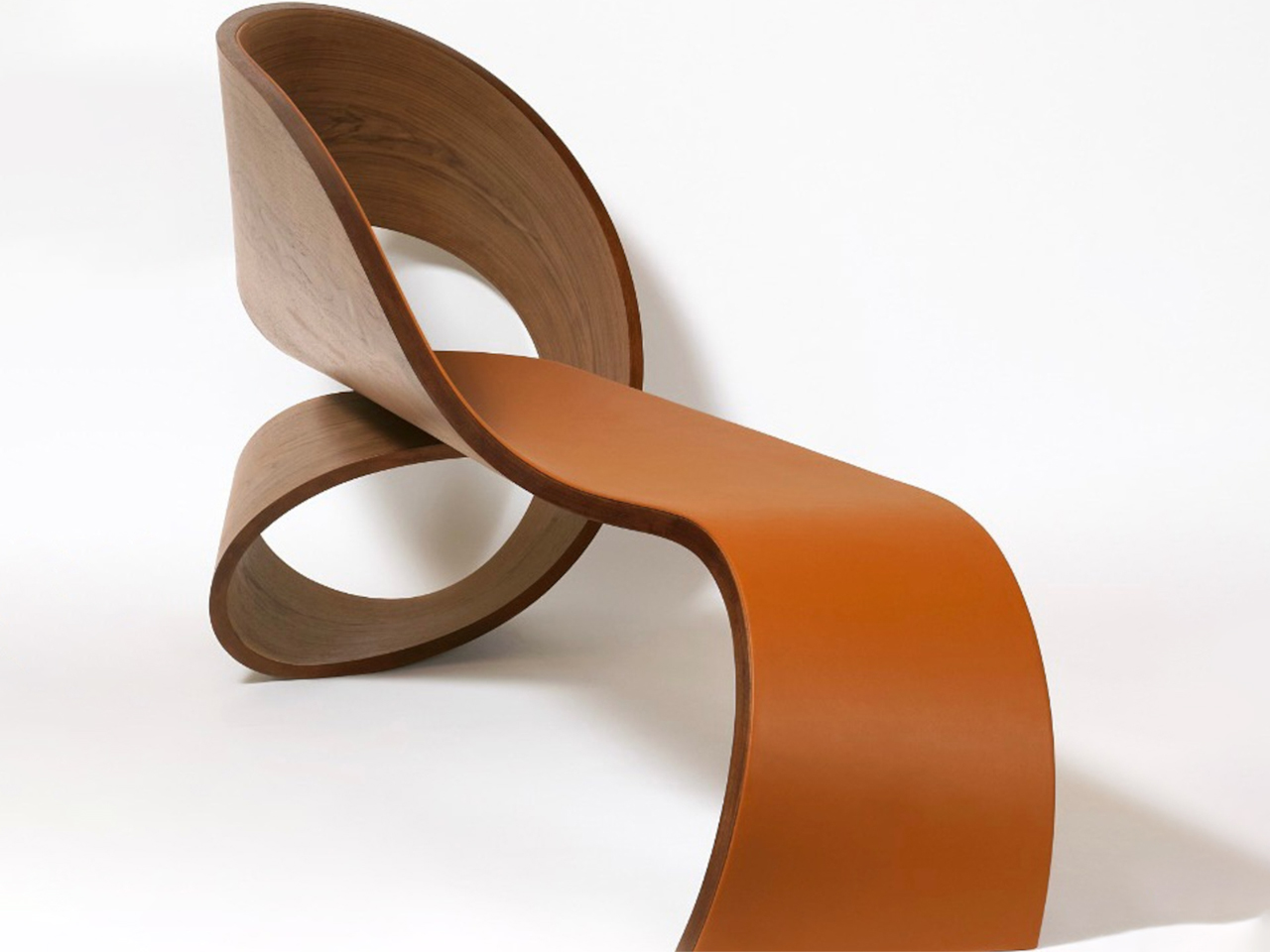
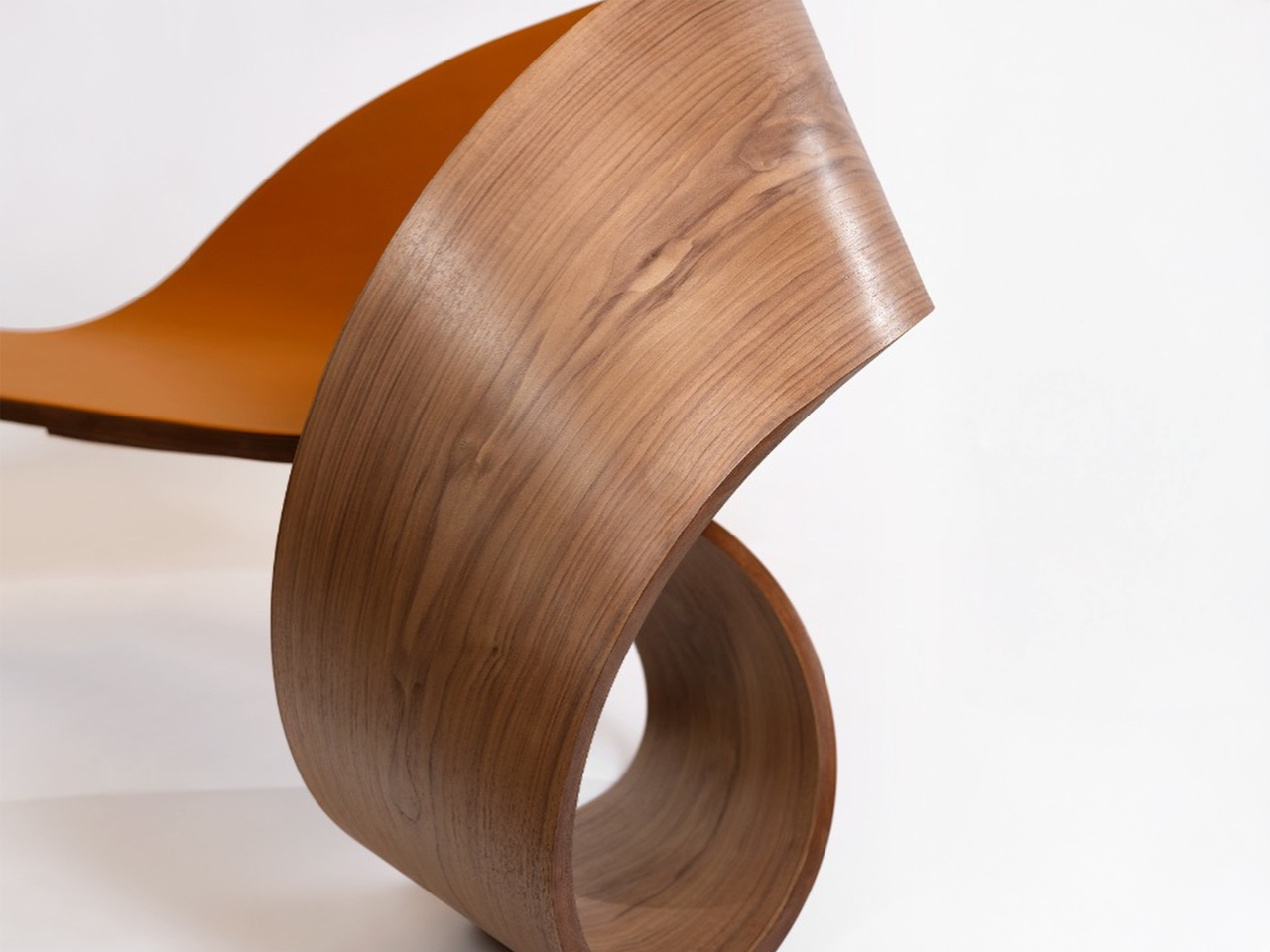
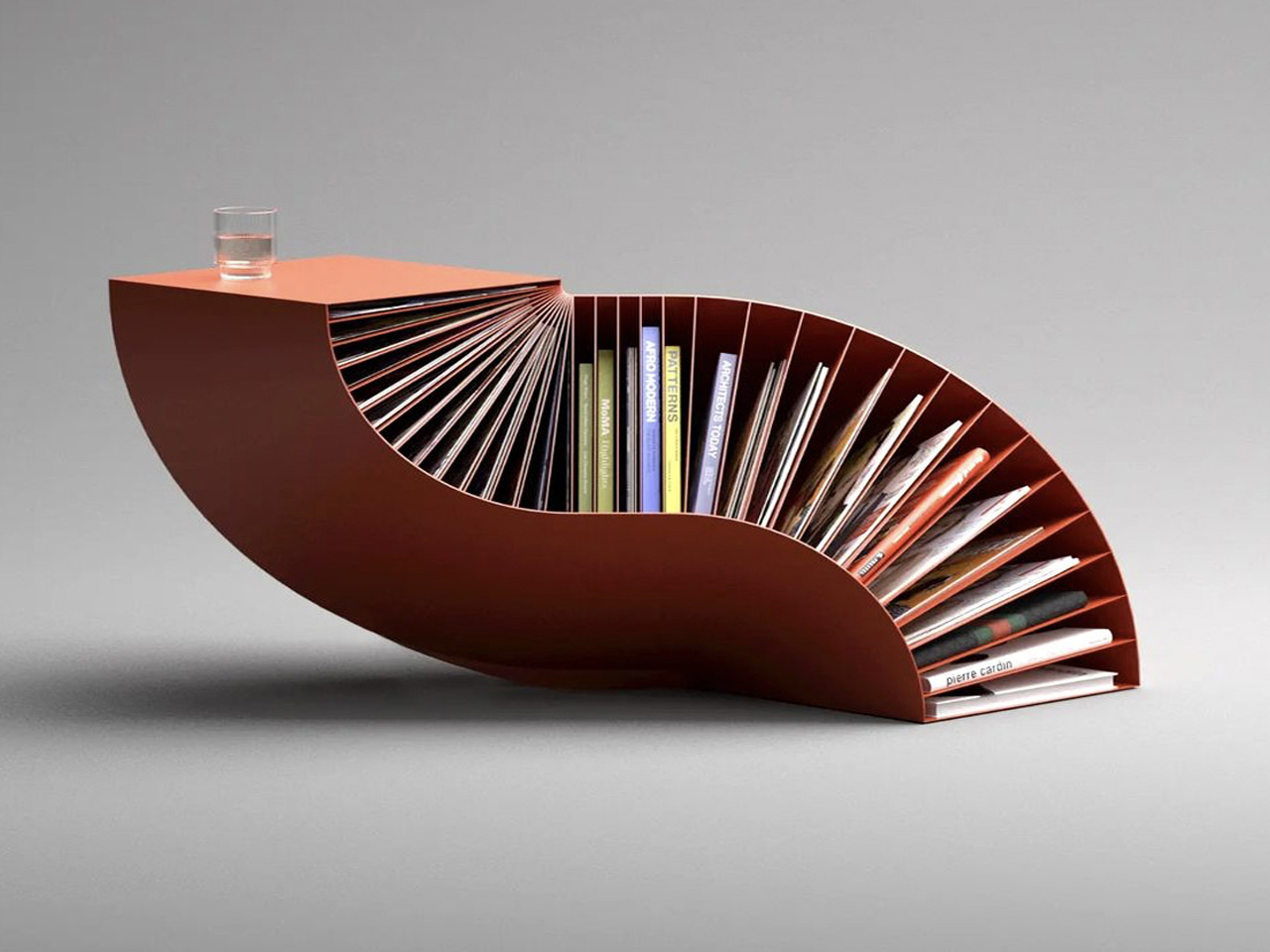
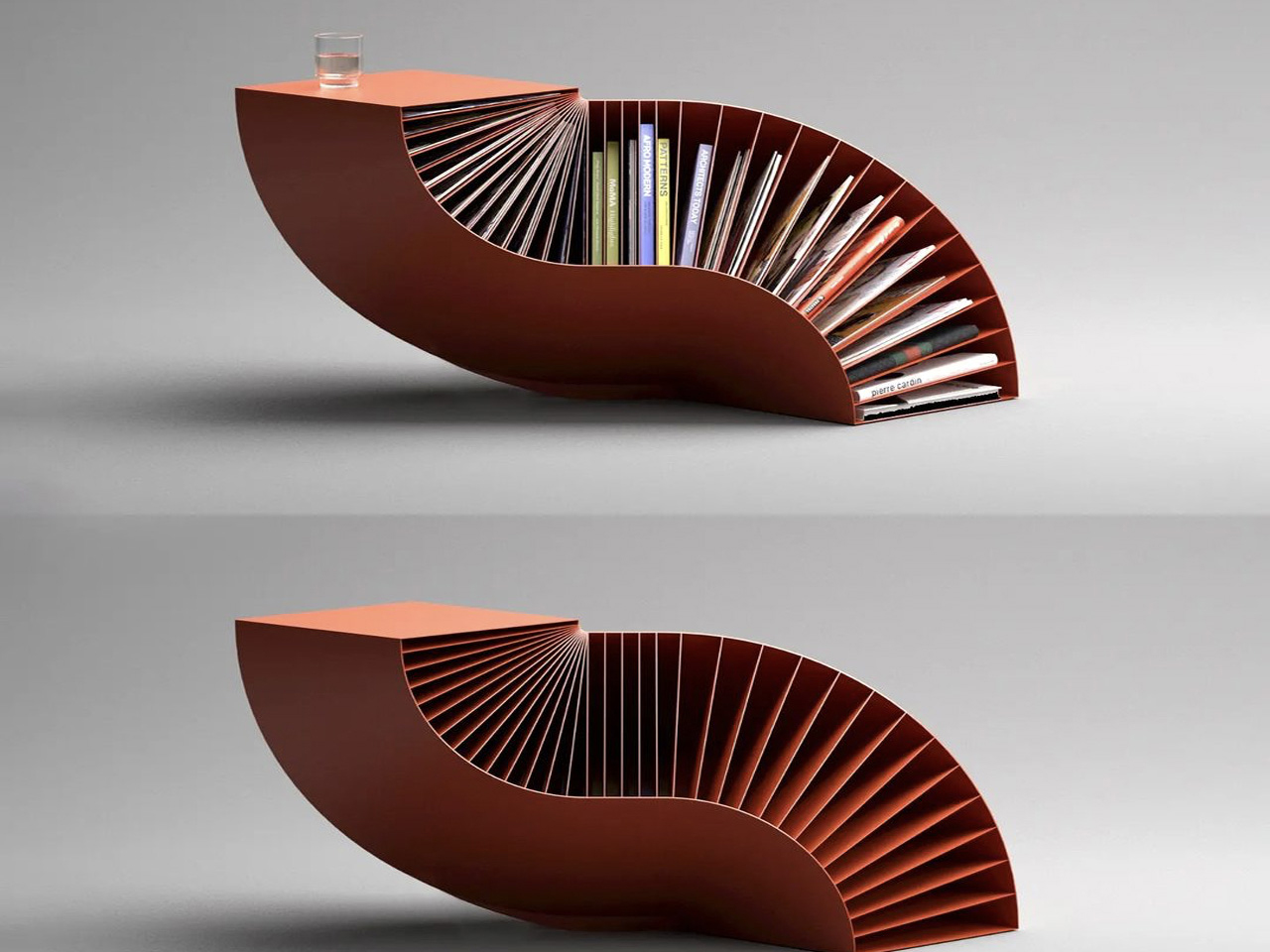
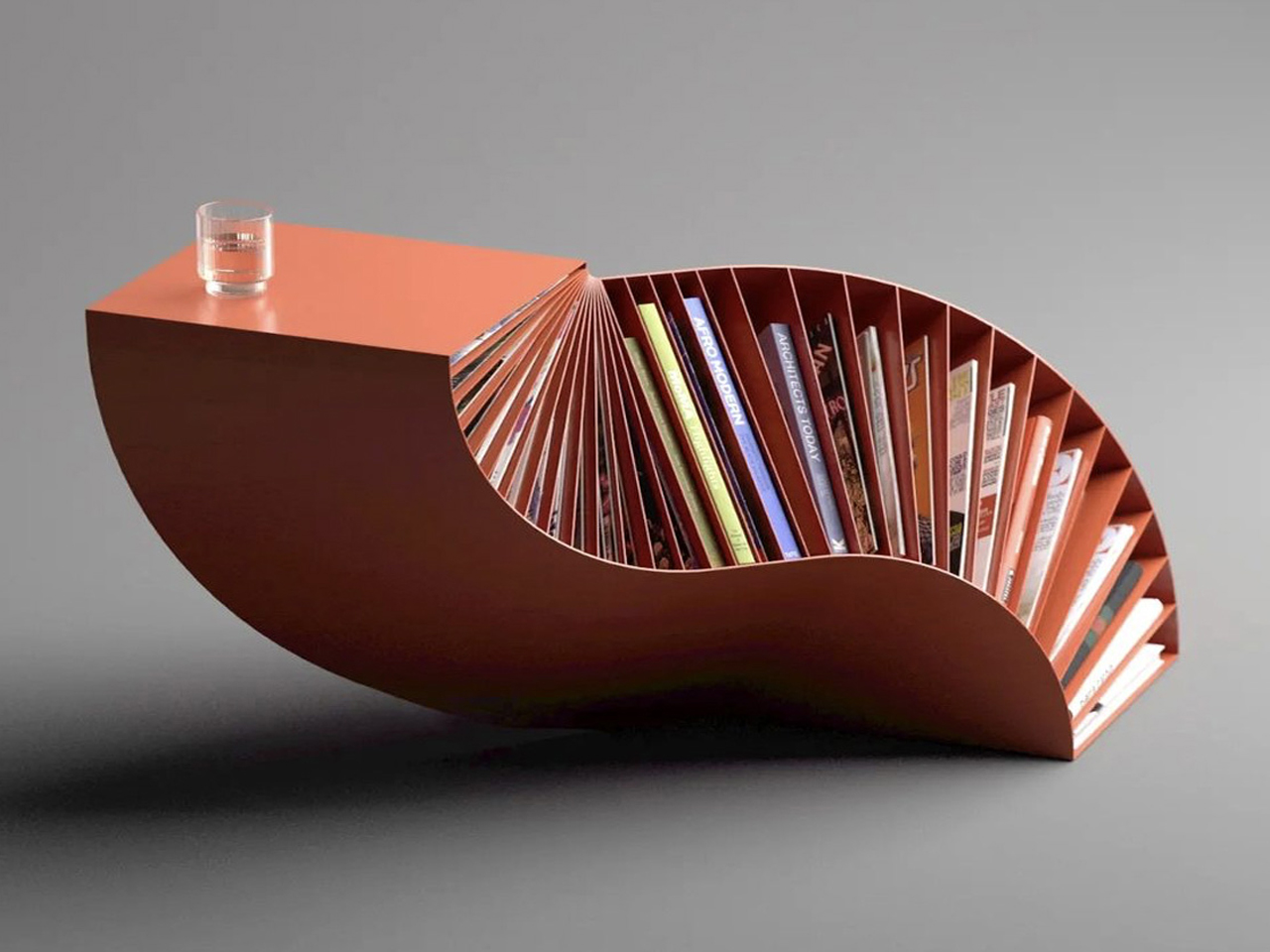
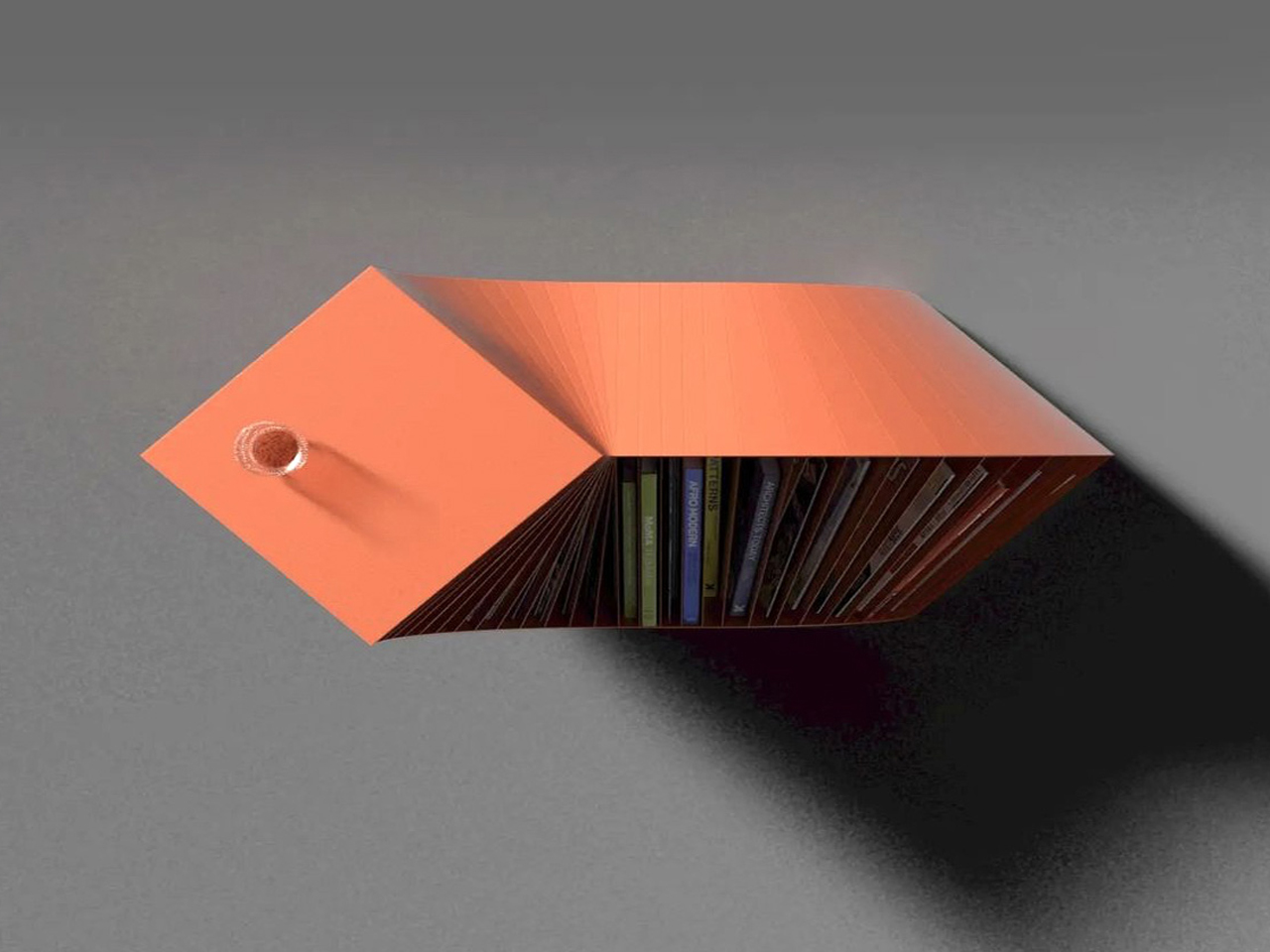
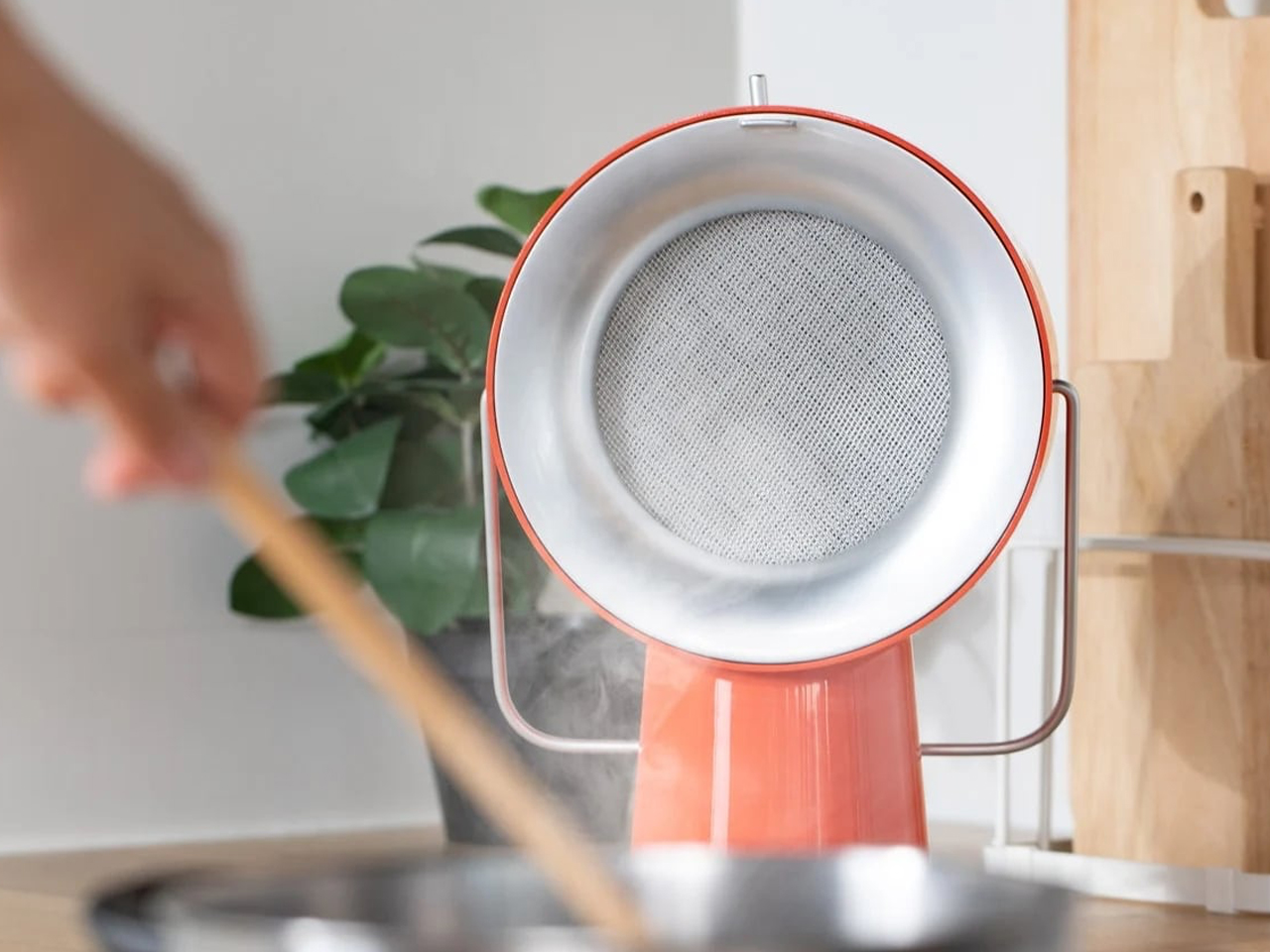
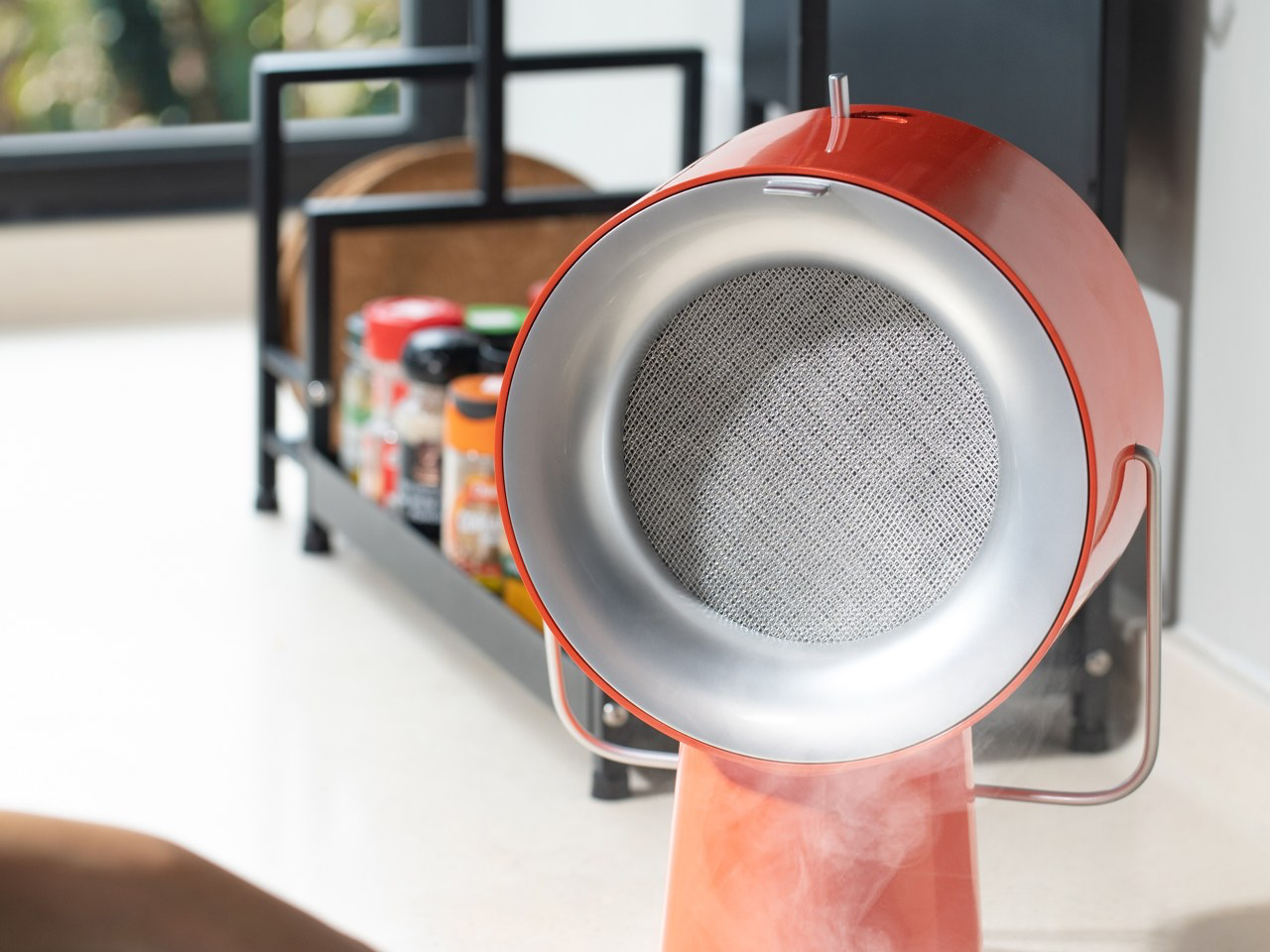
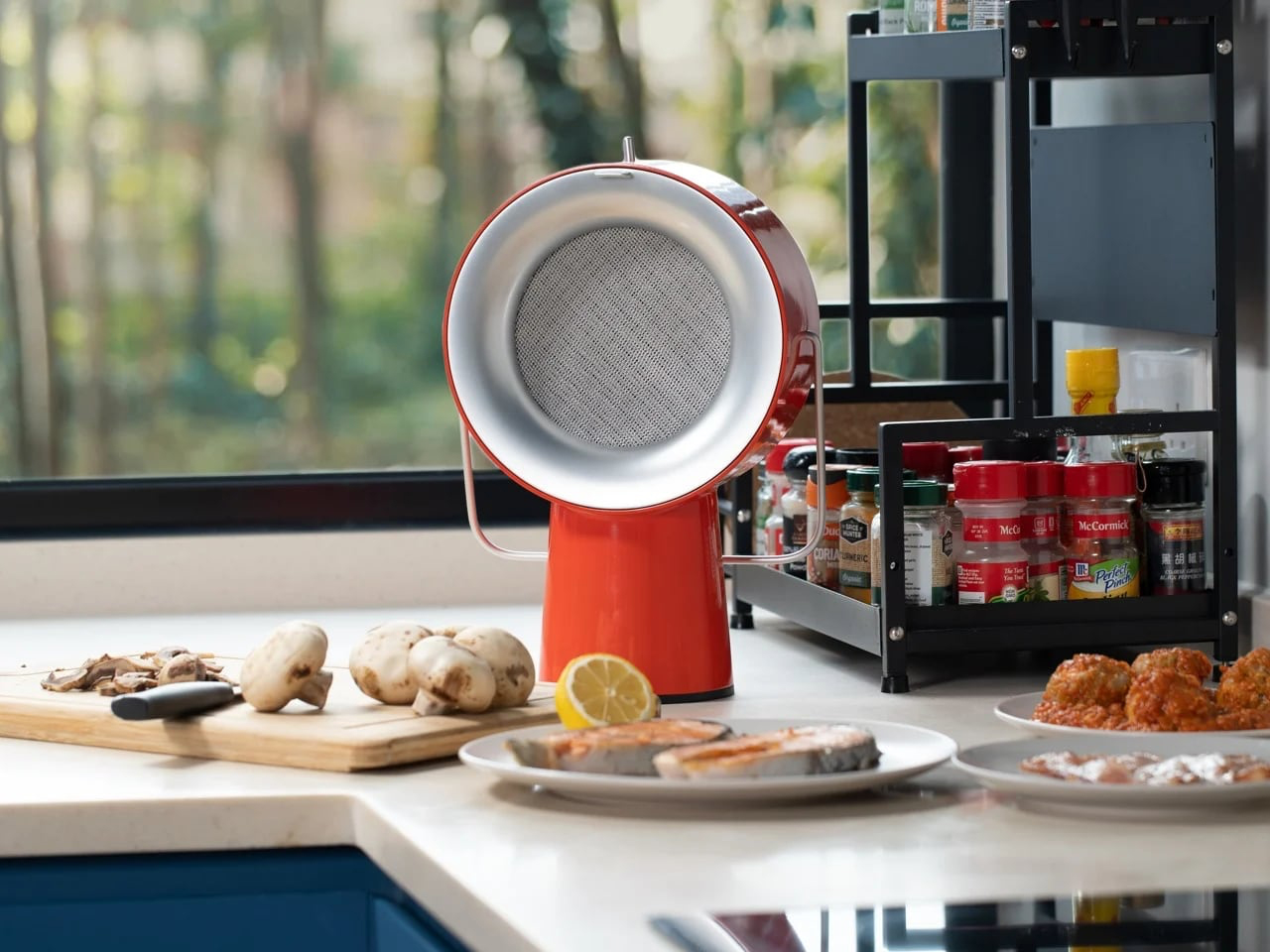
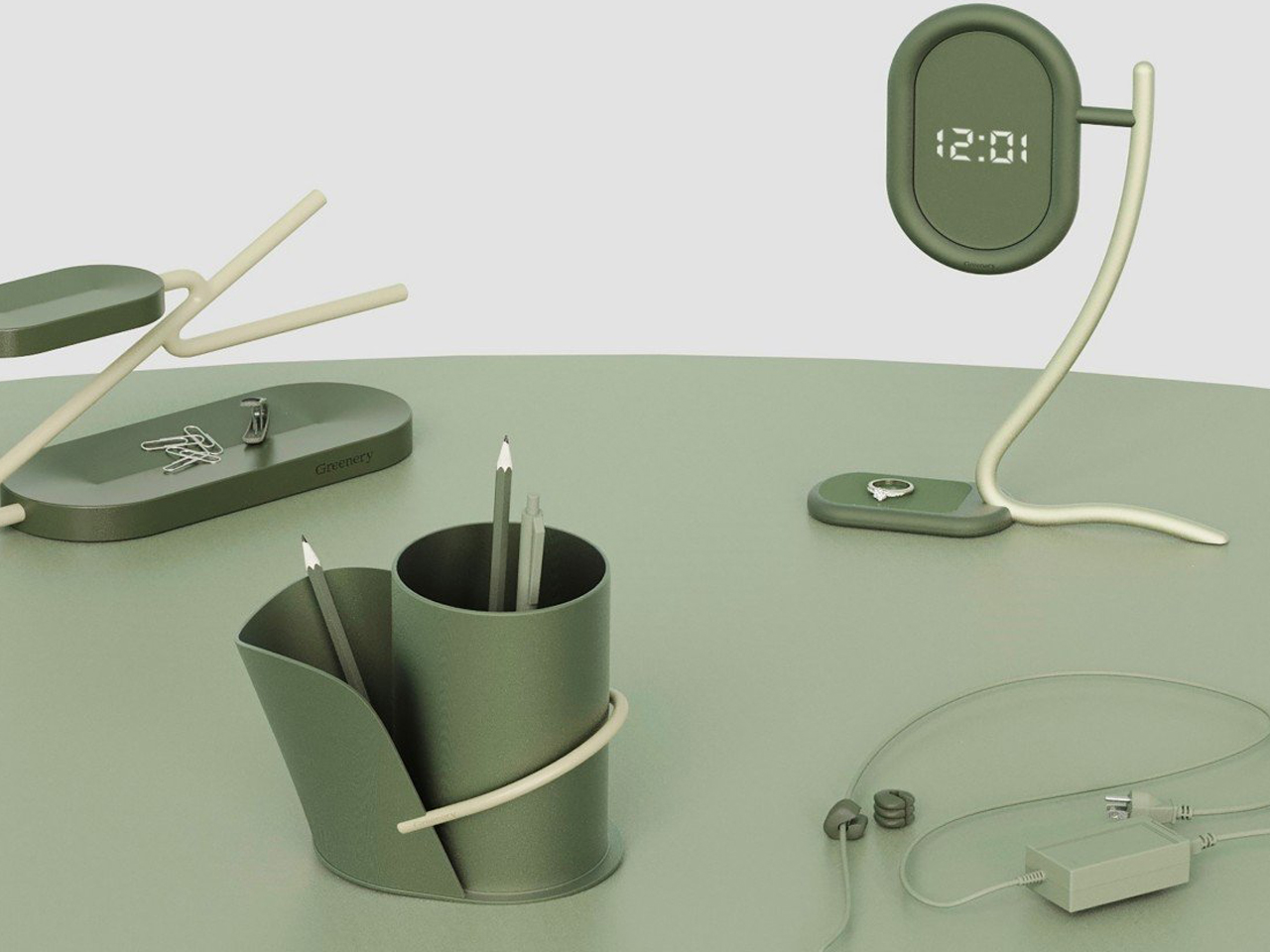
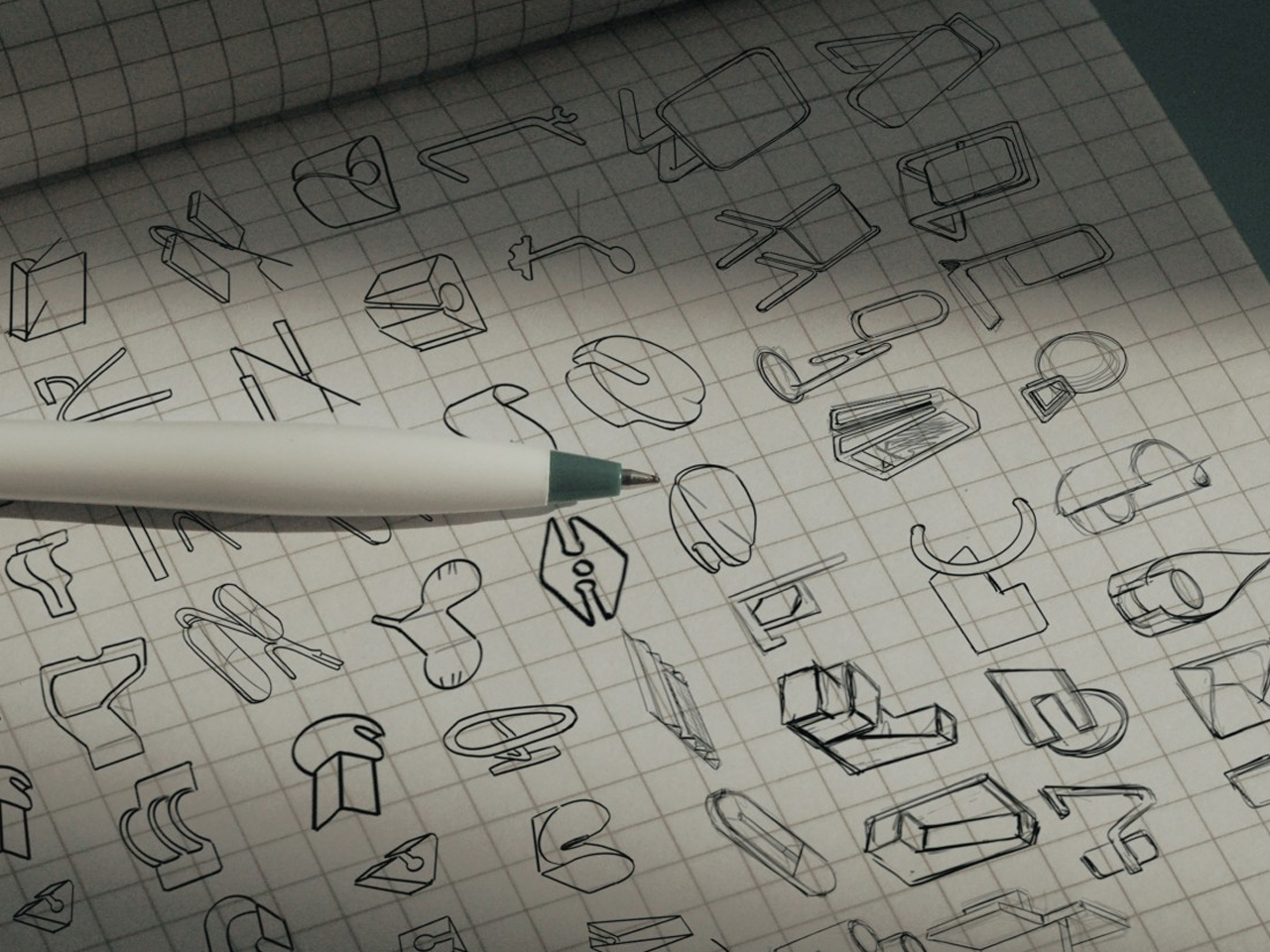
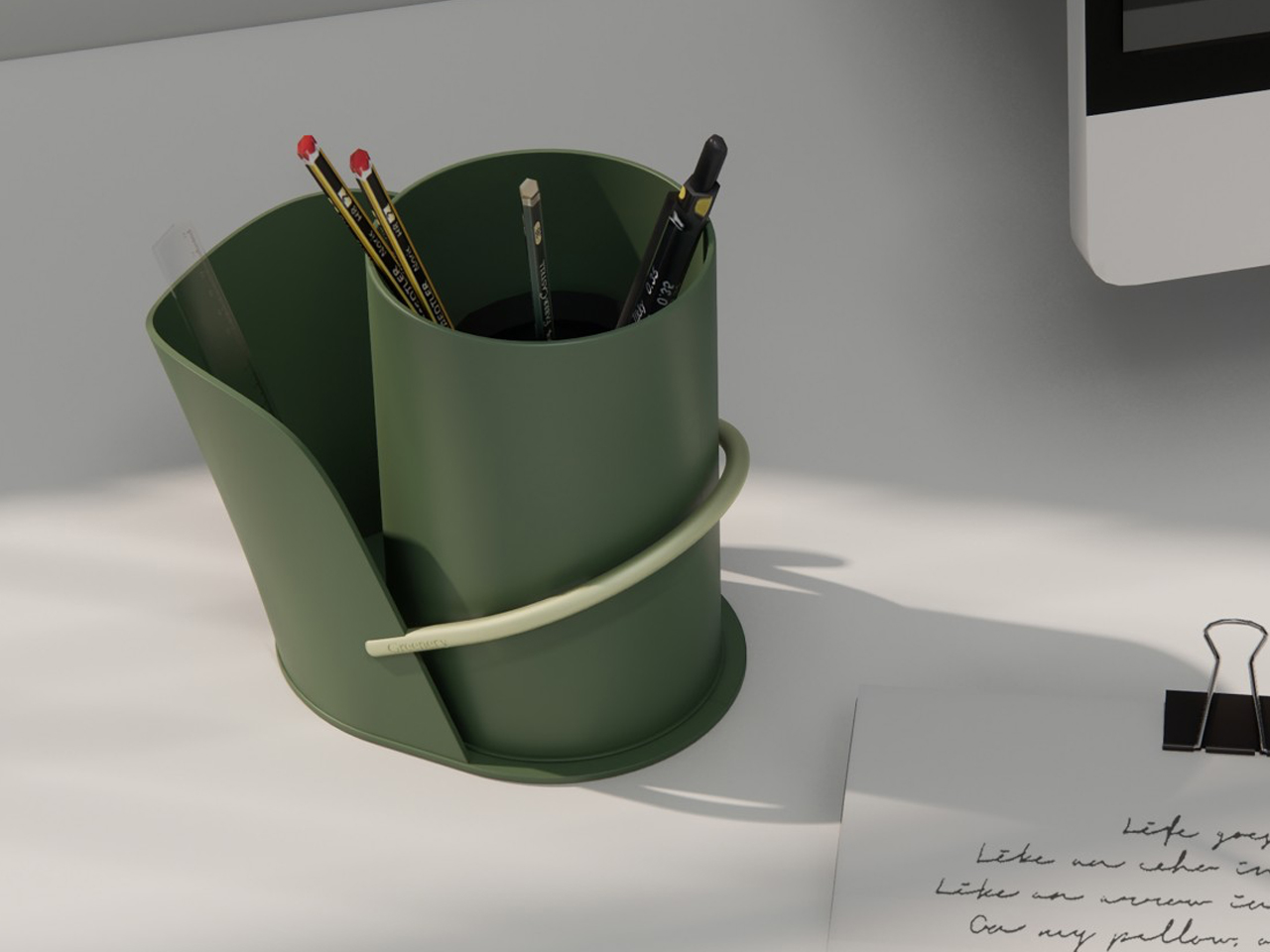



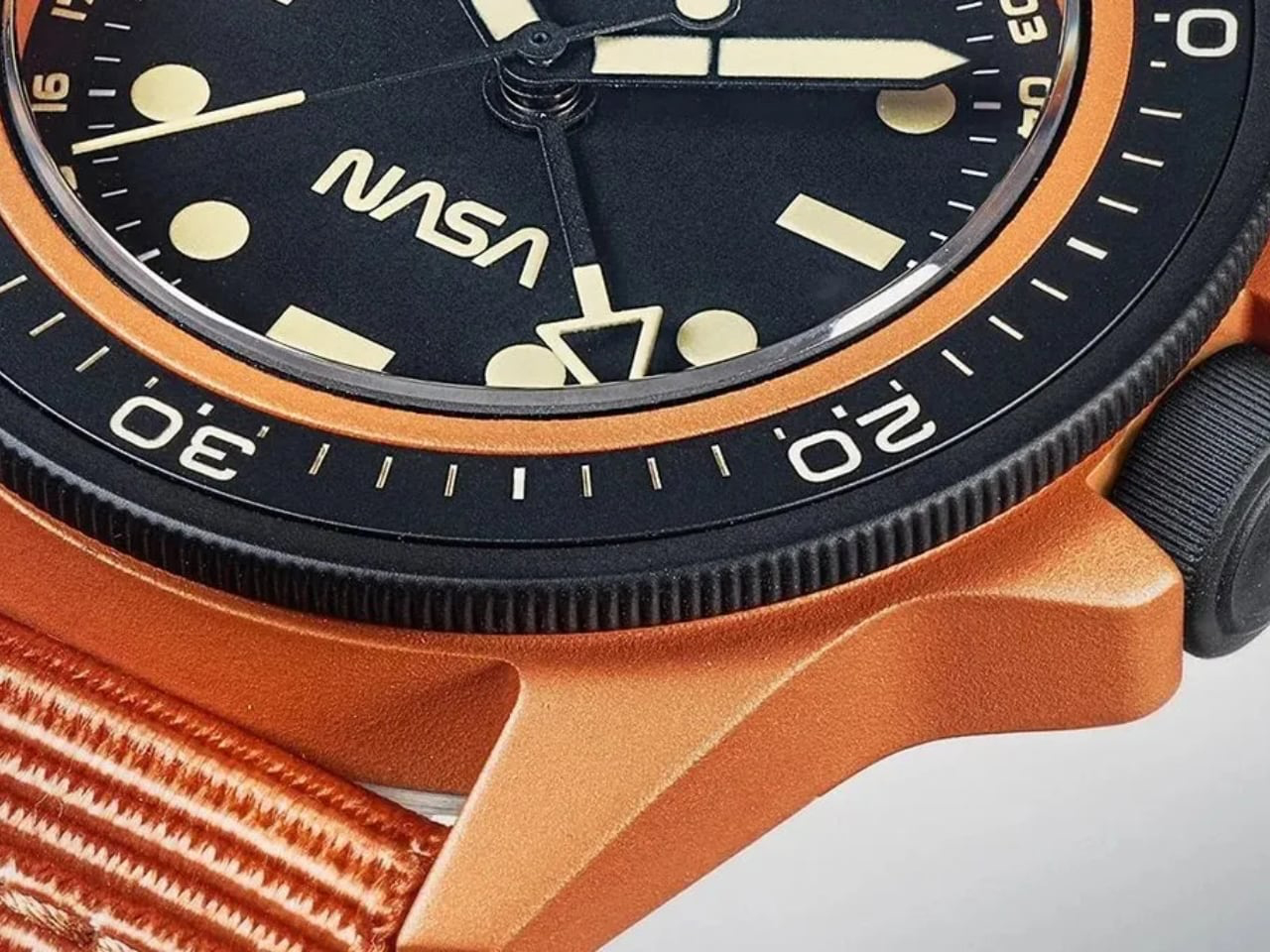
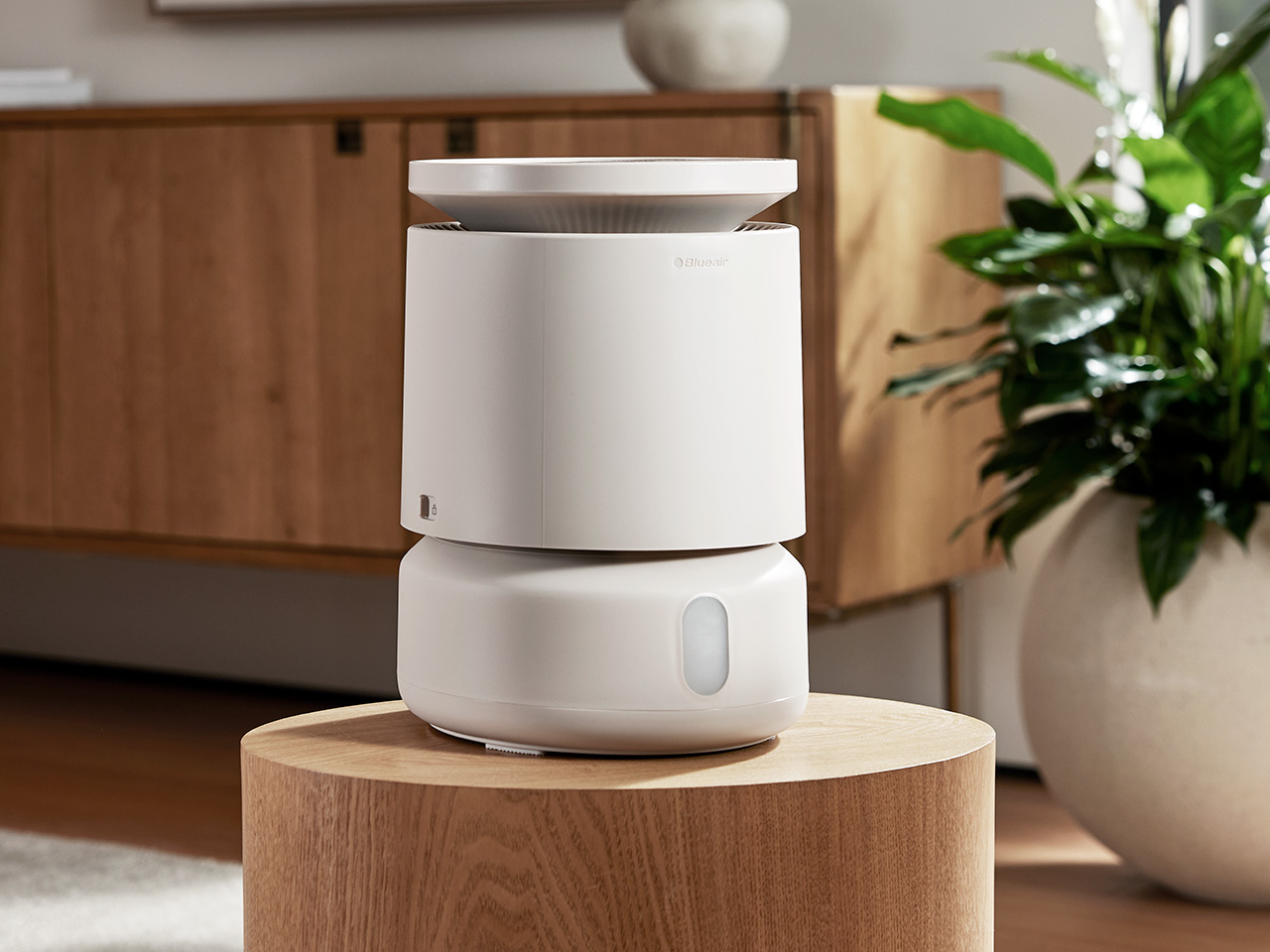
 technology. Instead of vibrating water into a visible aerosol, it uses a fan to draw dry air through a saturated wick filter, releasing clean, humidified air that is entirely invisible and free of mineral deposits.
technology. Instead of vibrating water into a visible aerosol, it uses a fan to draw dry air through a saturated wick filter, releasing clean, humidified air that is entirely invisible and free of mineral deposits.